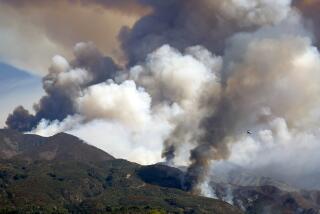Northern California counties exit fire season; SoCal gets no relief
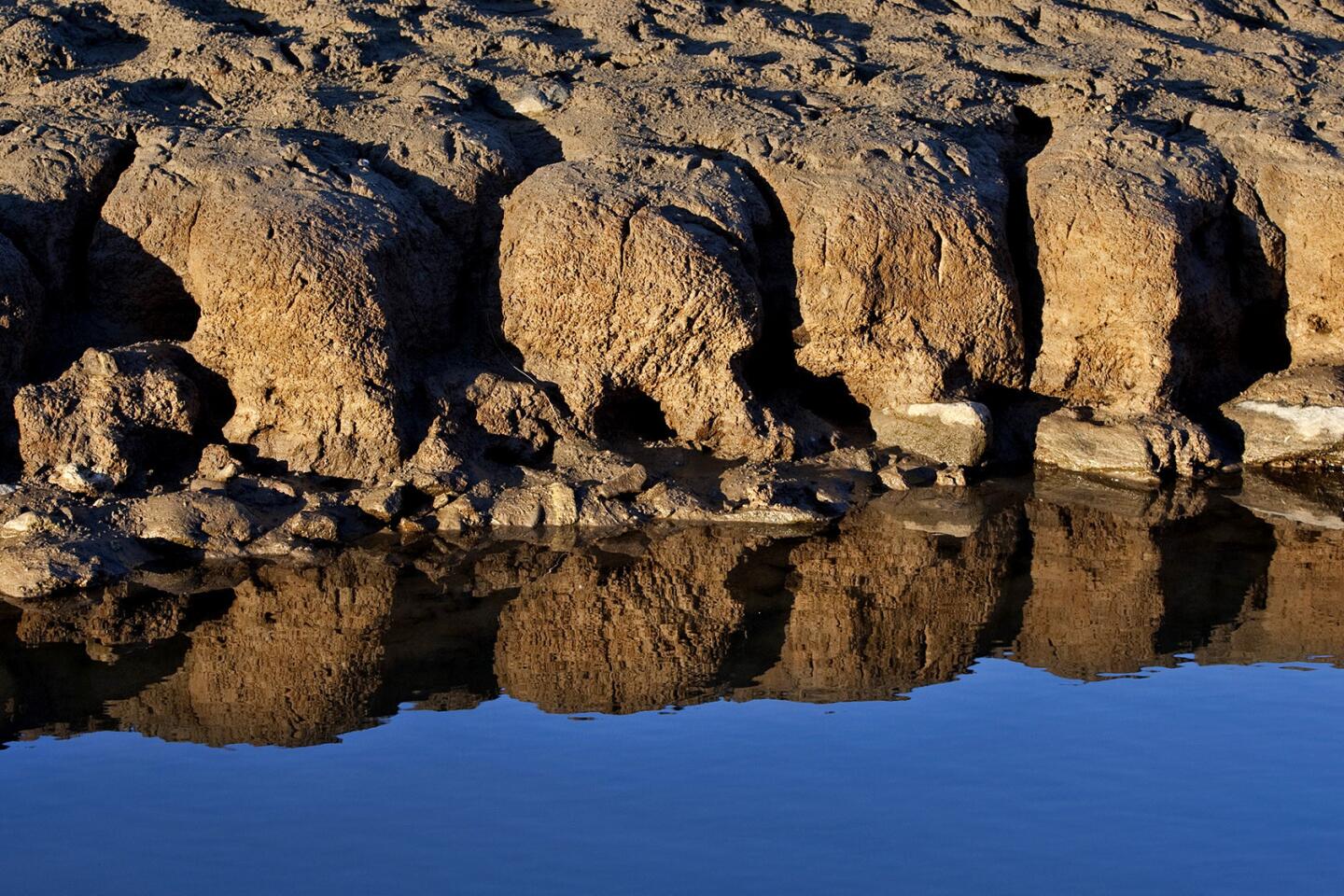
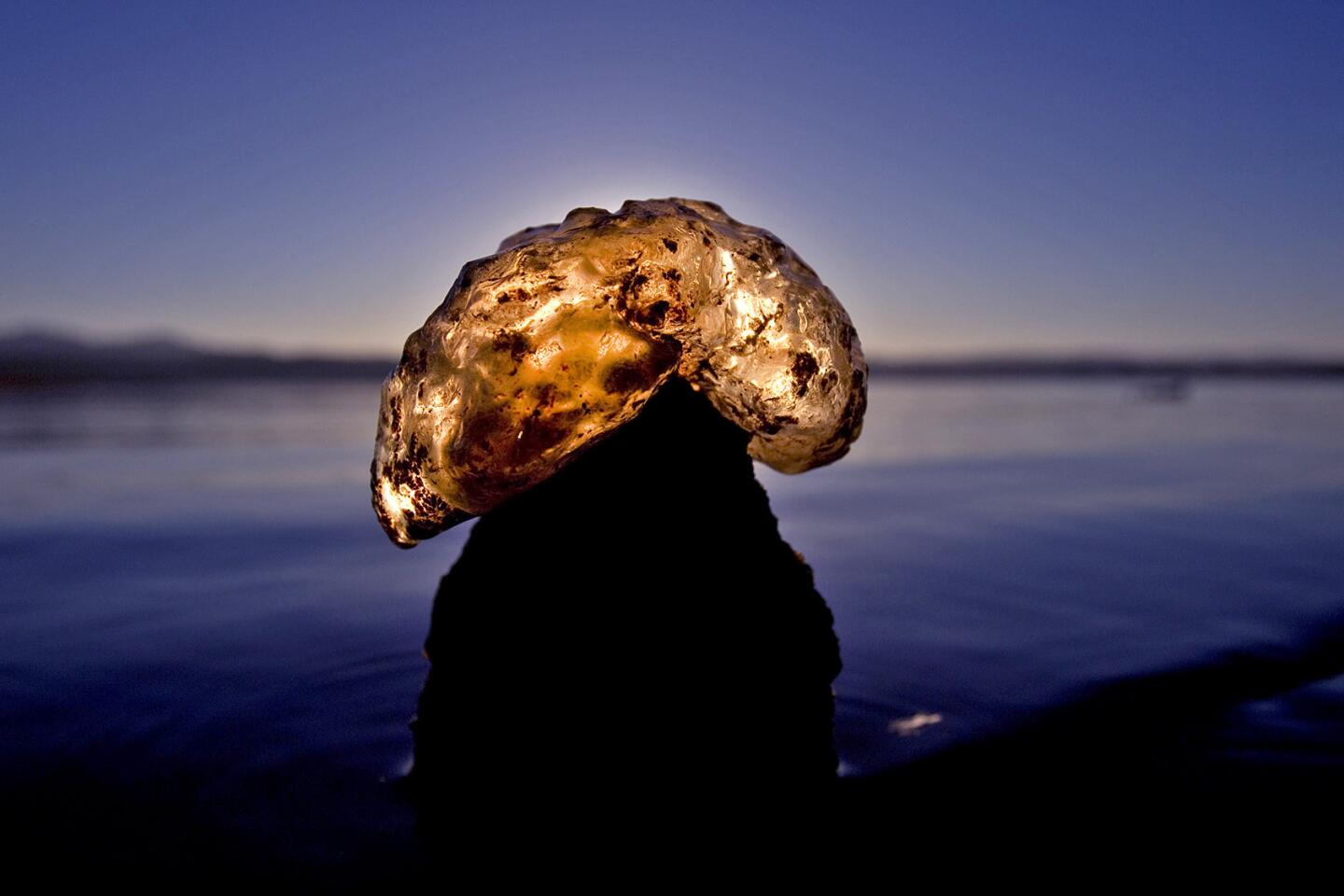
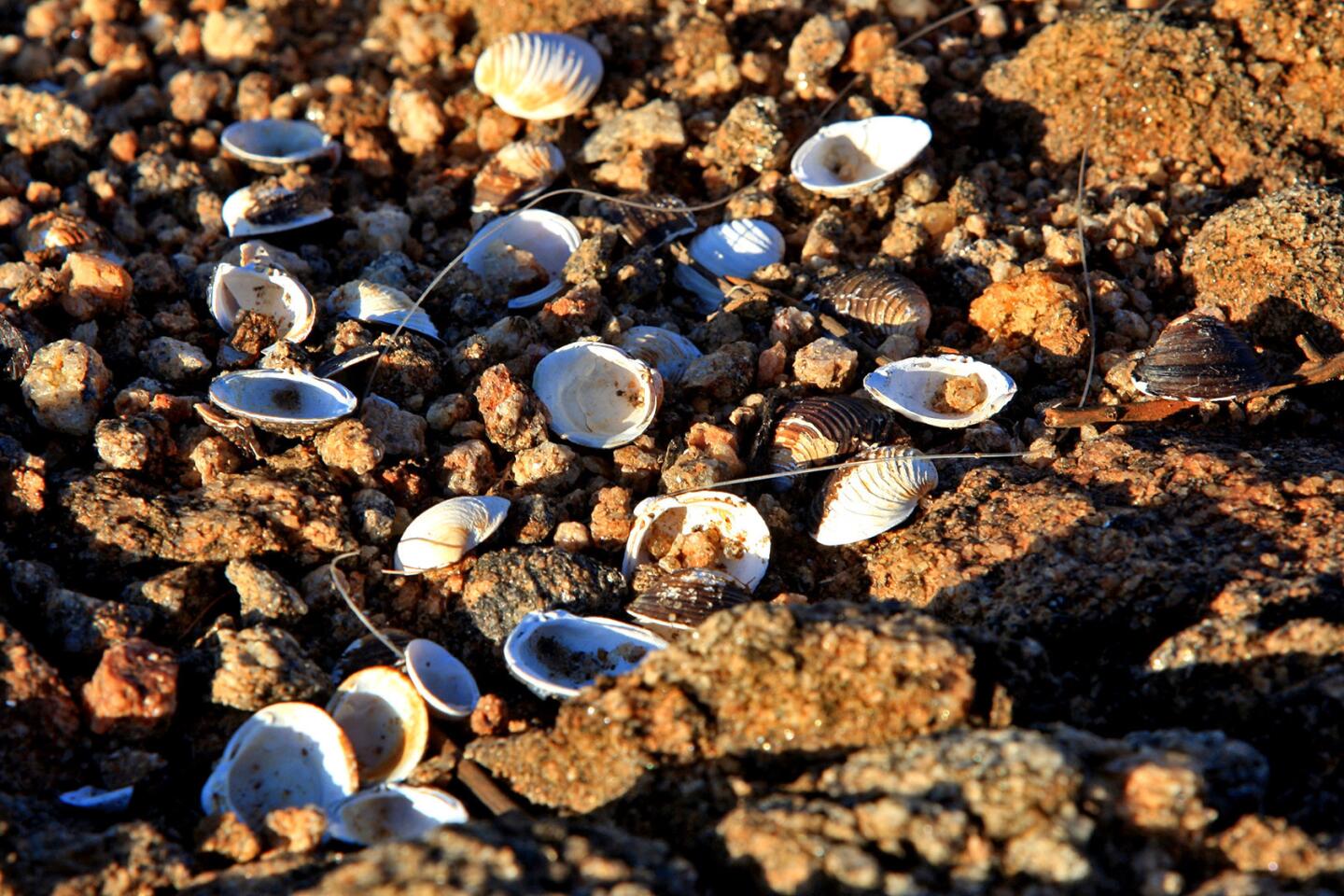
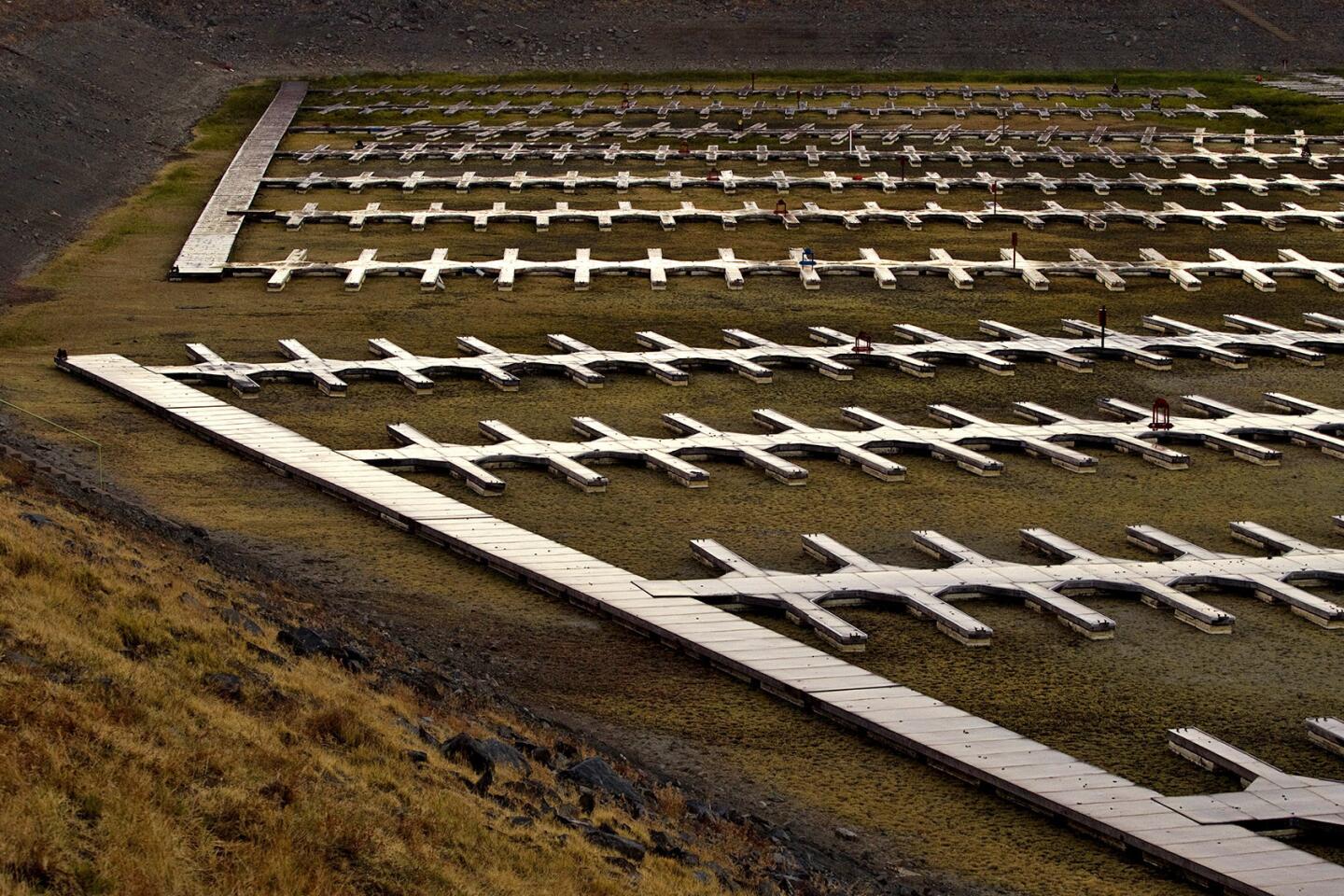
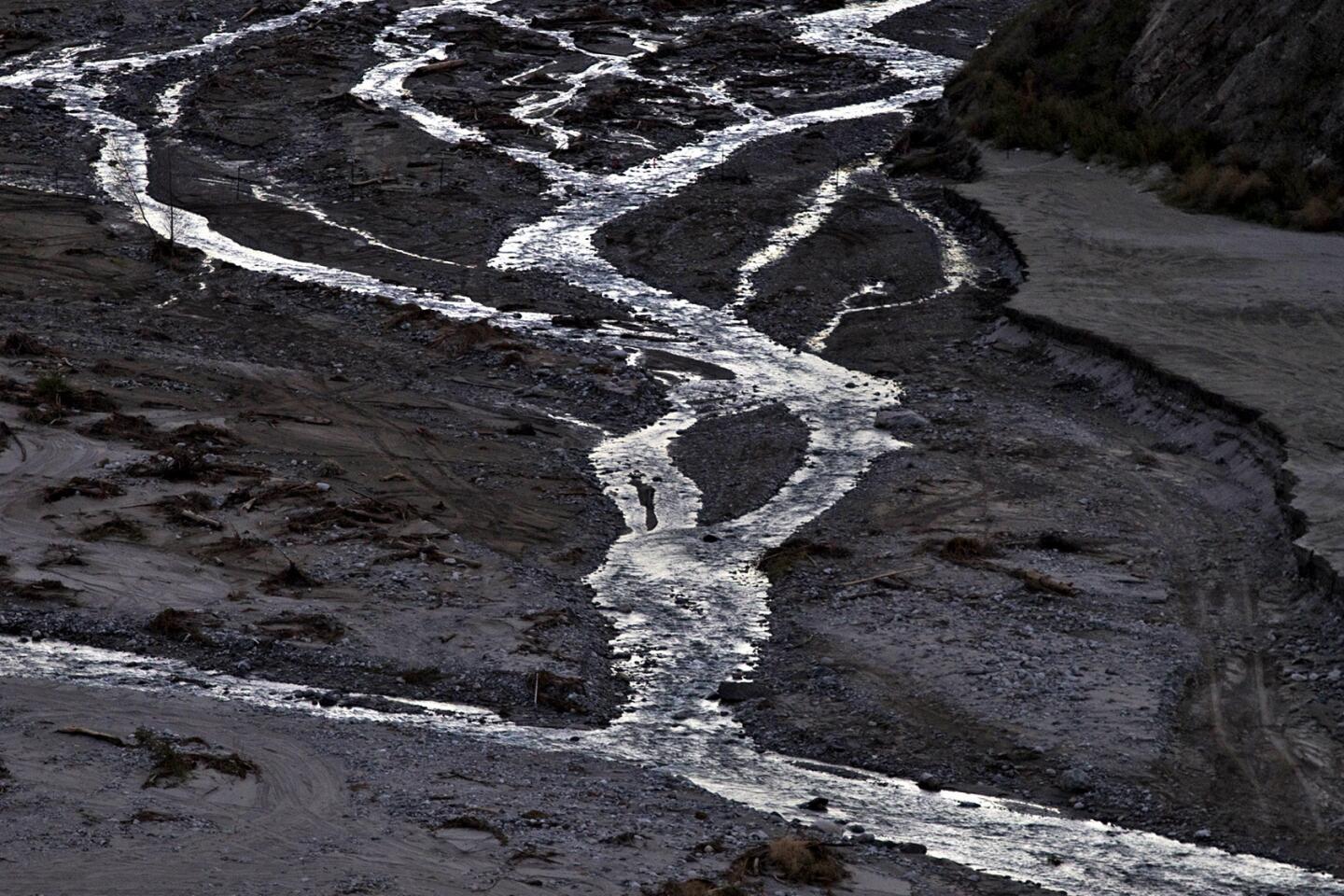
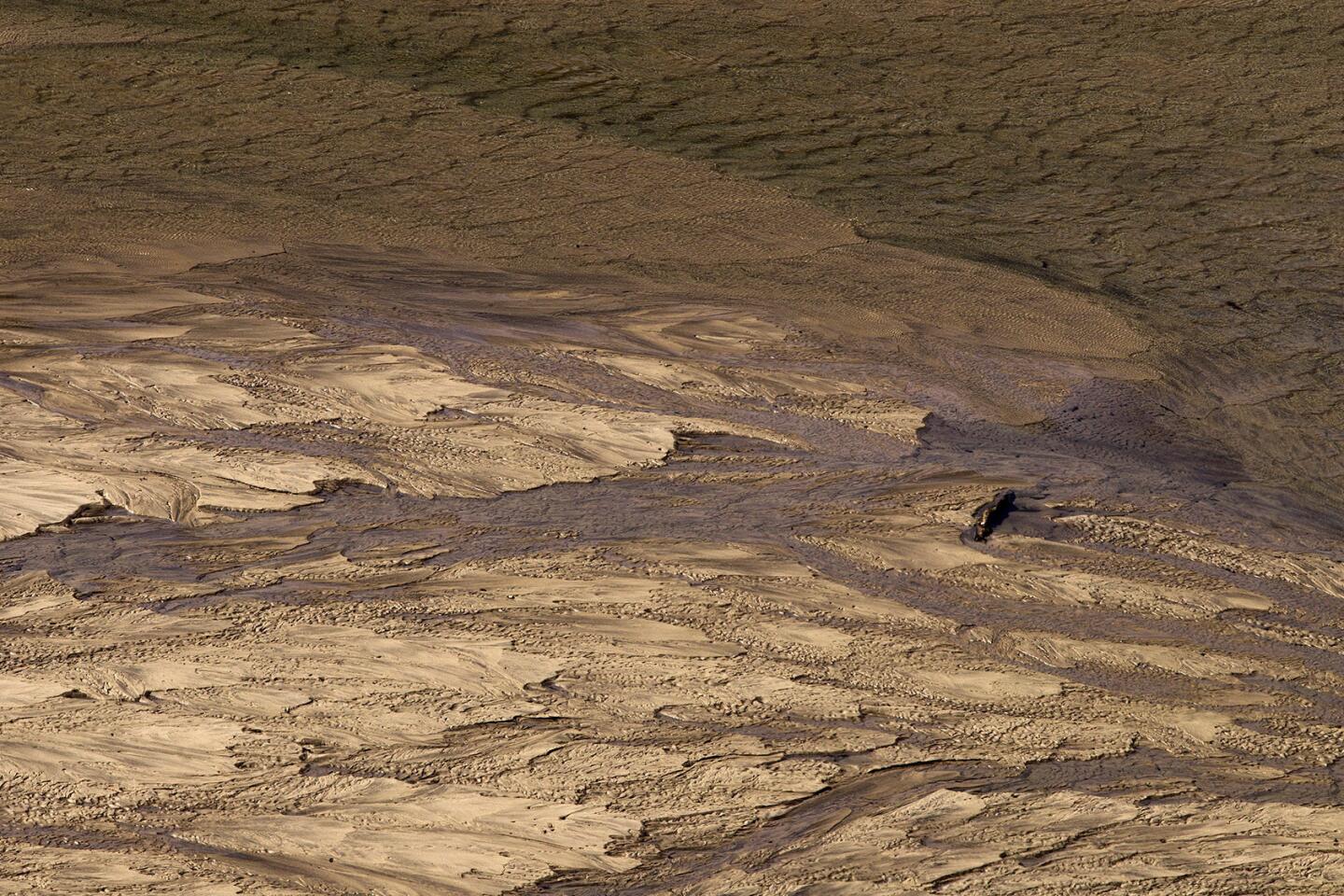
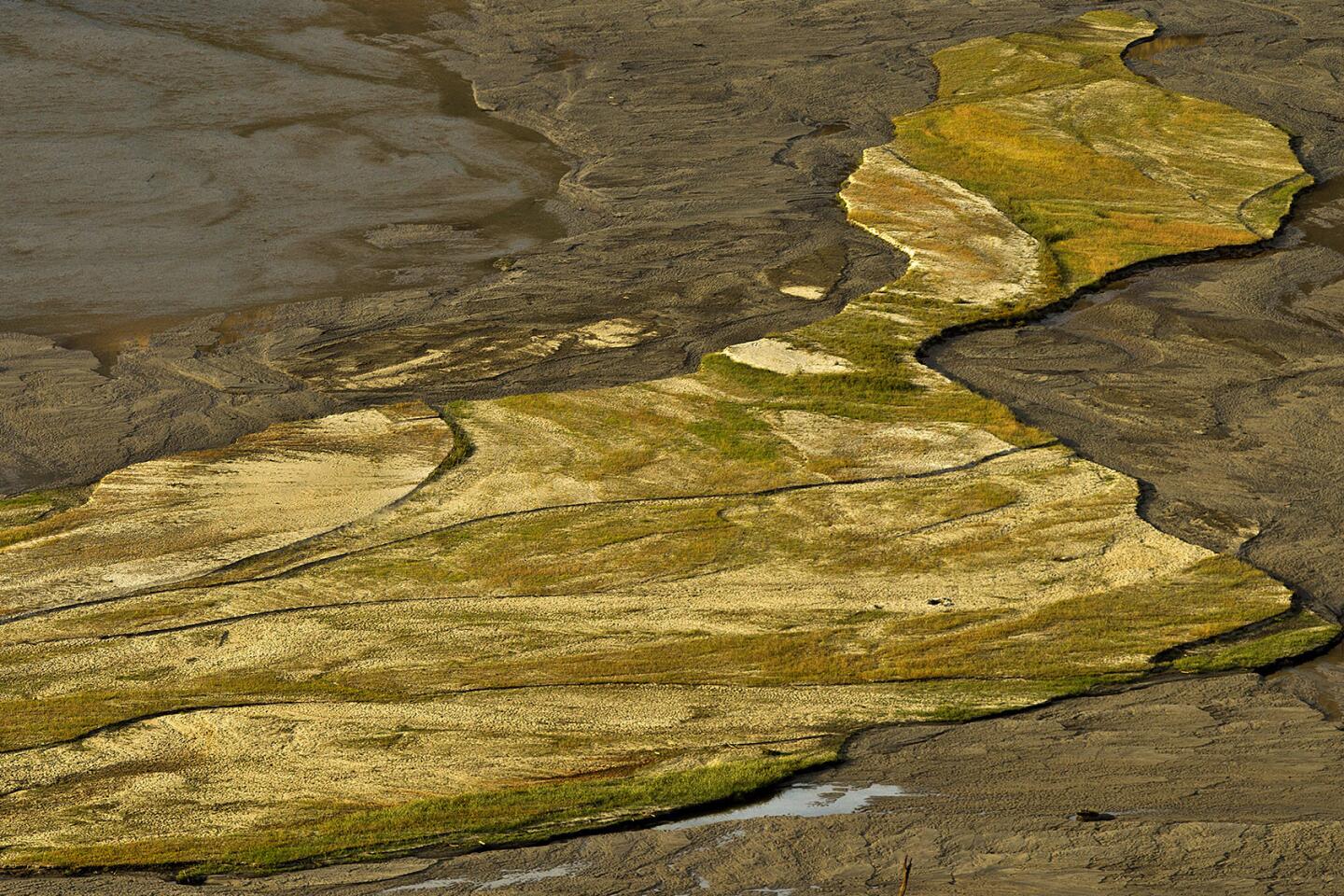
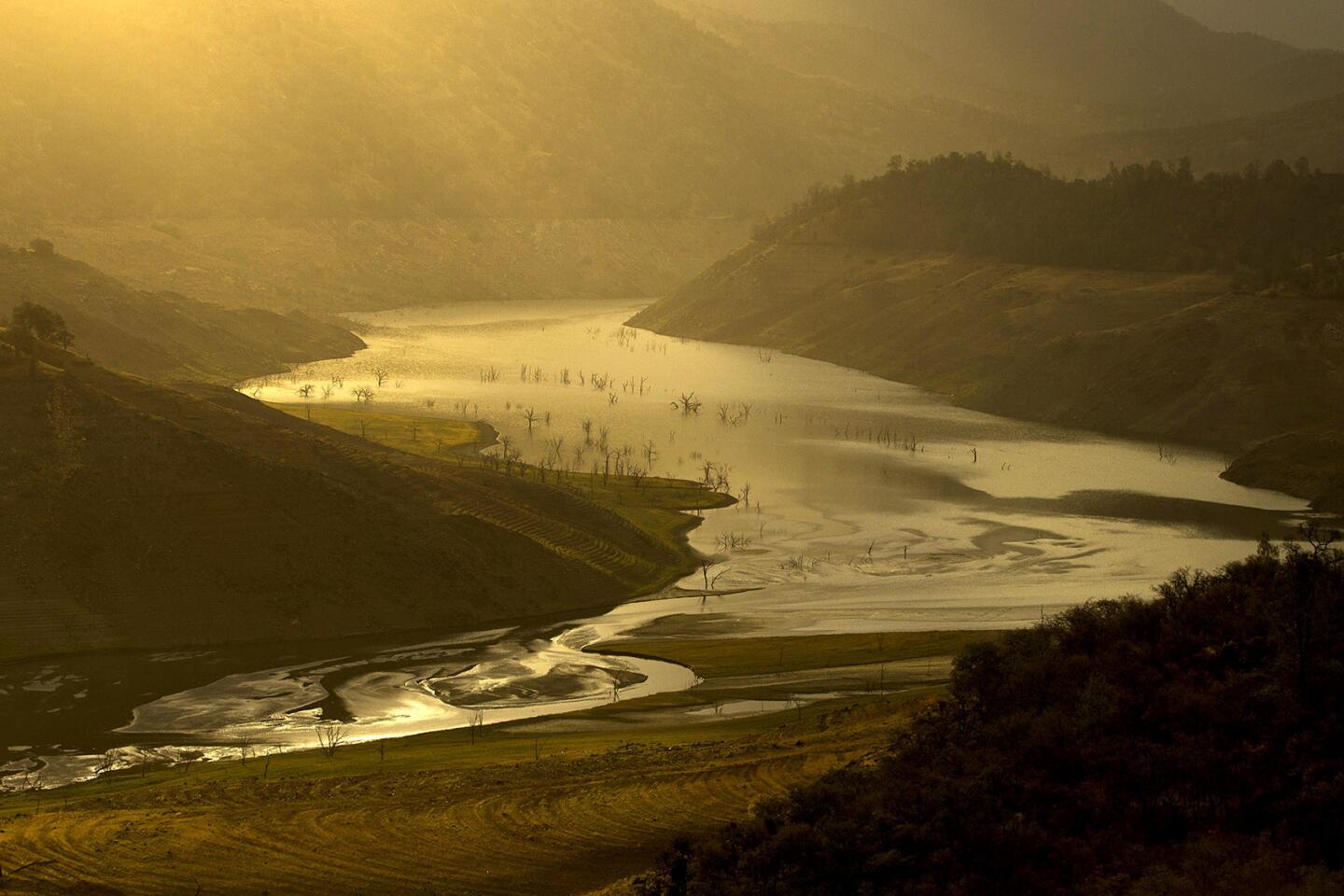
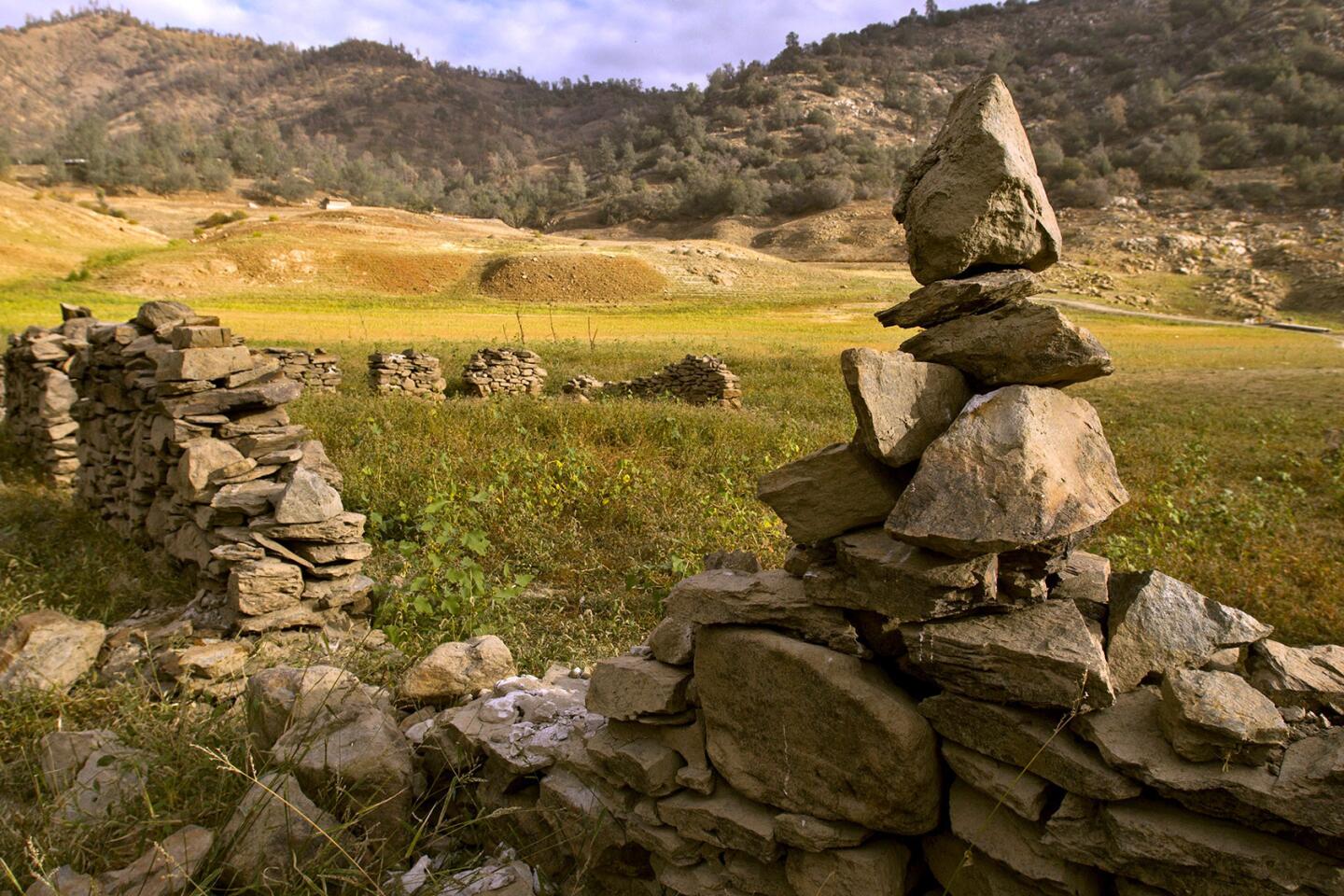
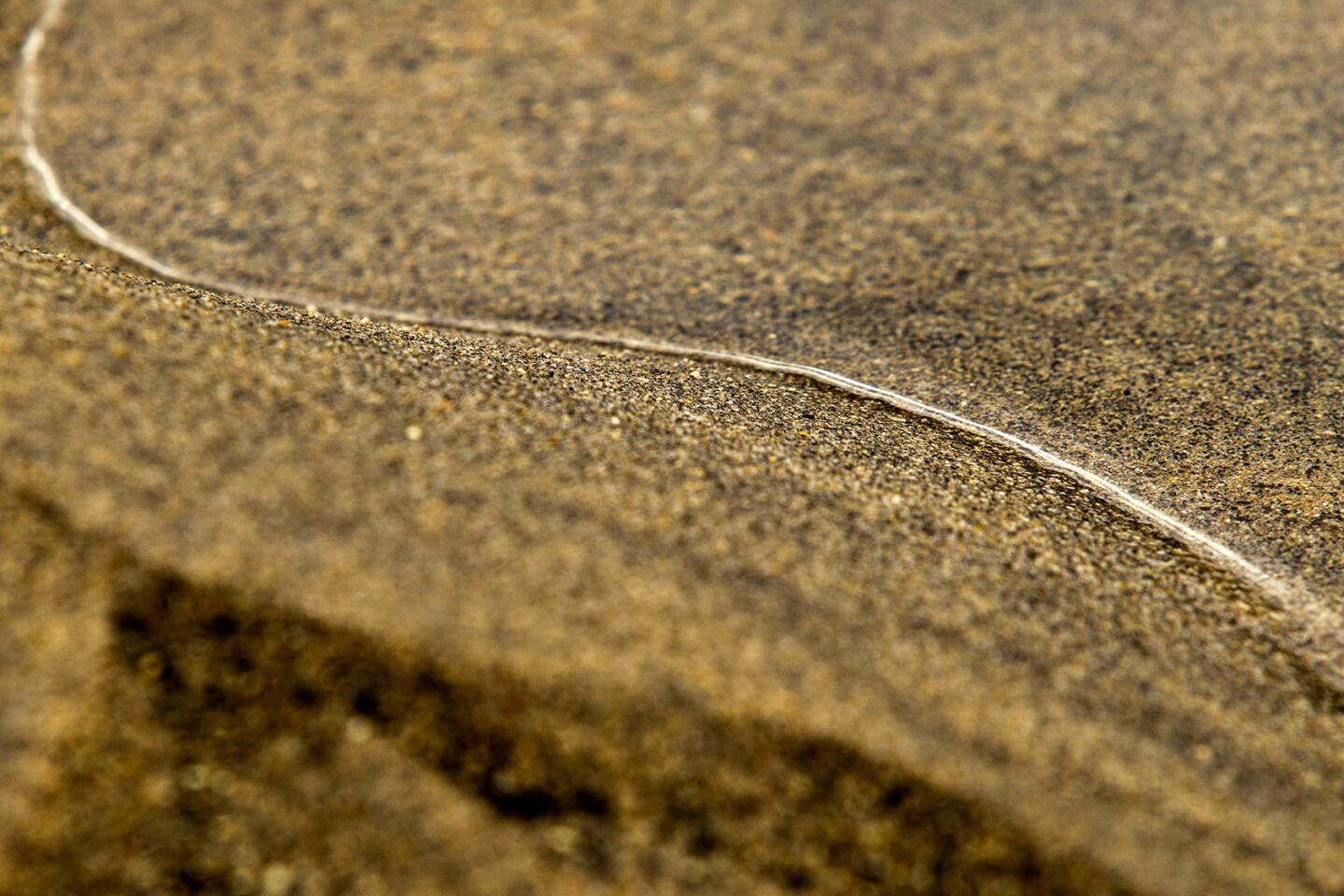
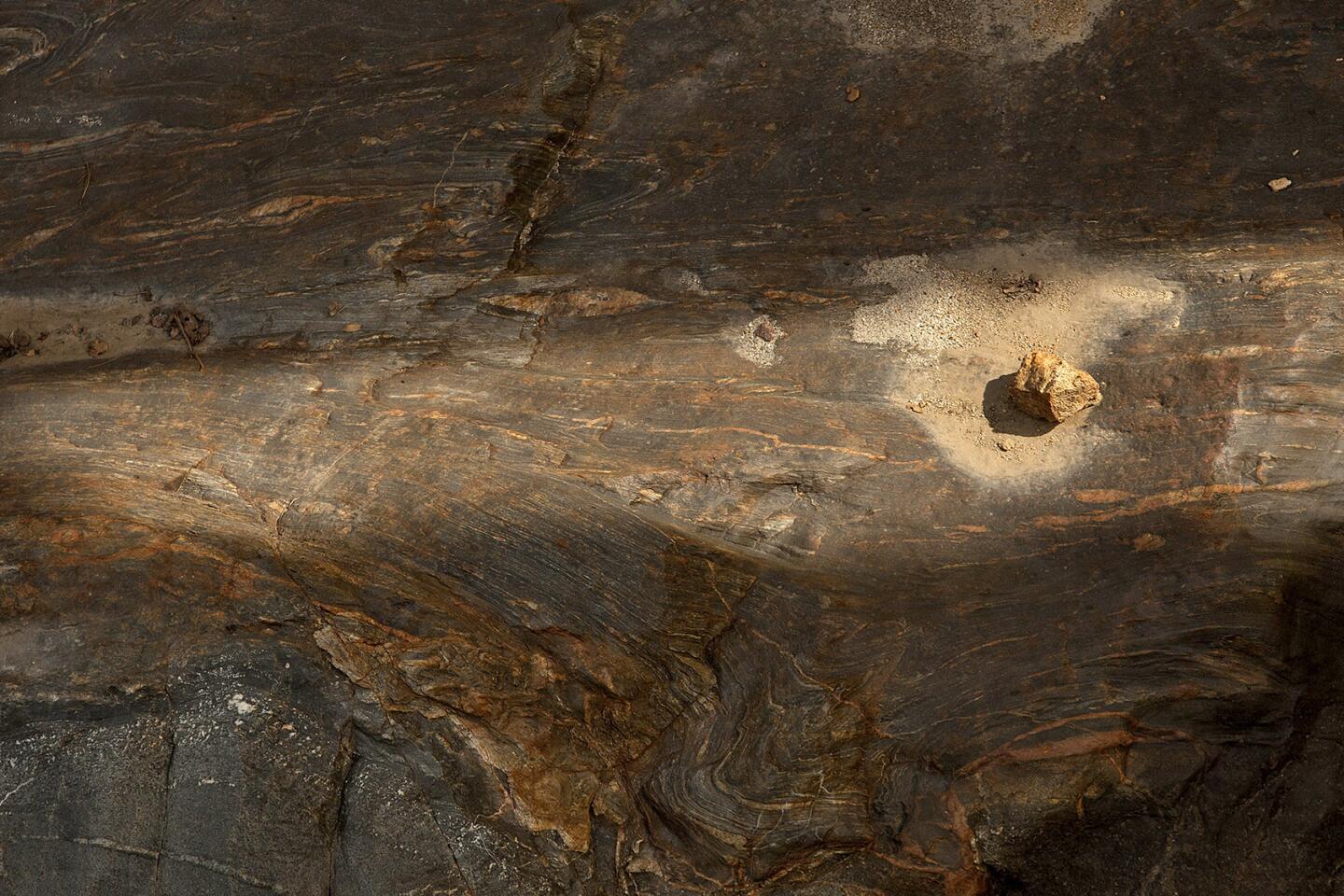
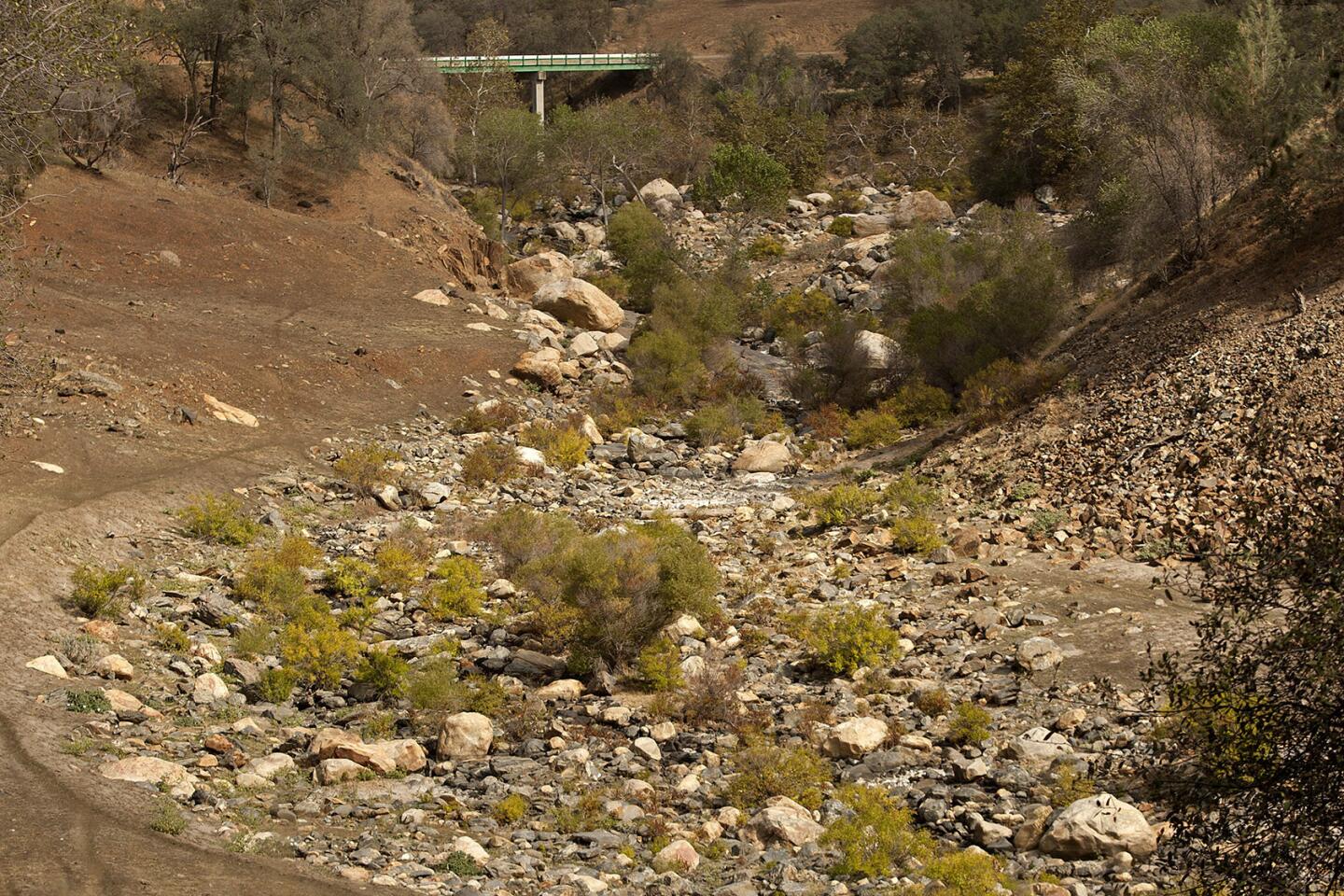
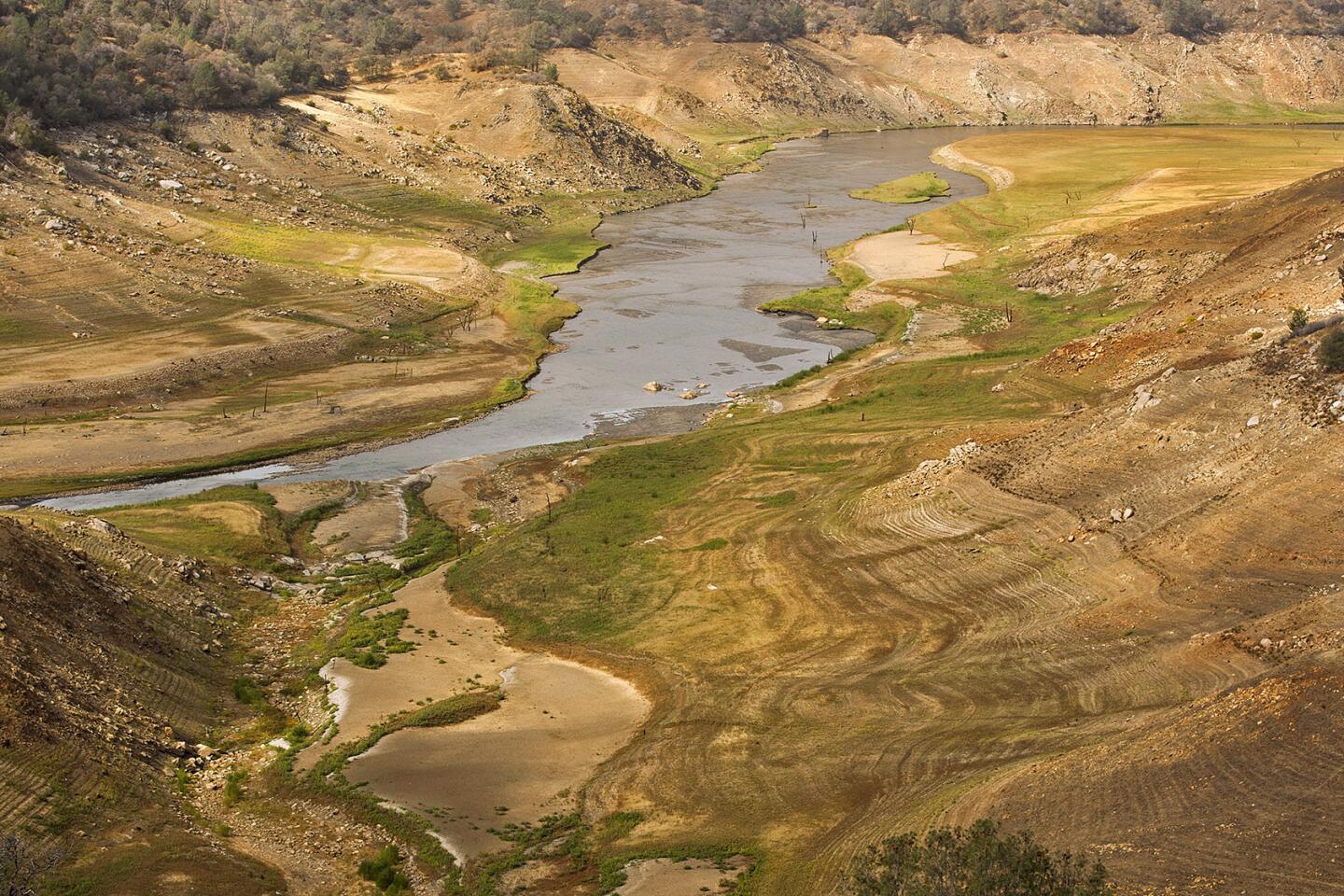
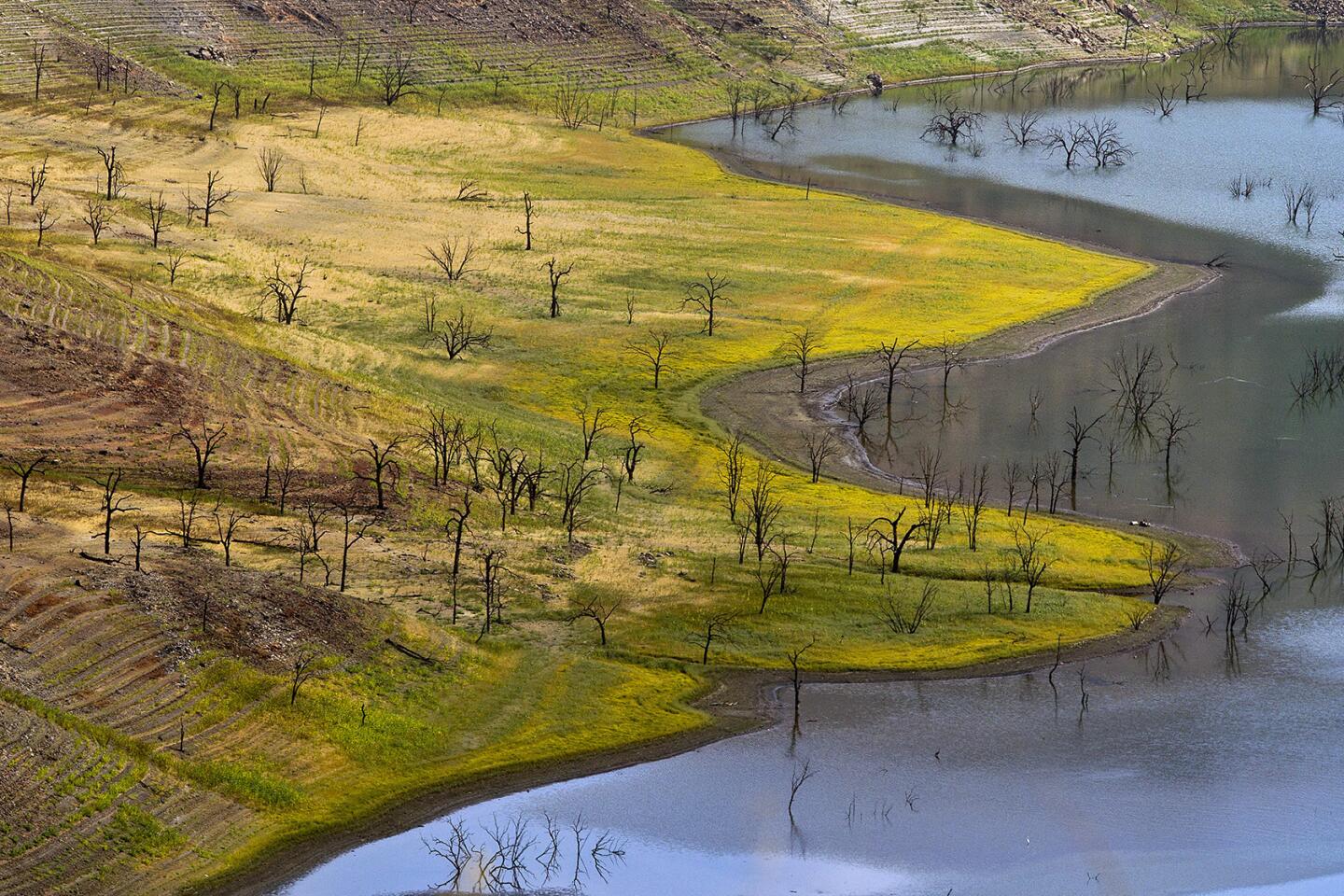
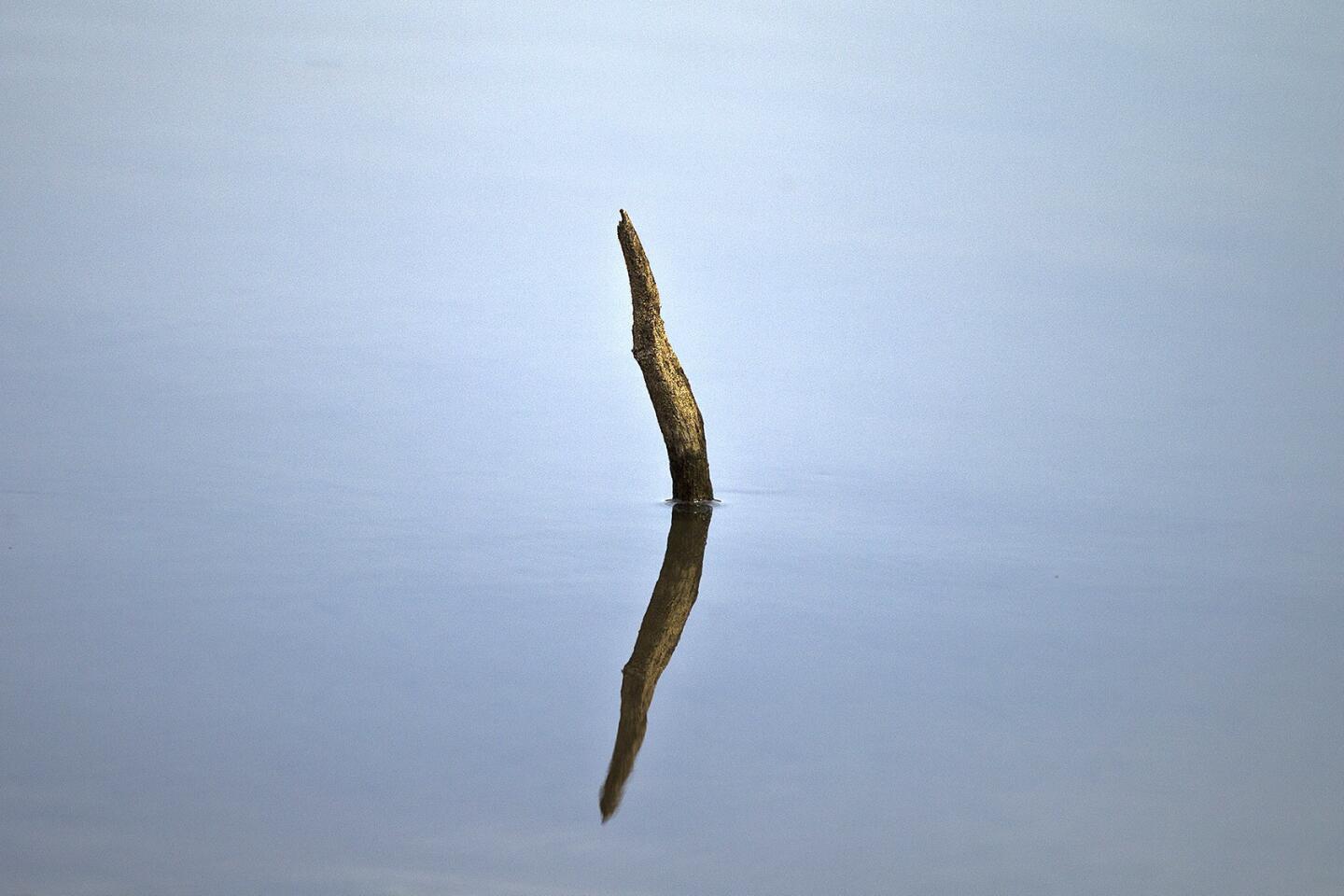
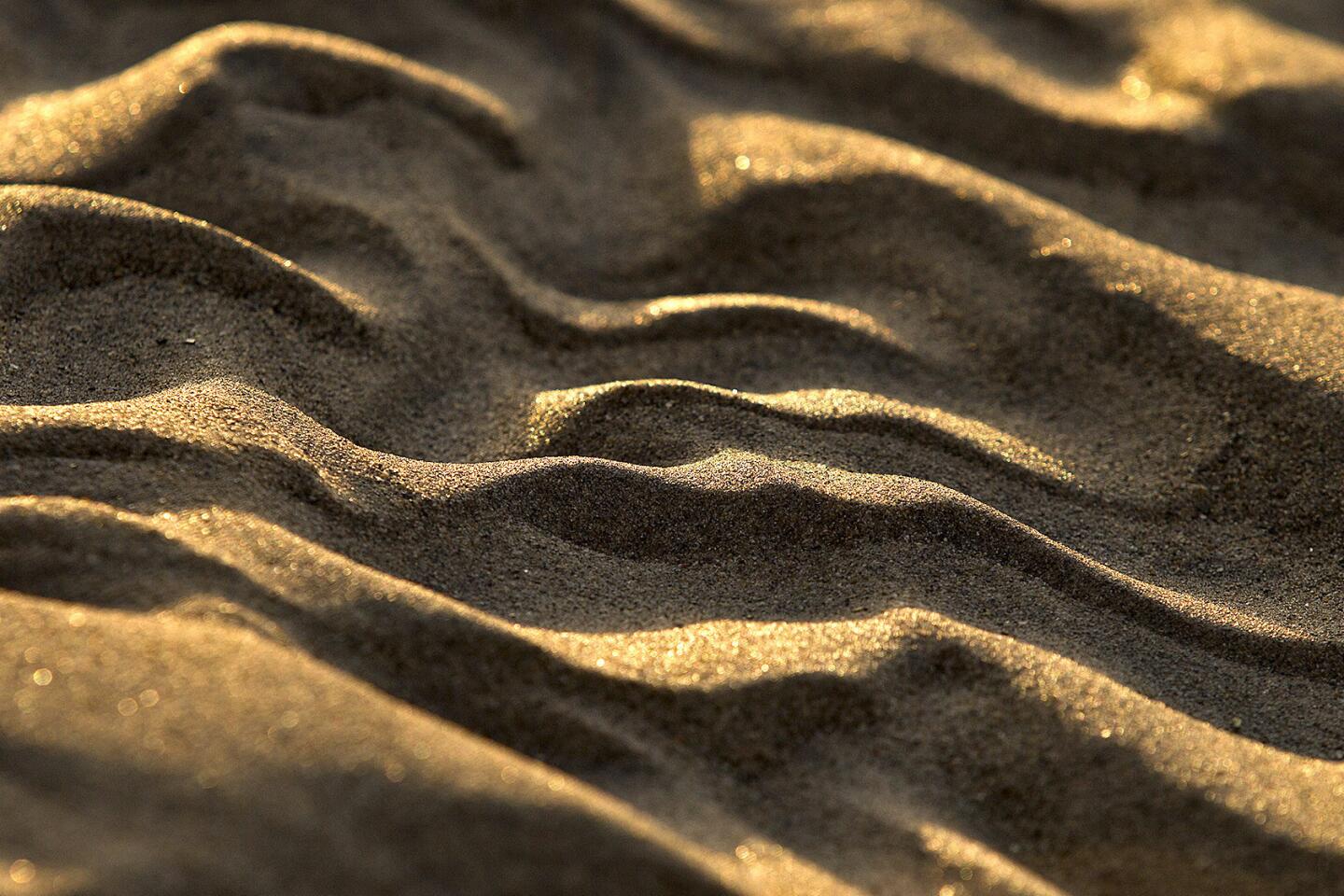
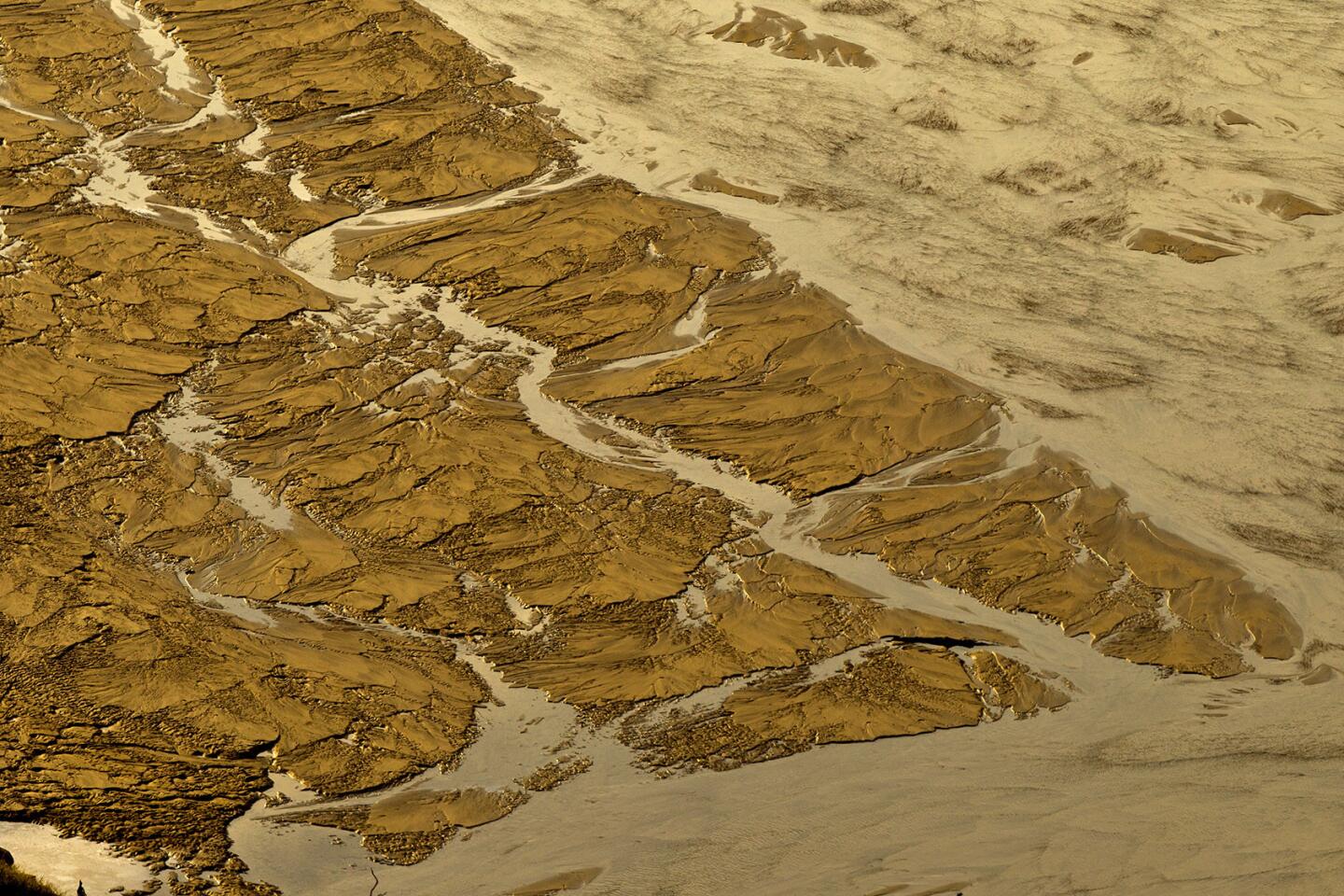
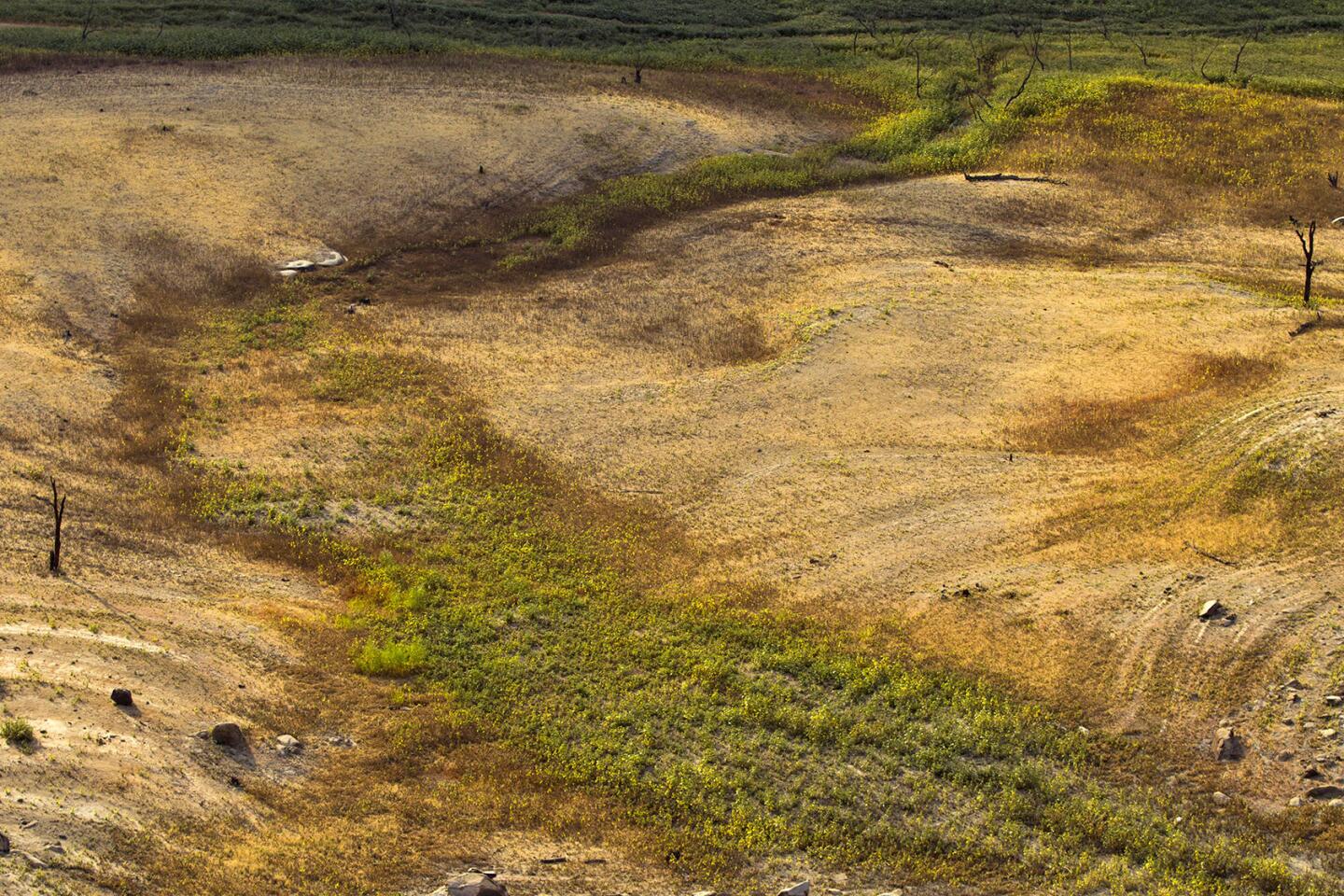
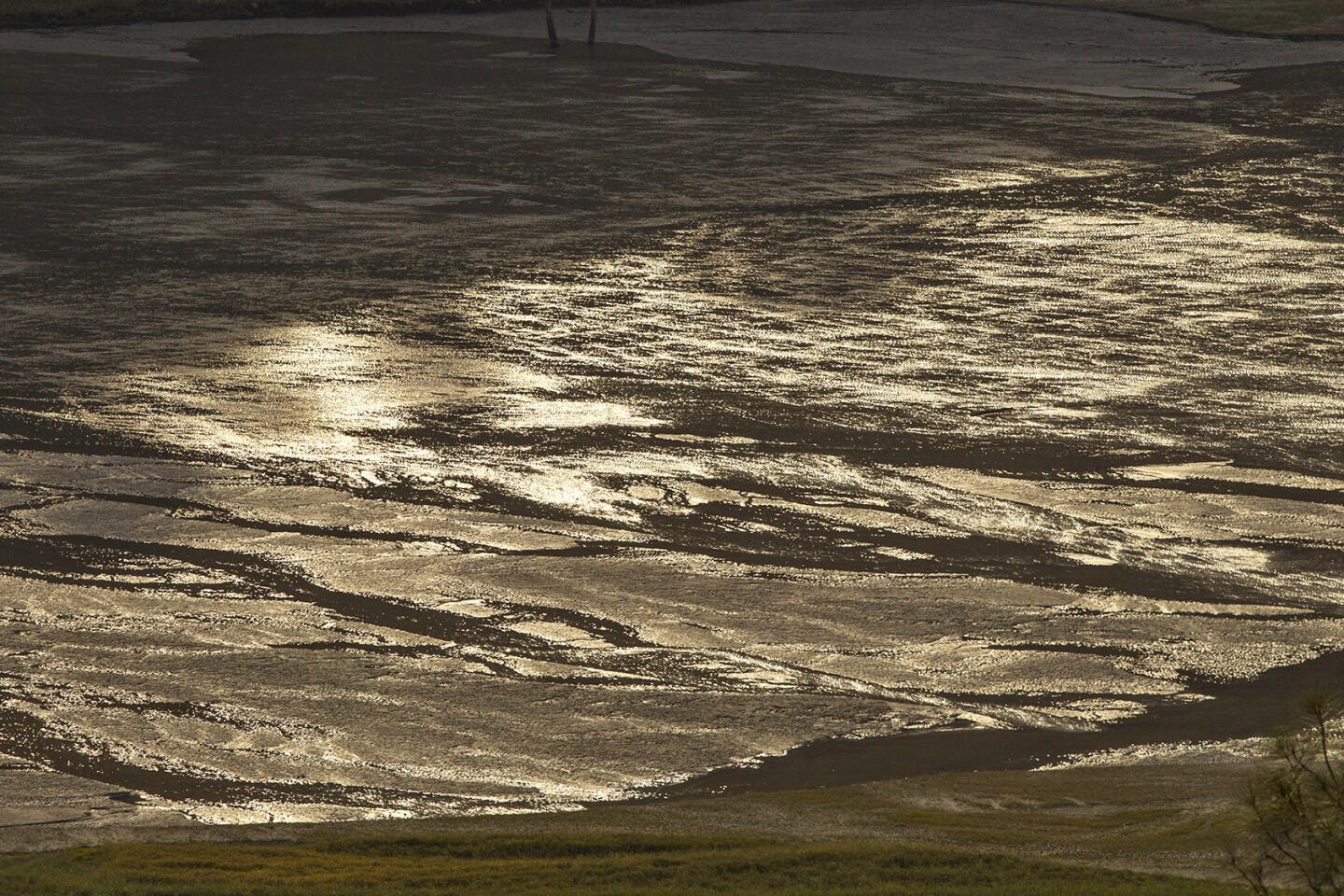
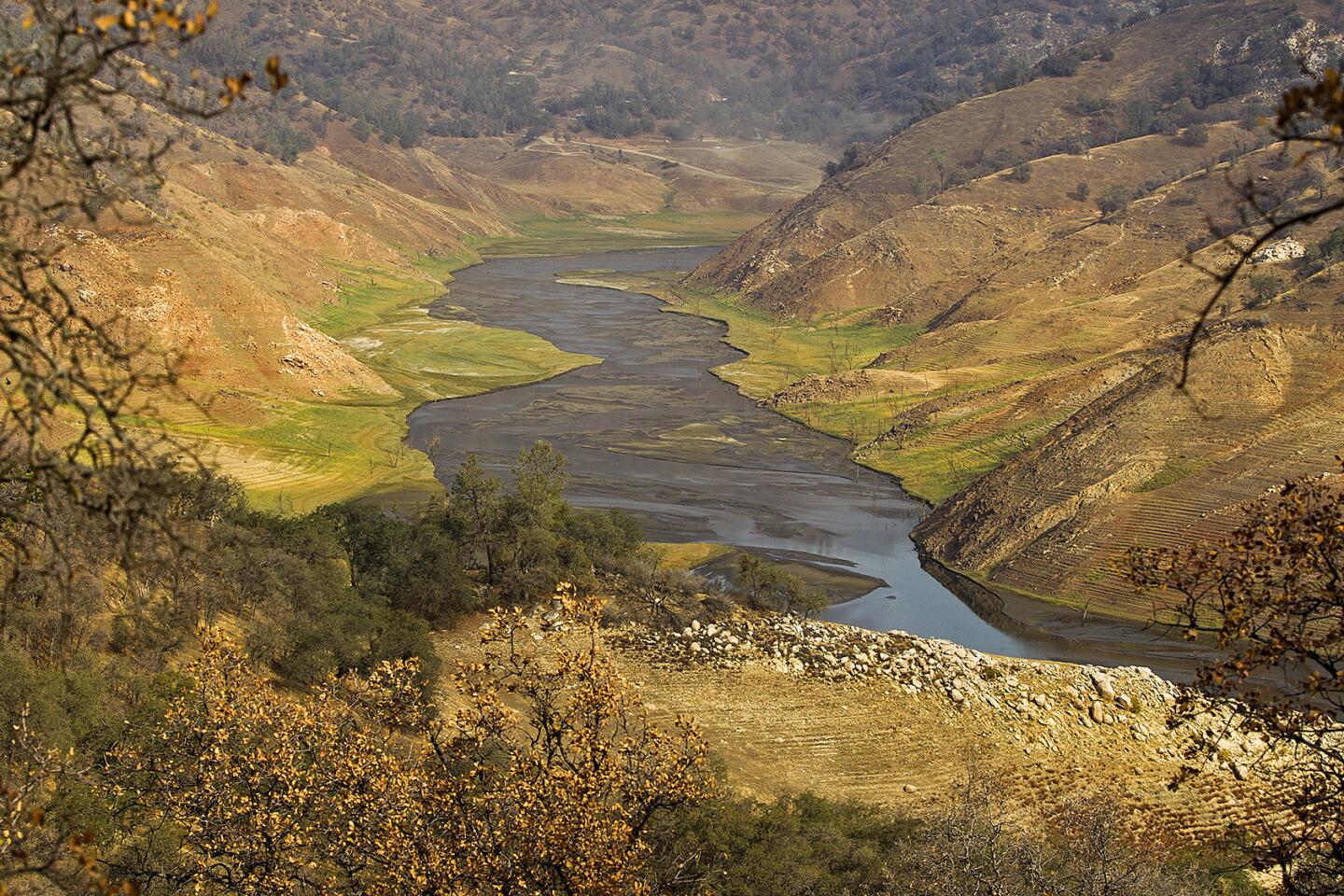
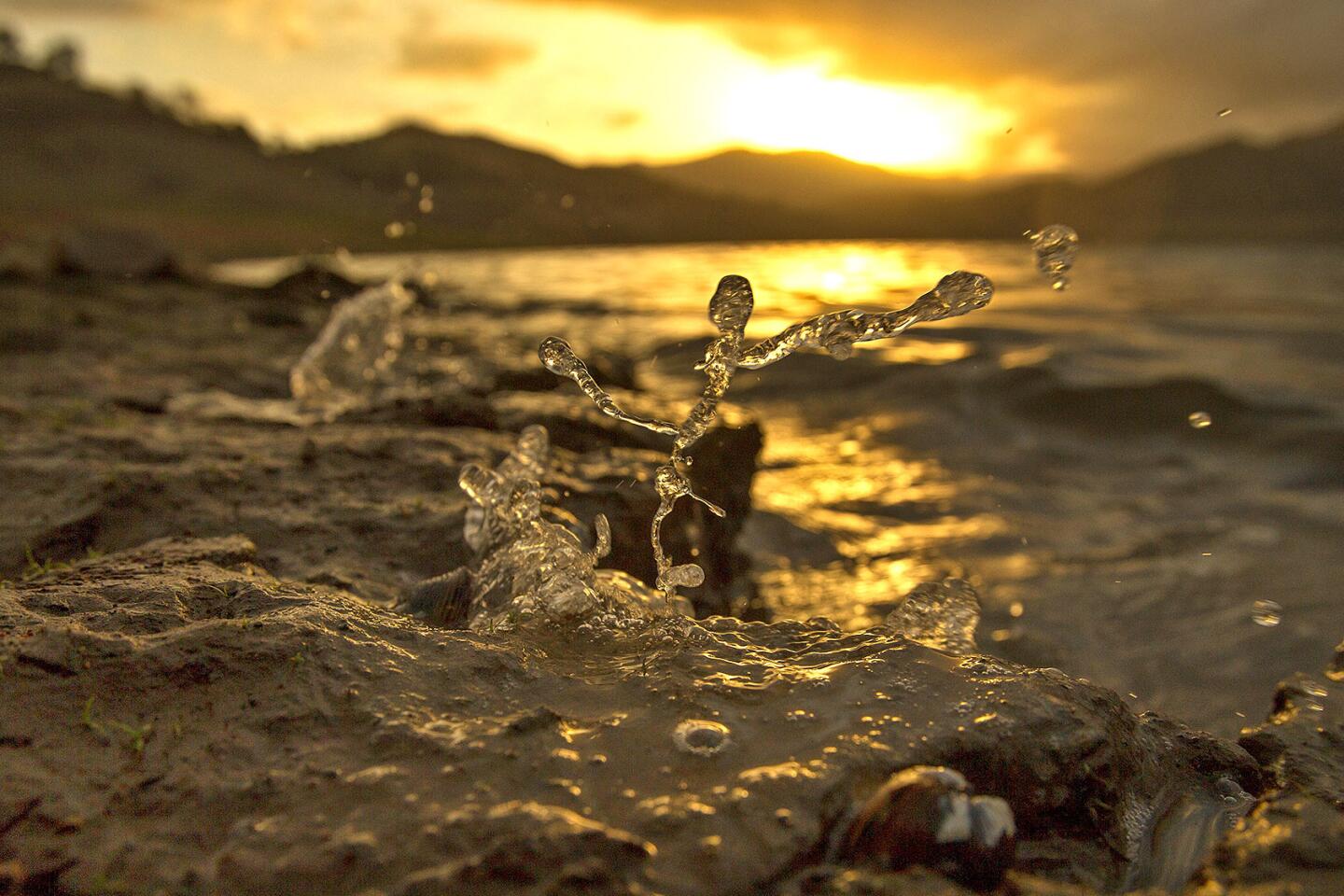

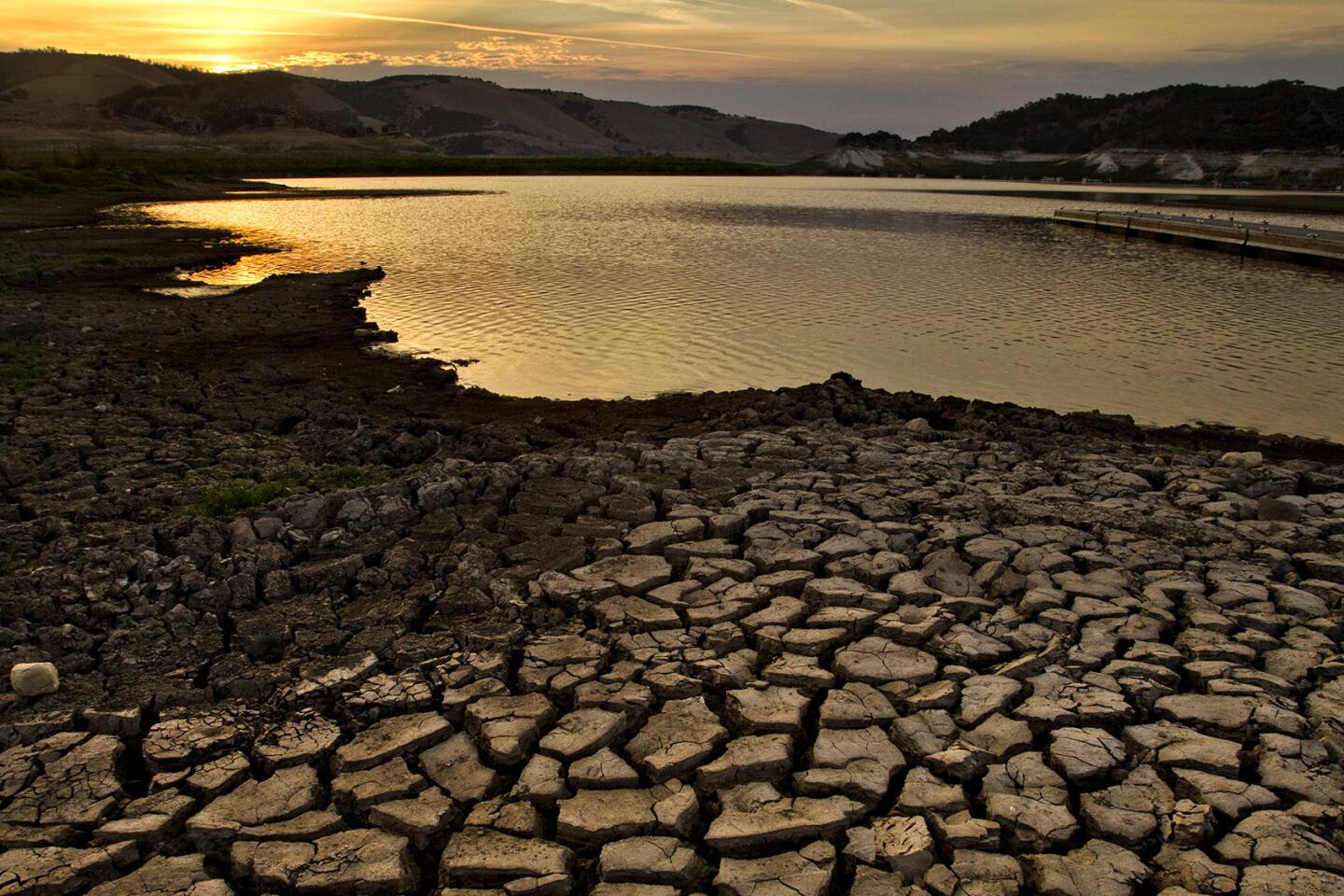
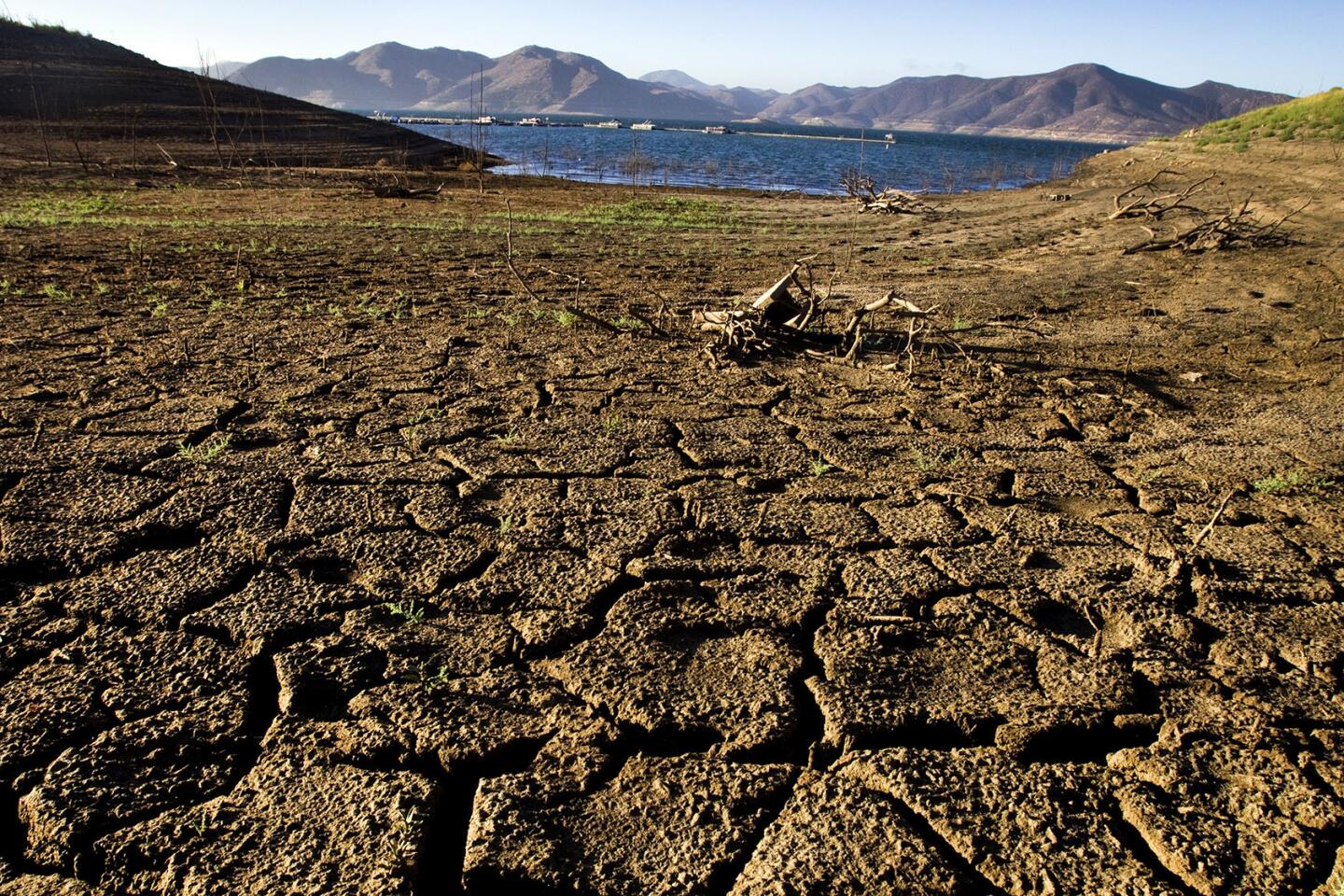
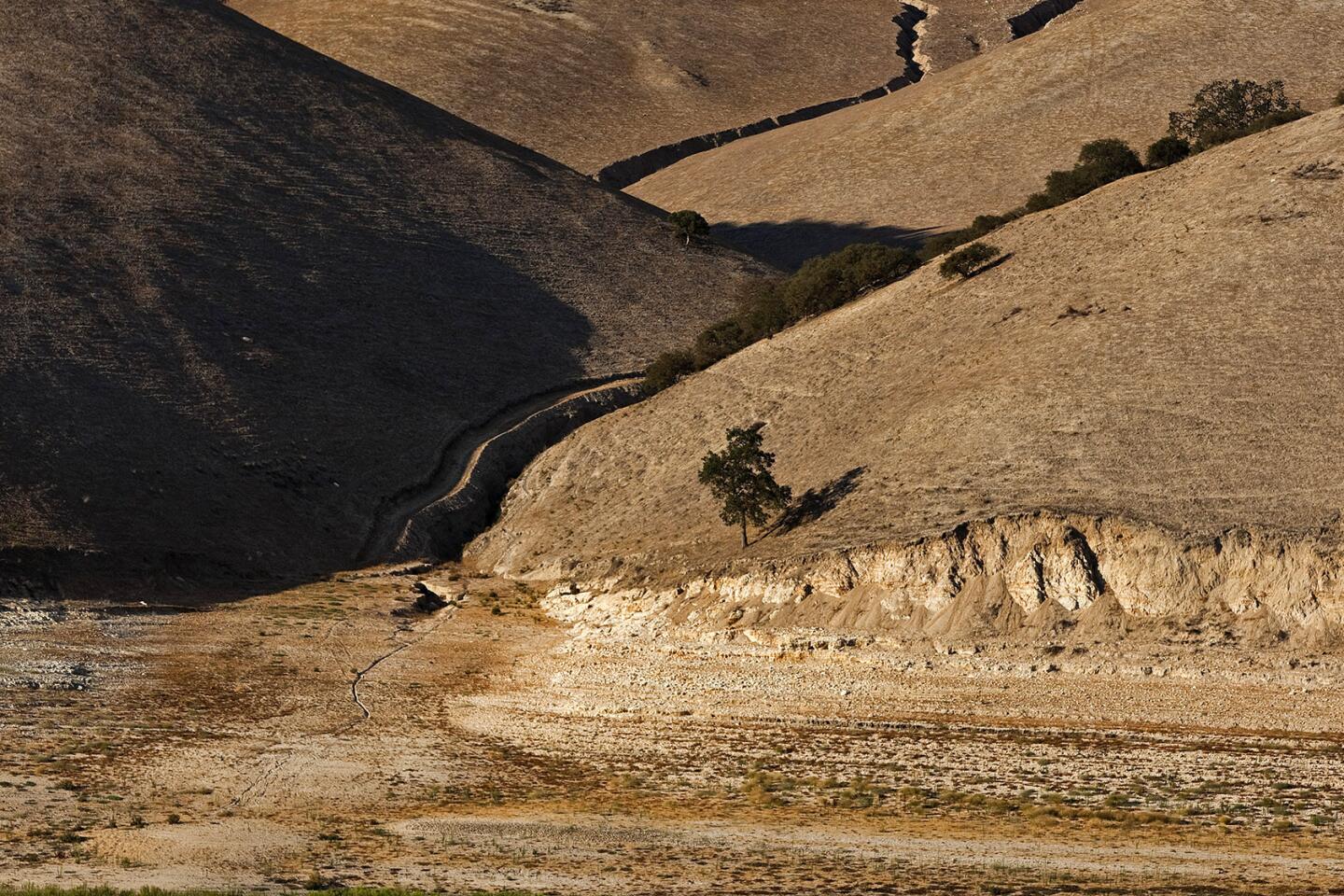
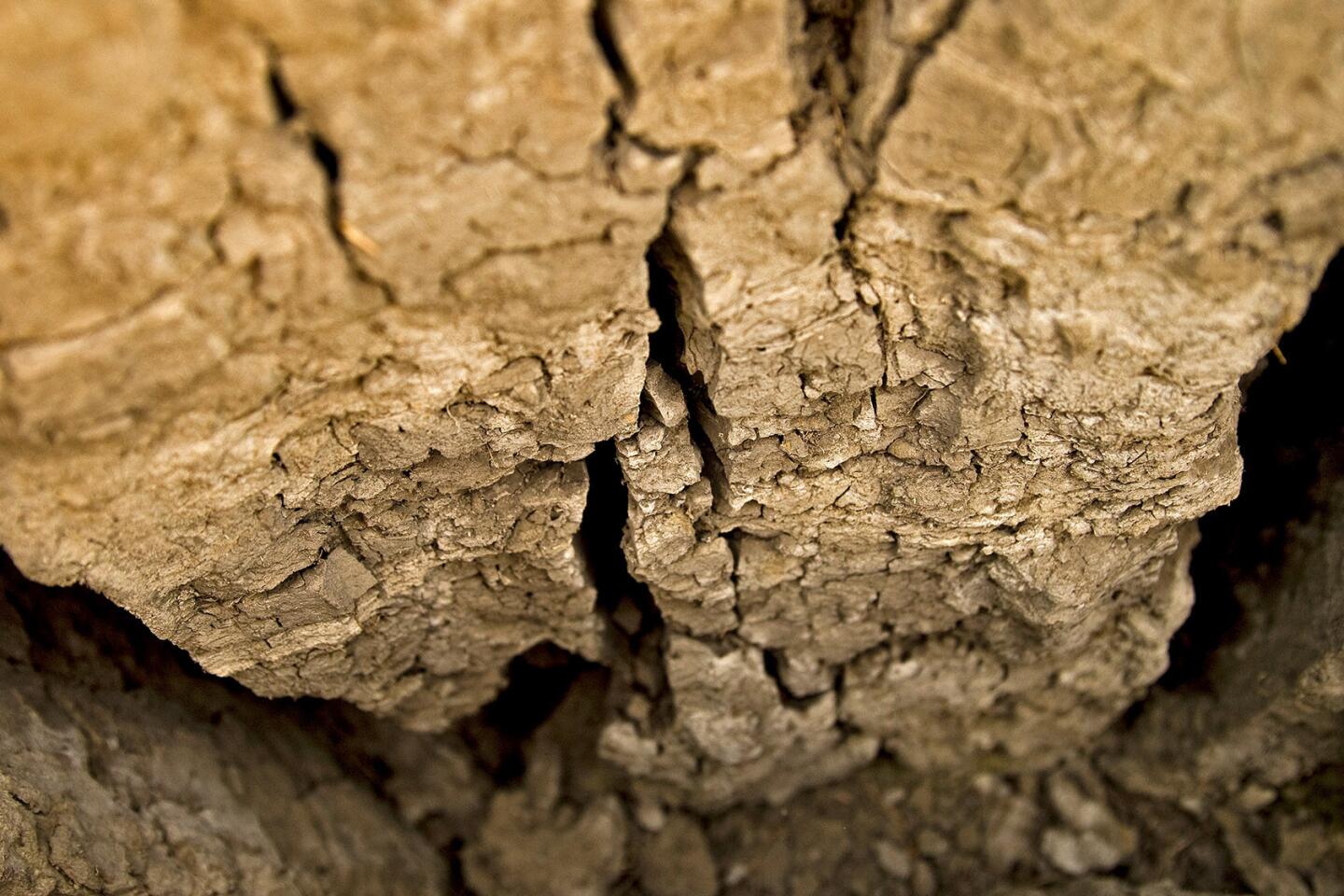
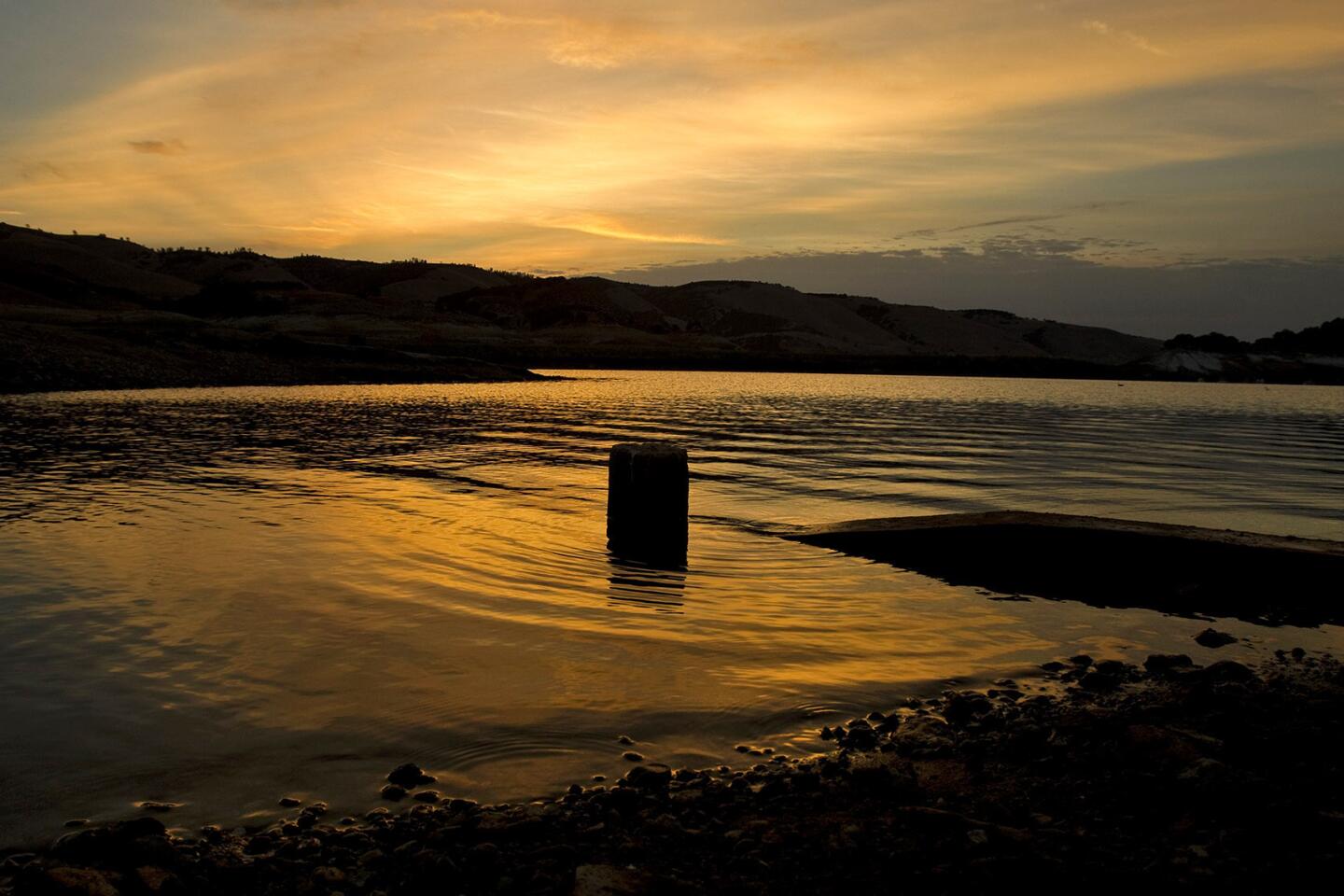
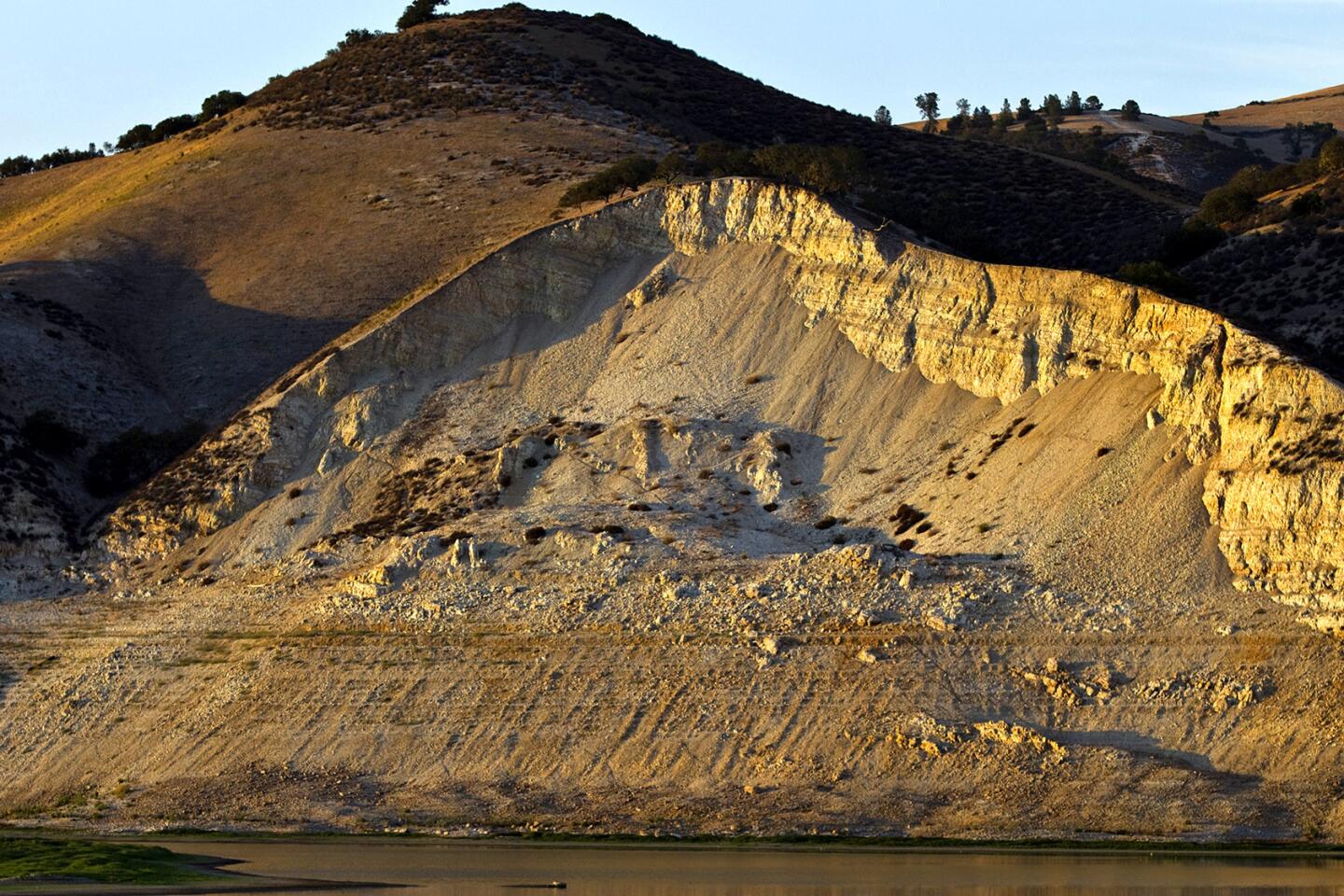
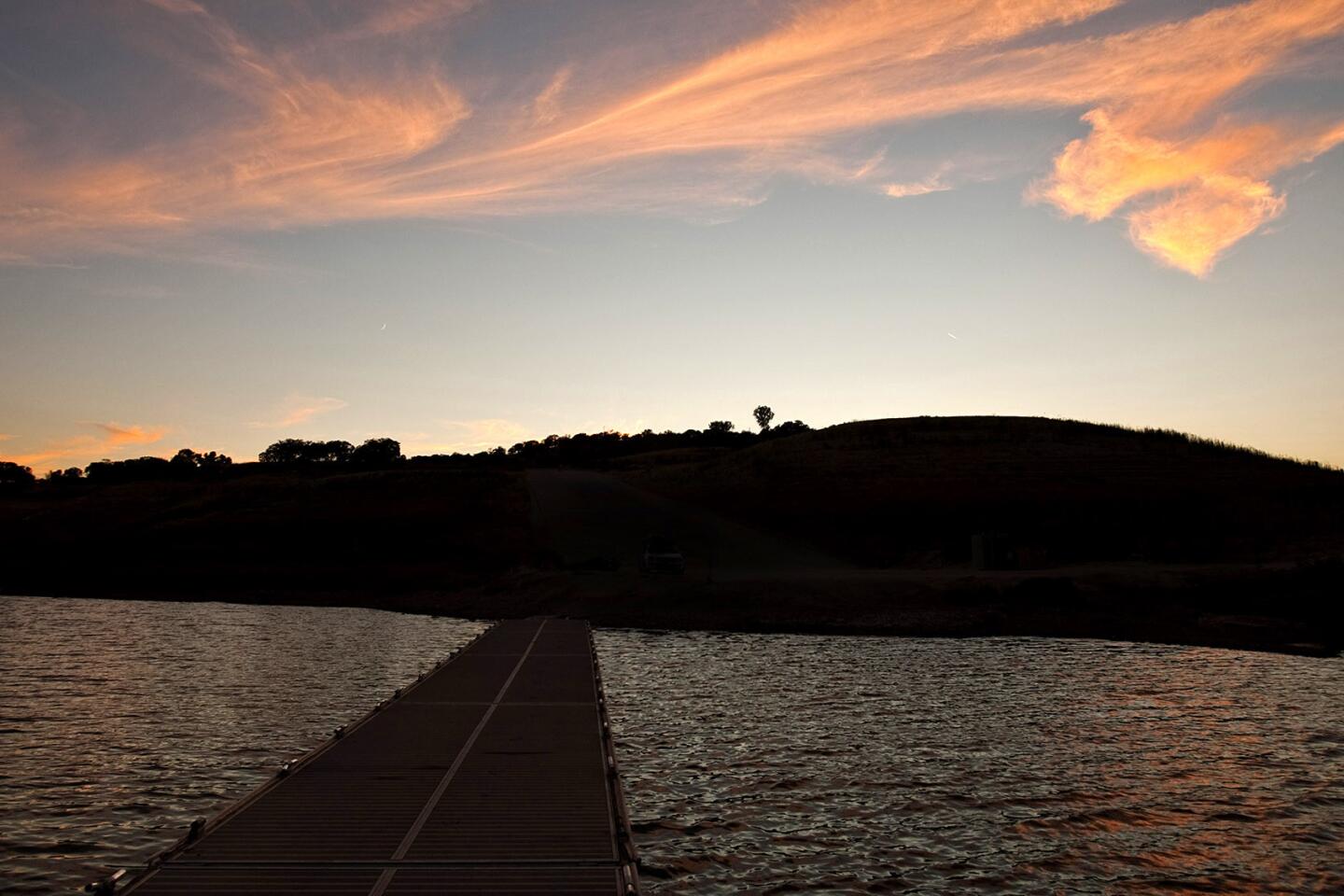
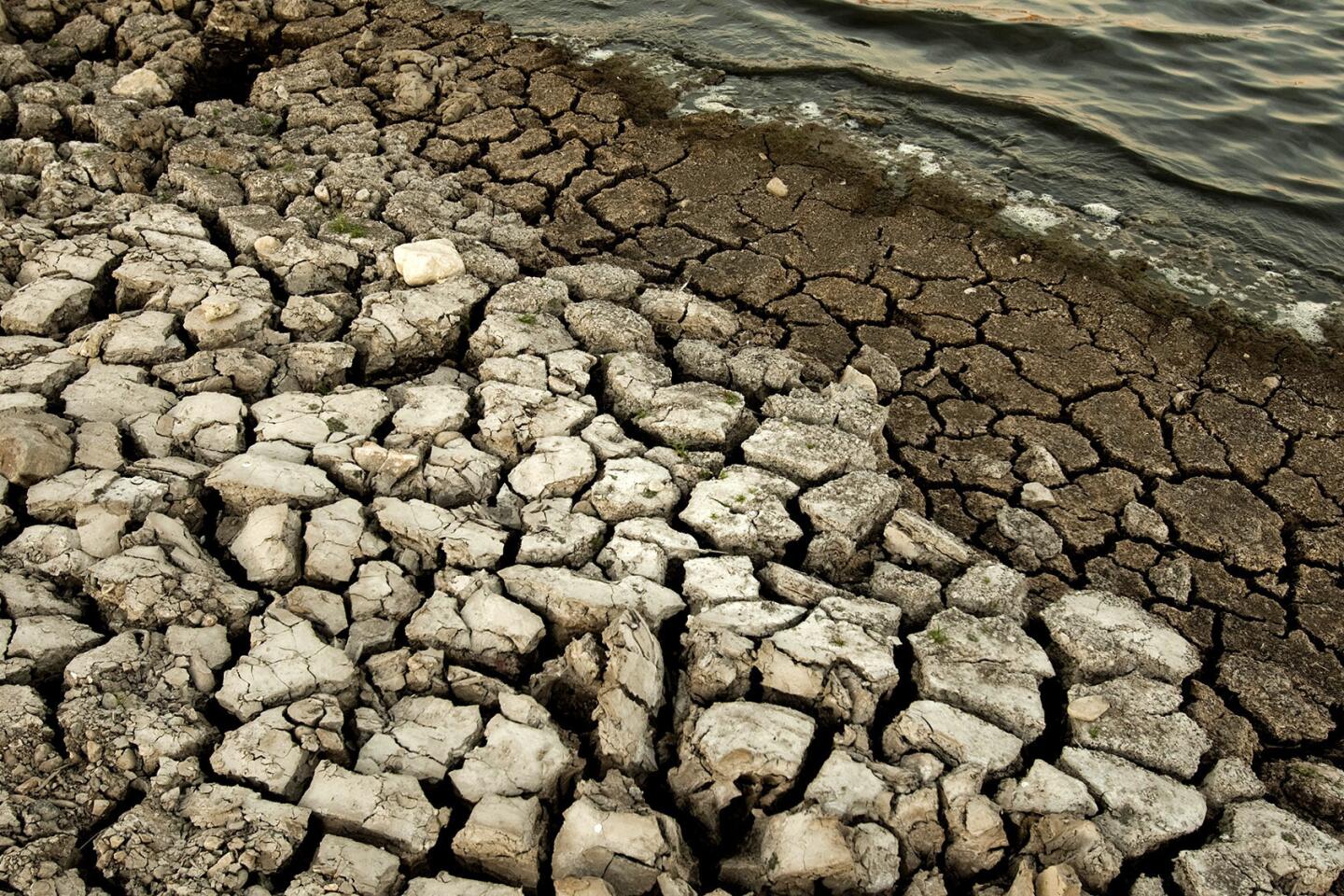
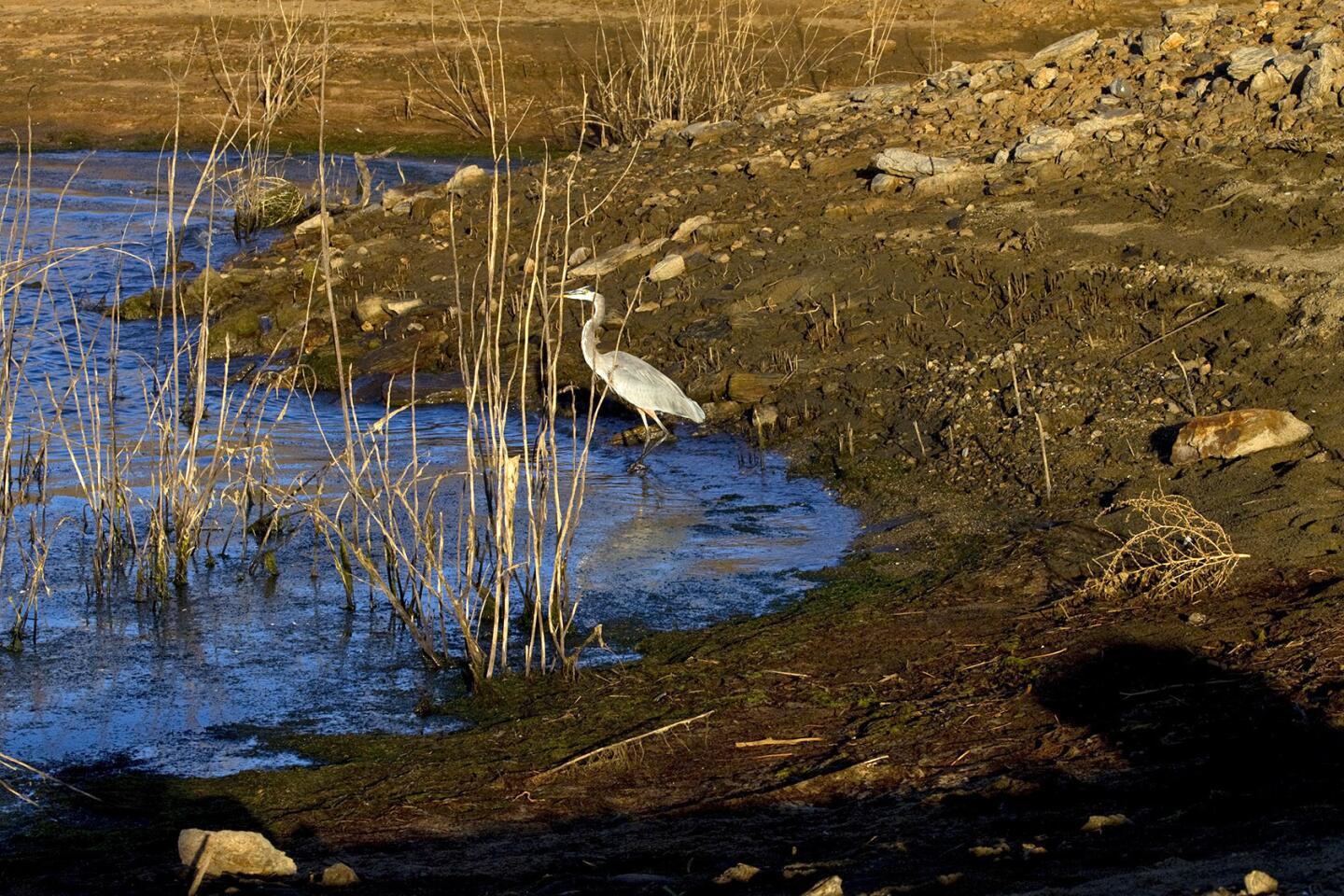
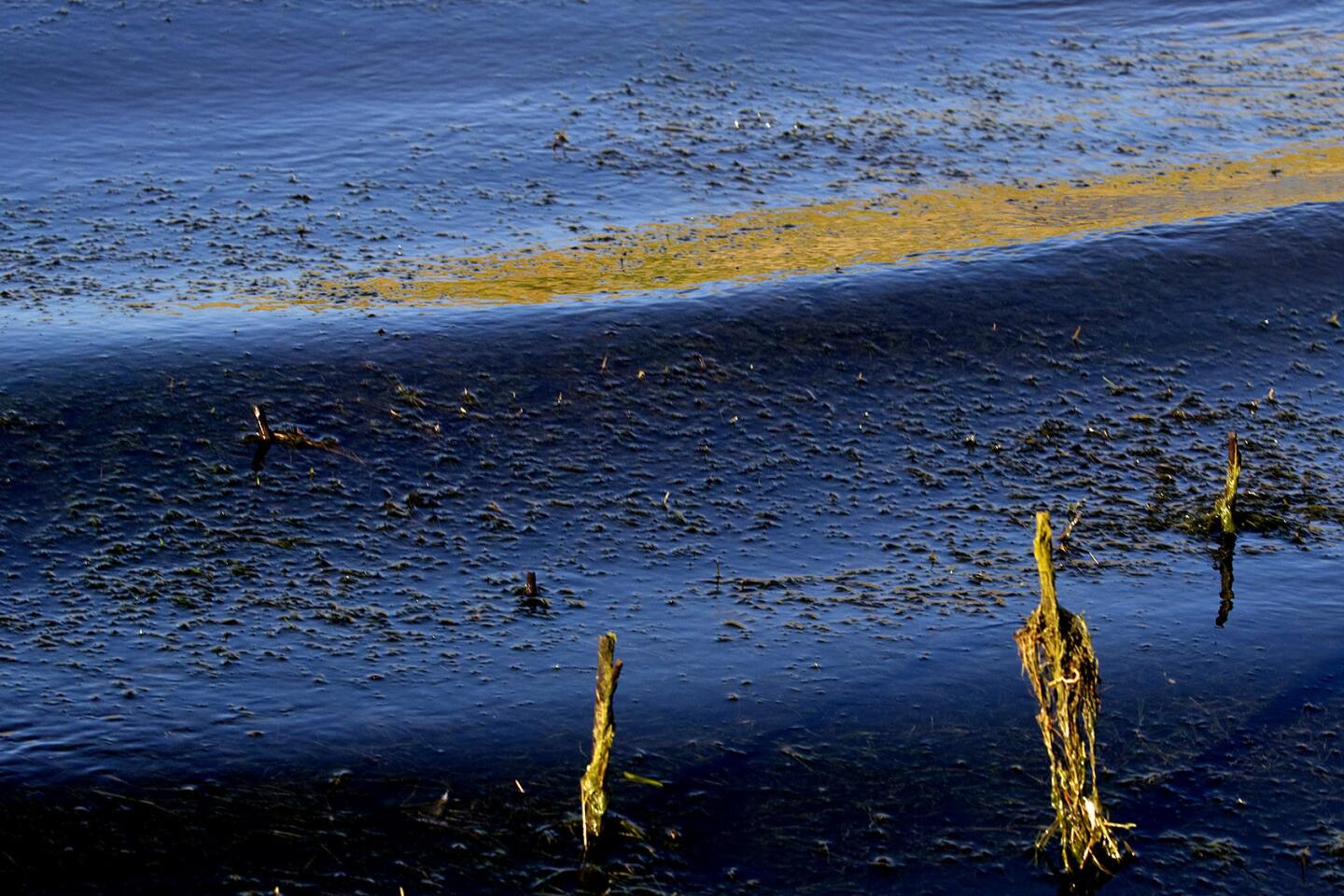
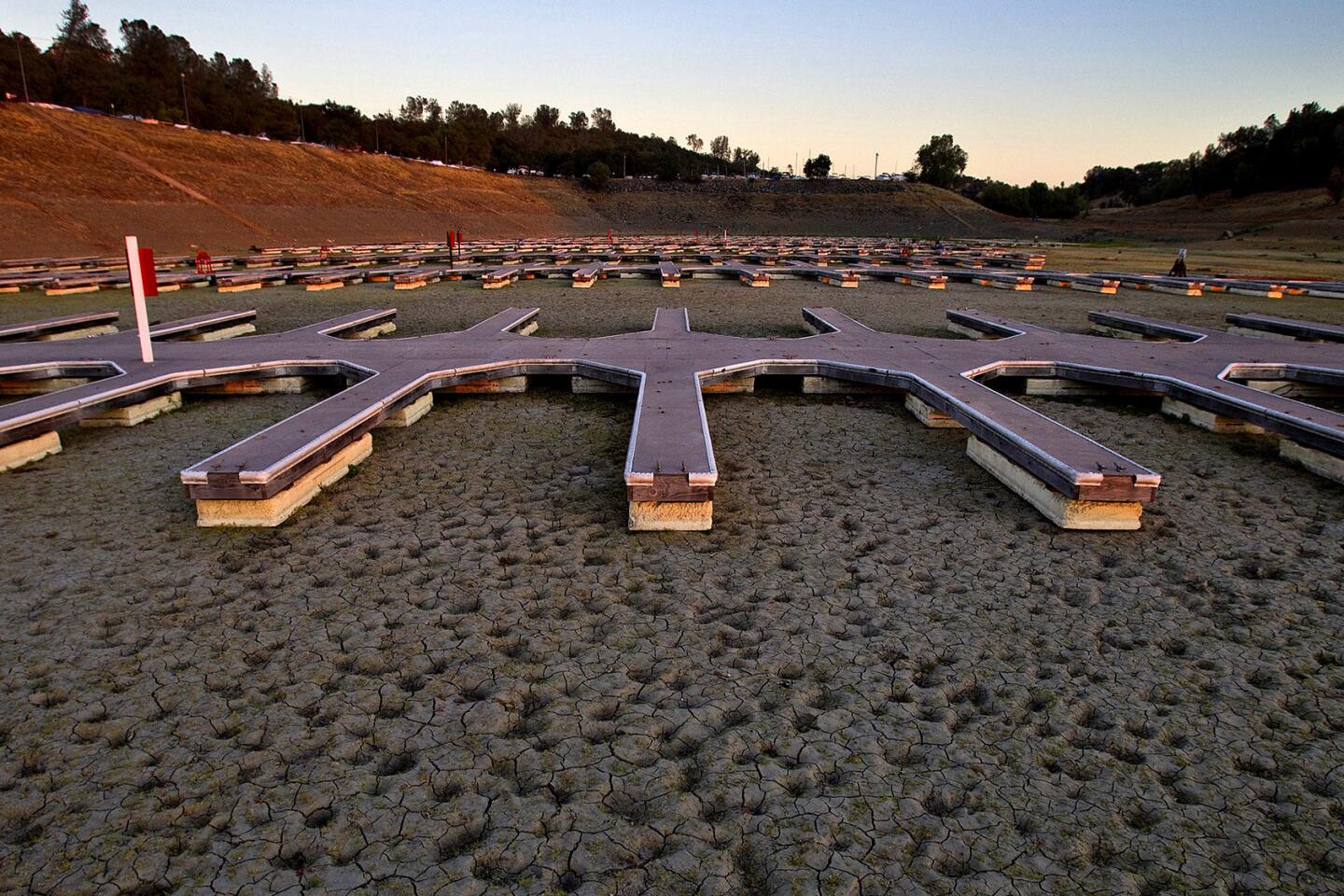
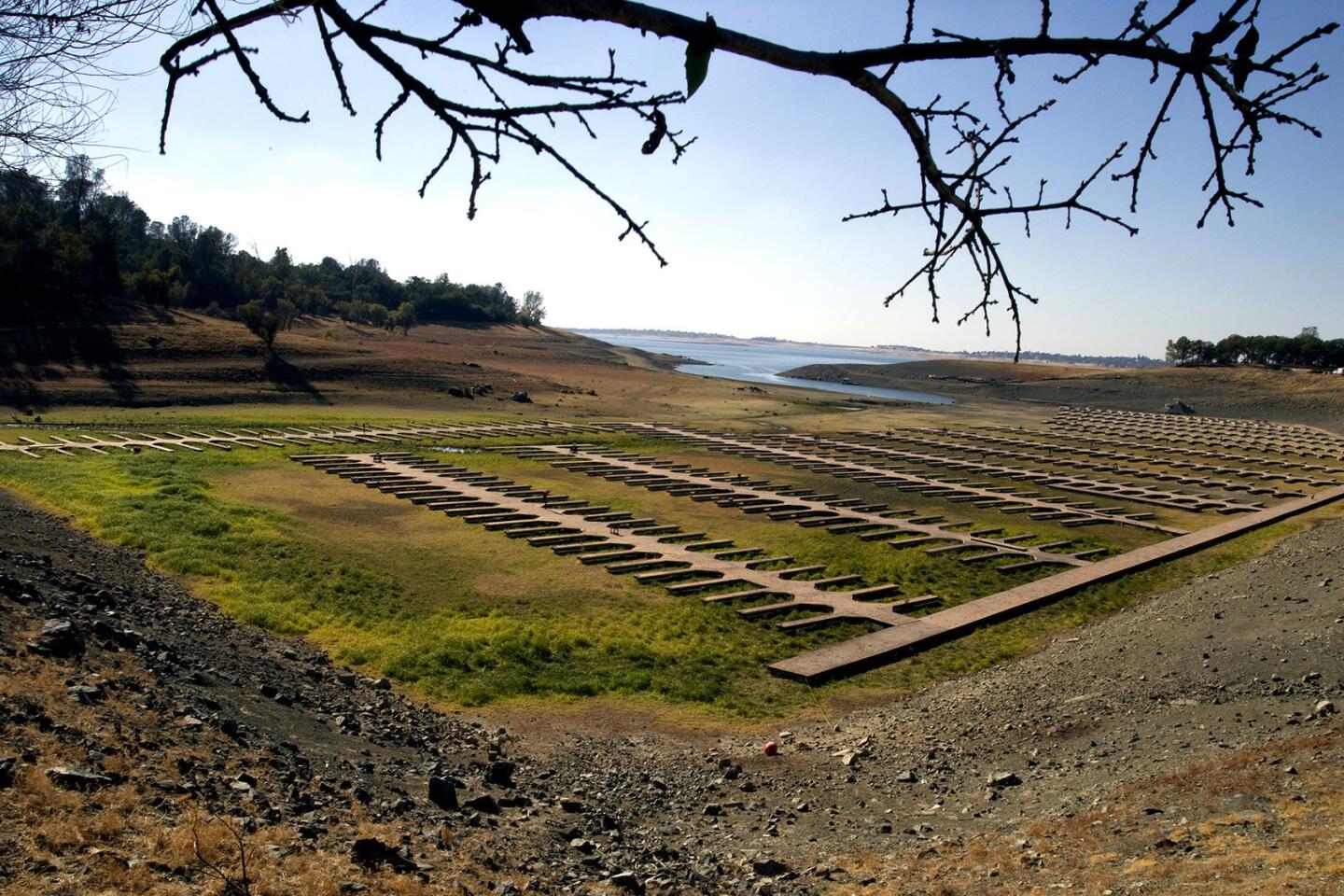
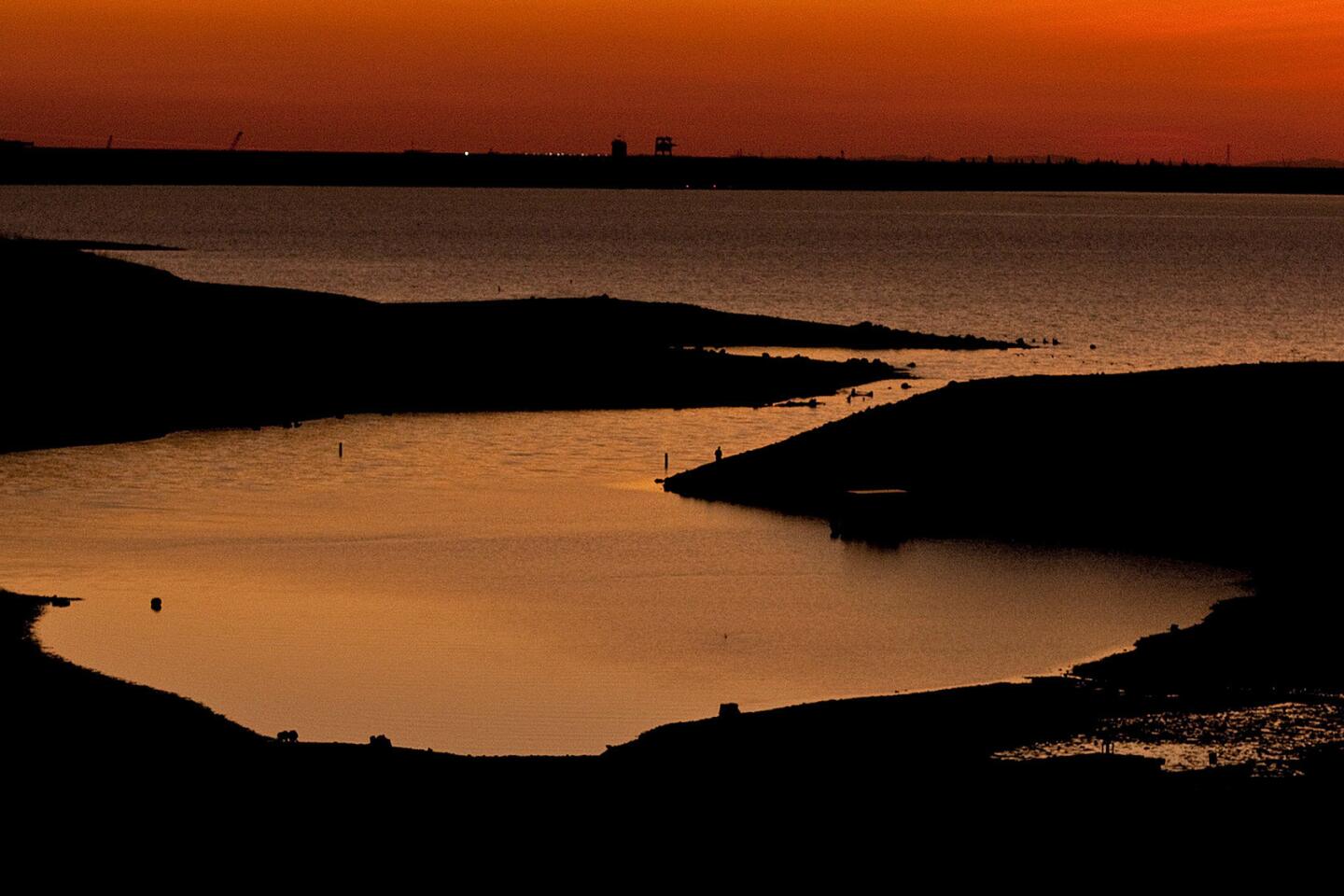
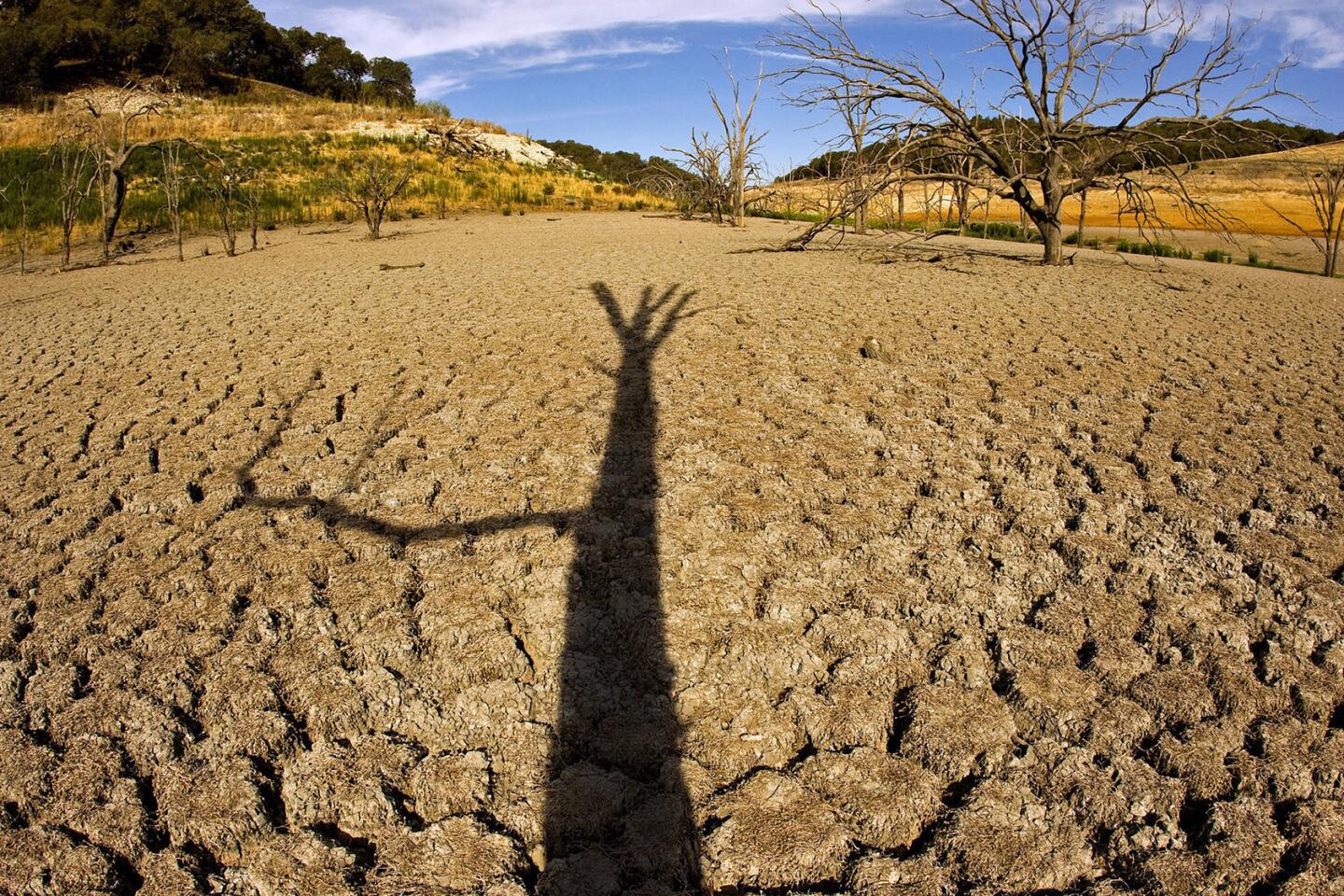
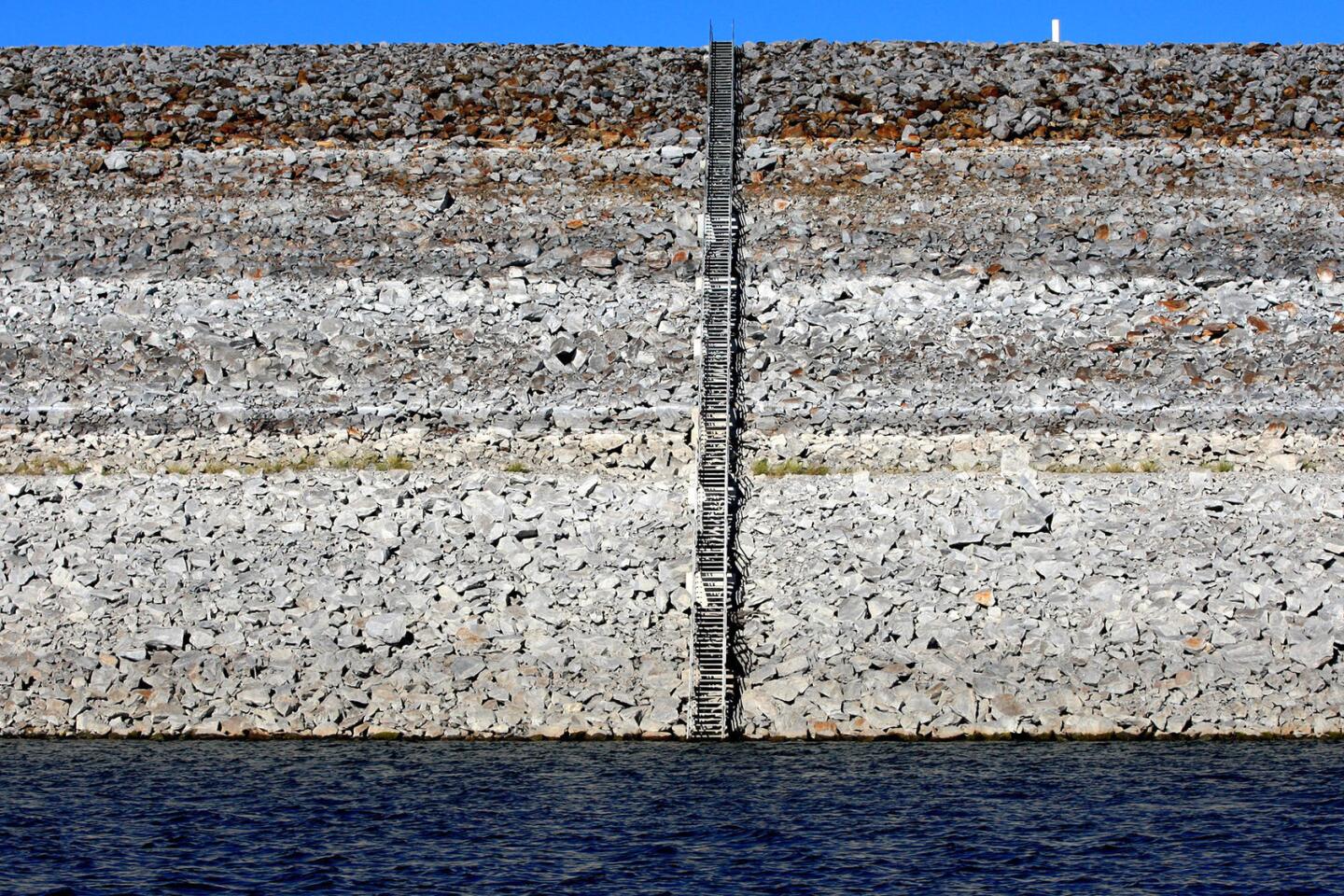
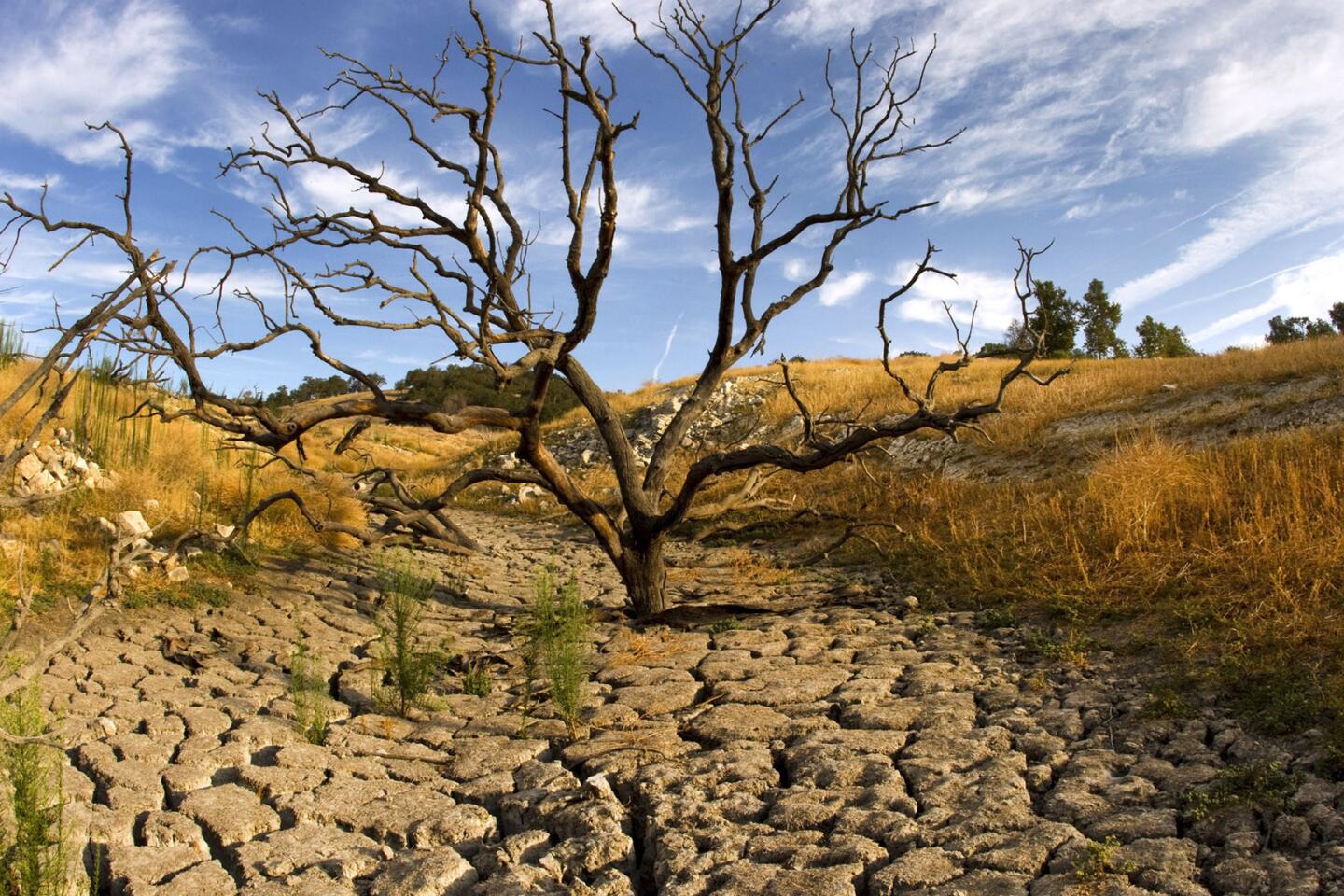
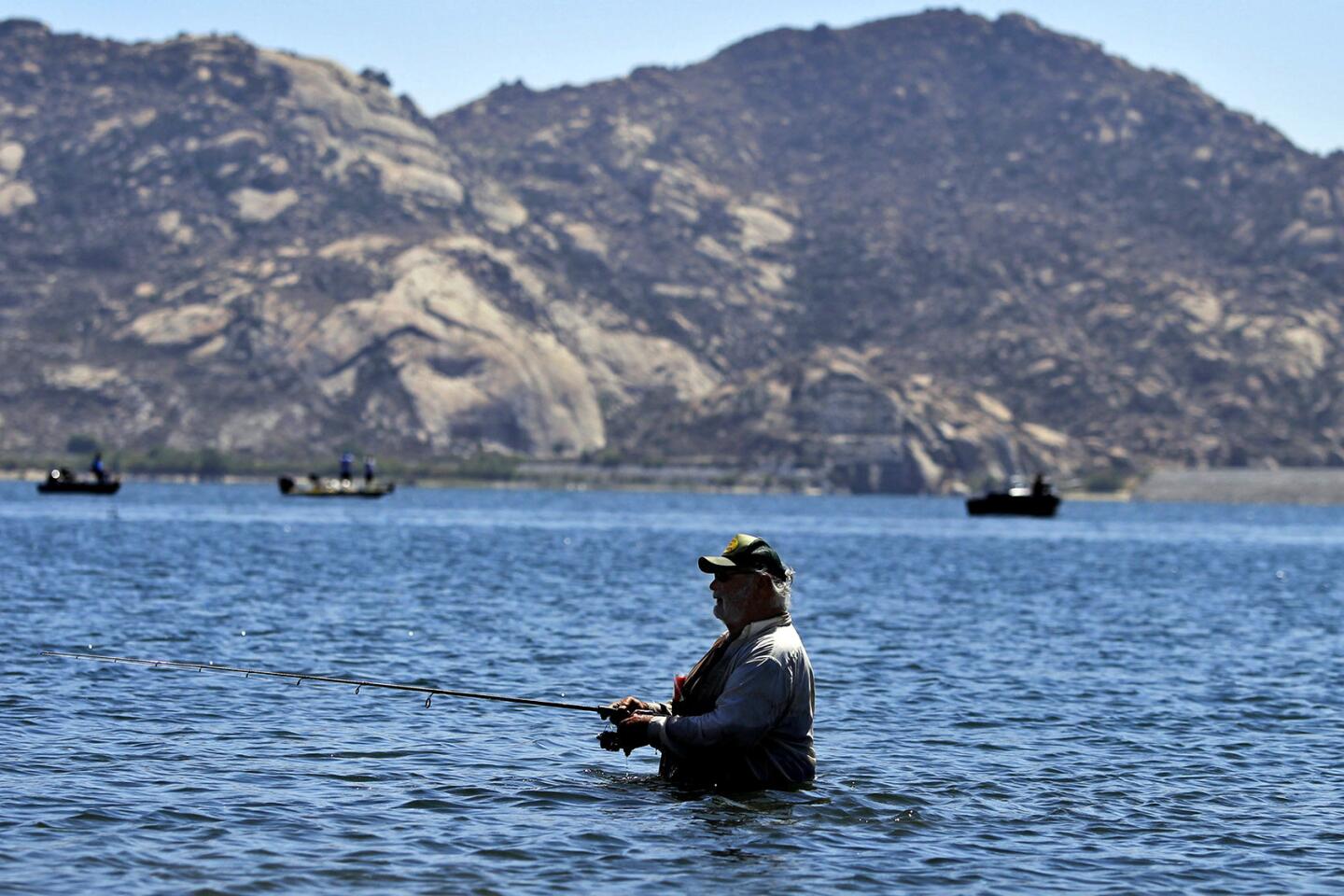
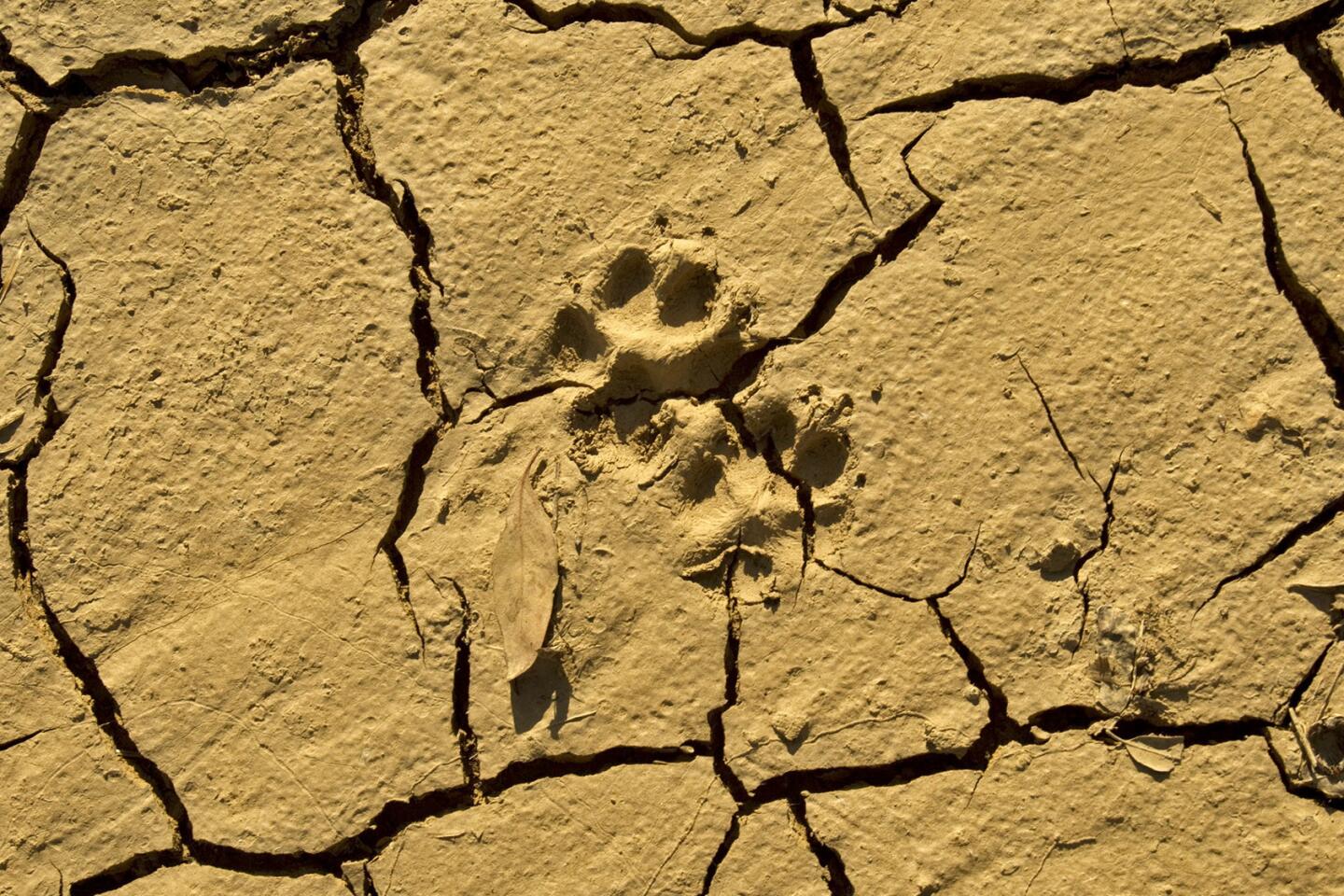
An animal’s footprint is molded into dry, cracked earth in a dry riverbed near a Castaic Lake bridge. Extremely low levels of water at sunrise at Castaic Lake and reveal the effects of the prolonged drought March 8, 2014.
(Allen J. Schaben / Los Angeles Times)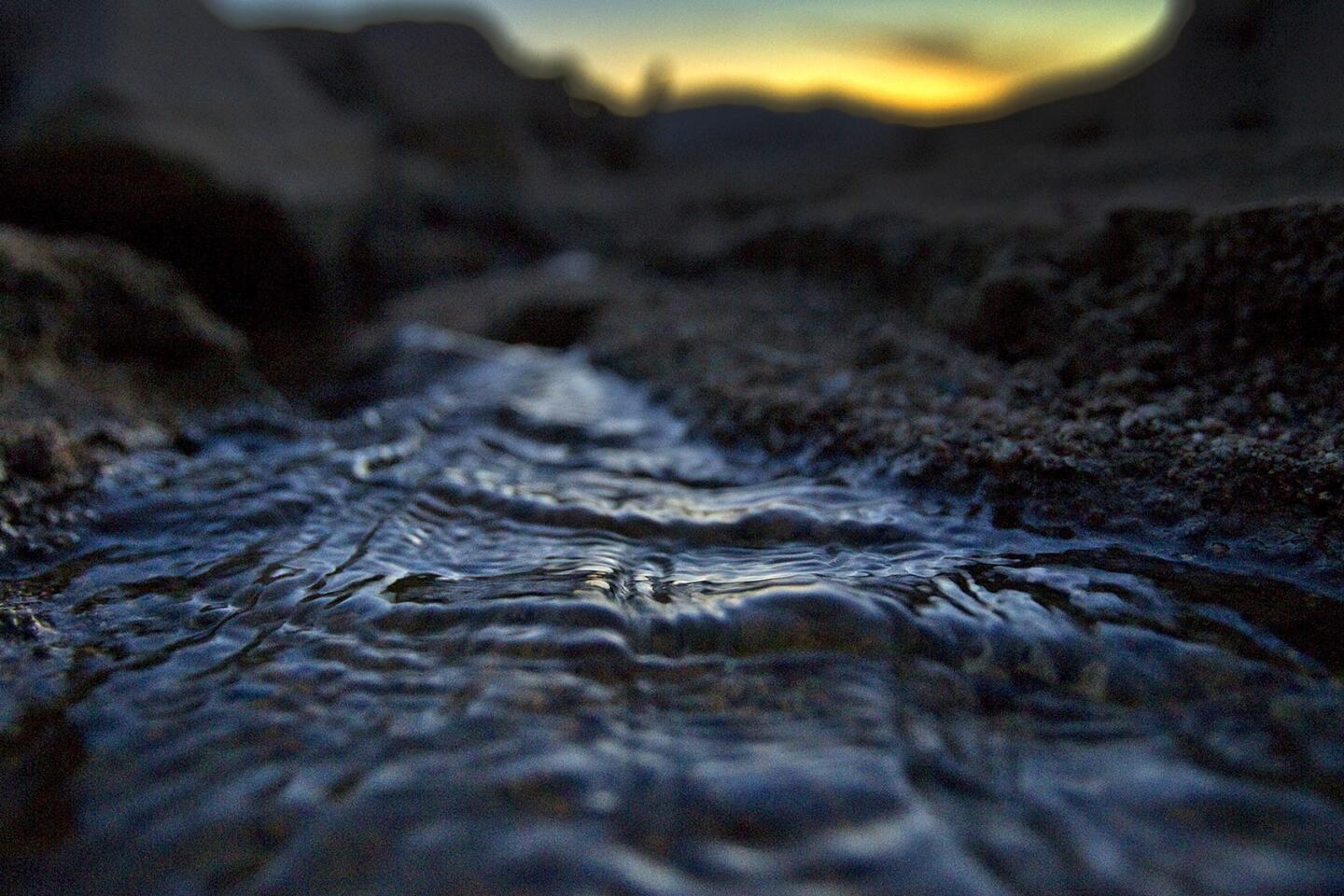
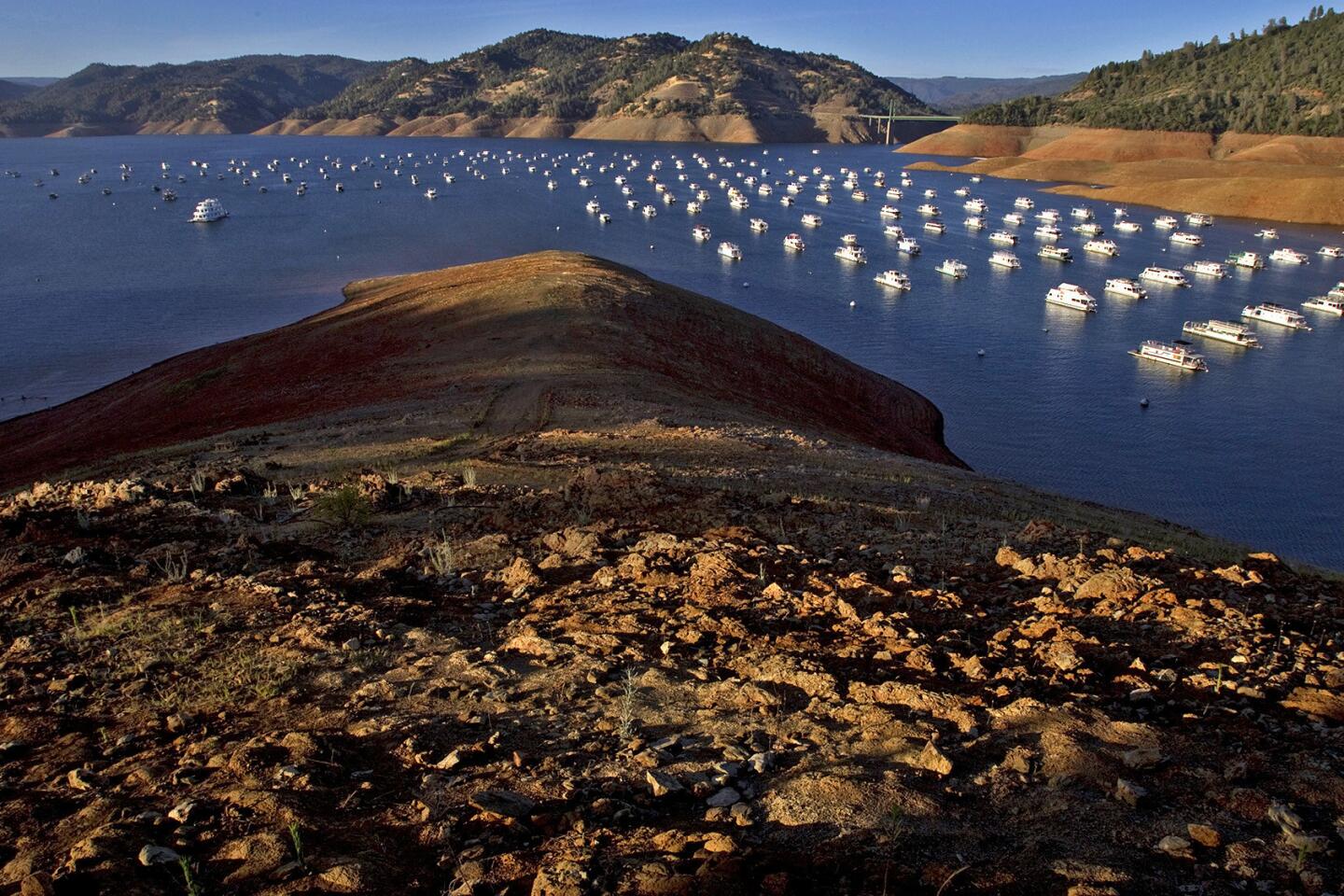
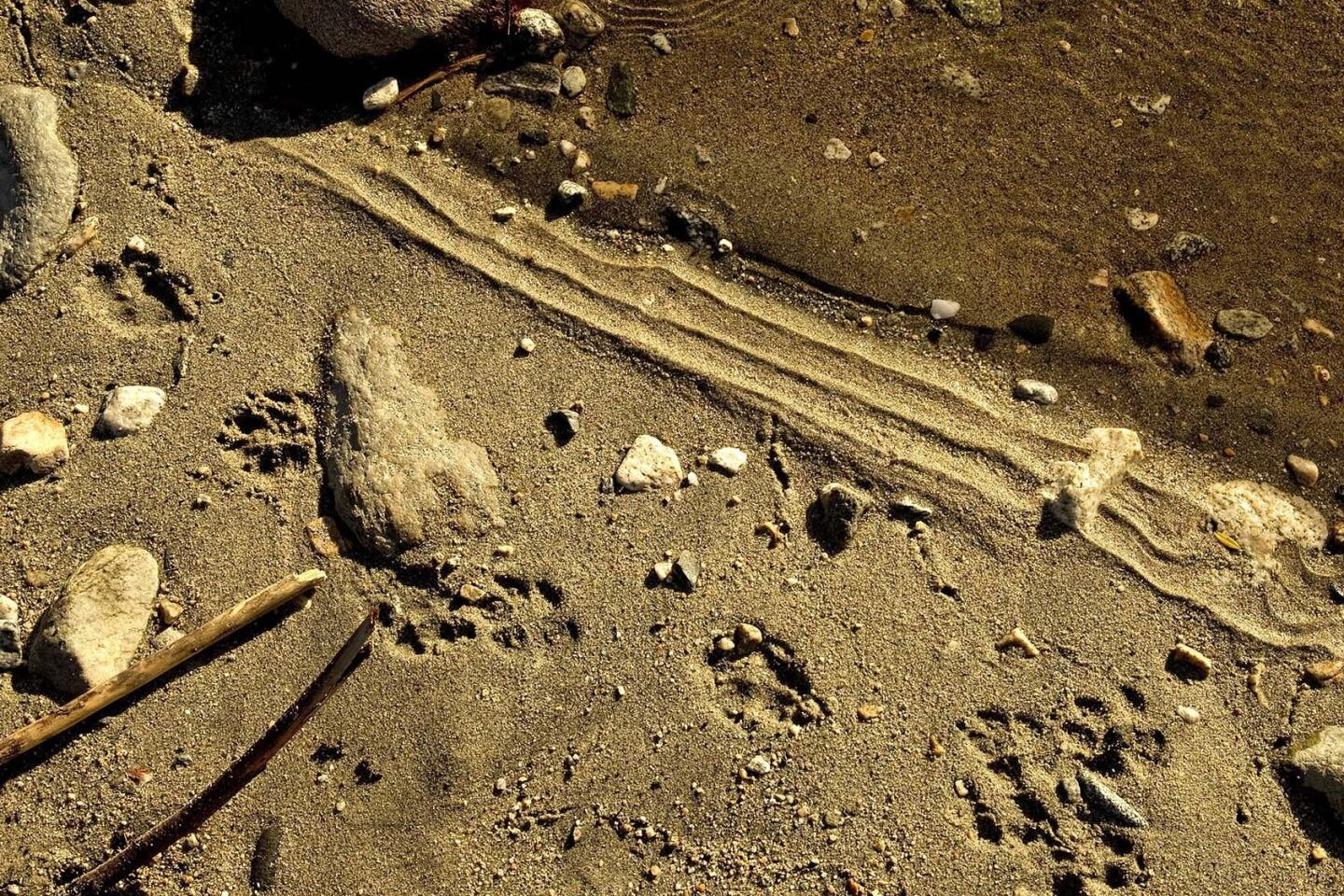
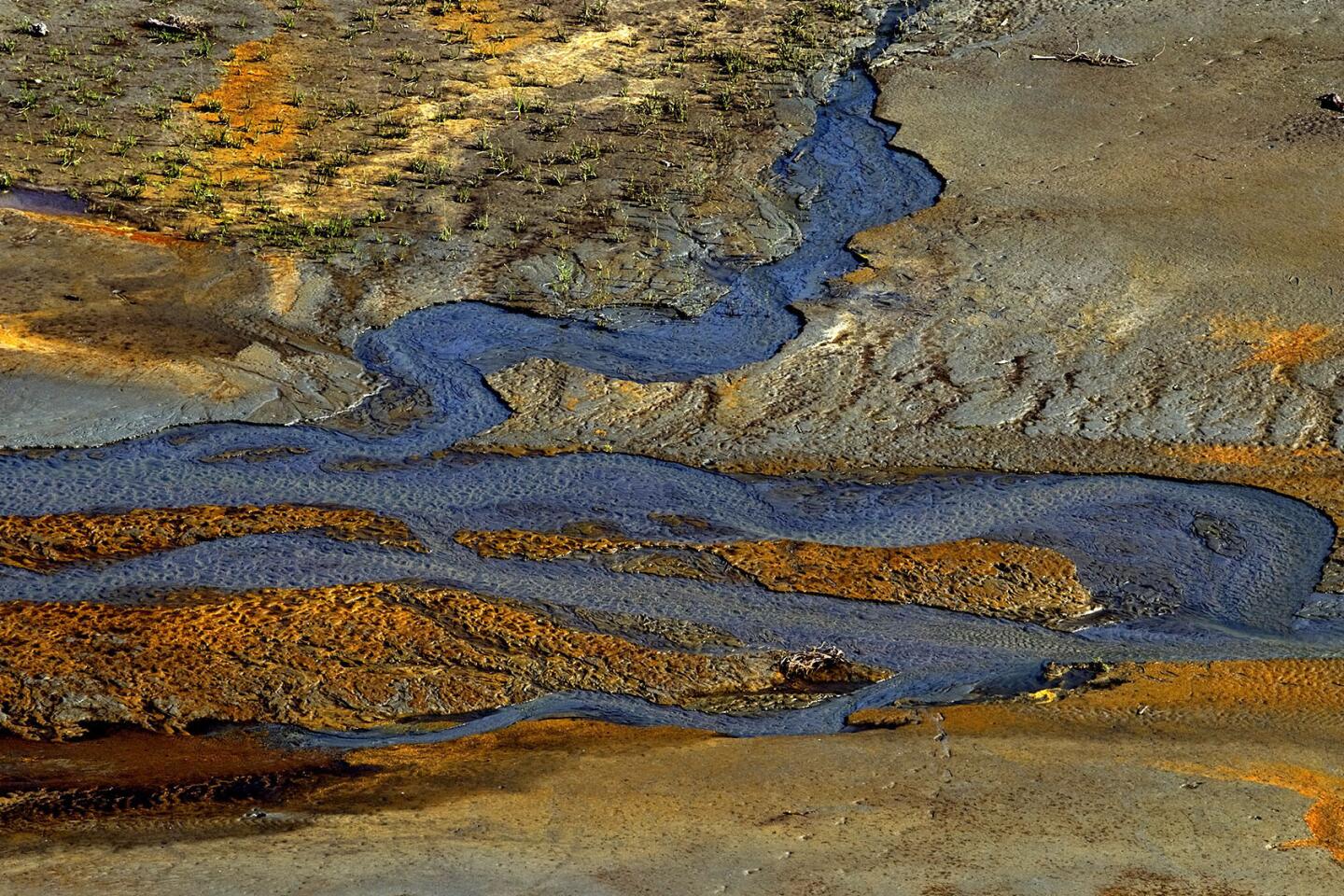
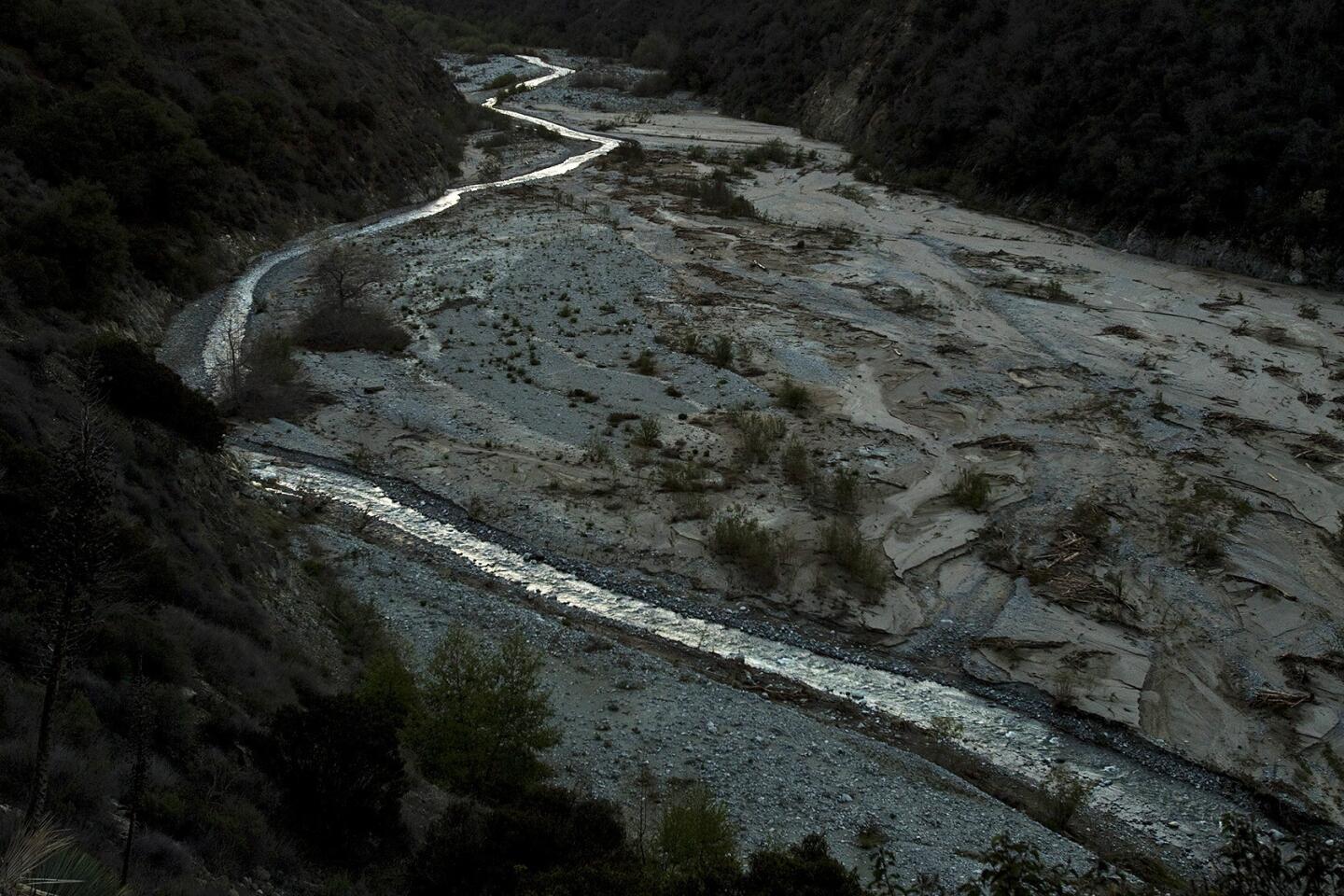
A pre-dawn glow illuminates a narrow, shallow meandering stream flowing in San Gabriel River’s East Fork in the Angeles National Forest, which reveal the effects of the prolonged drought March 12, 2014.
(Allen J. Schaben / Los Angeles Times)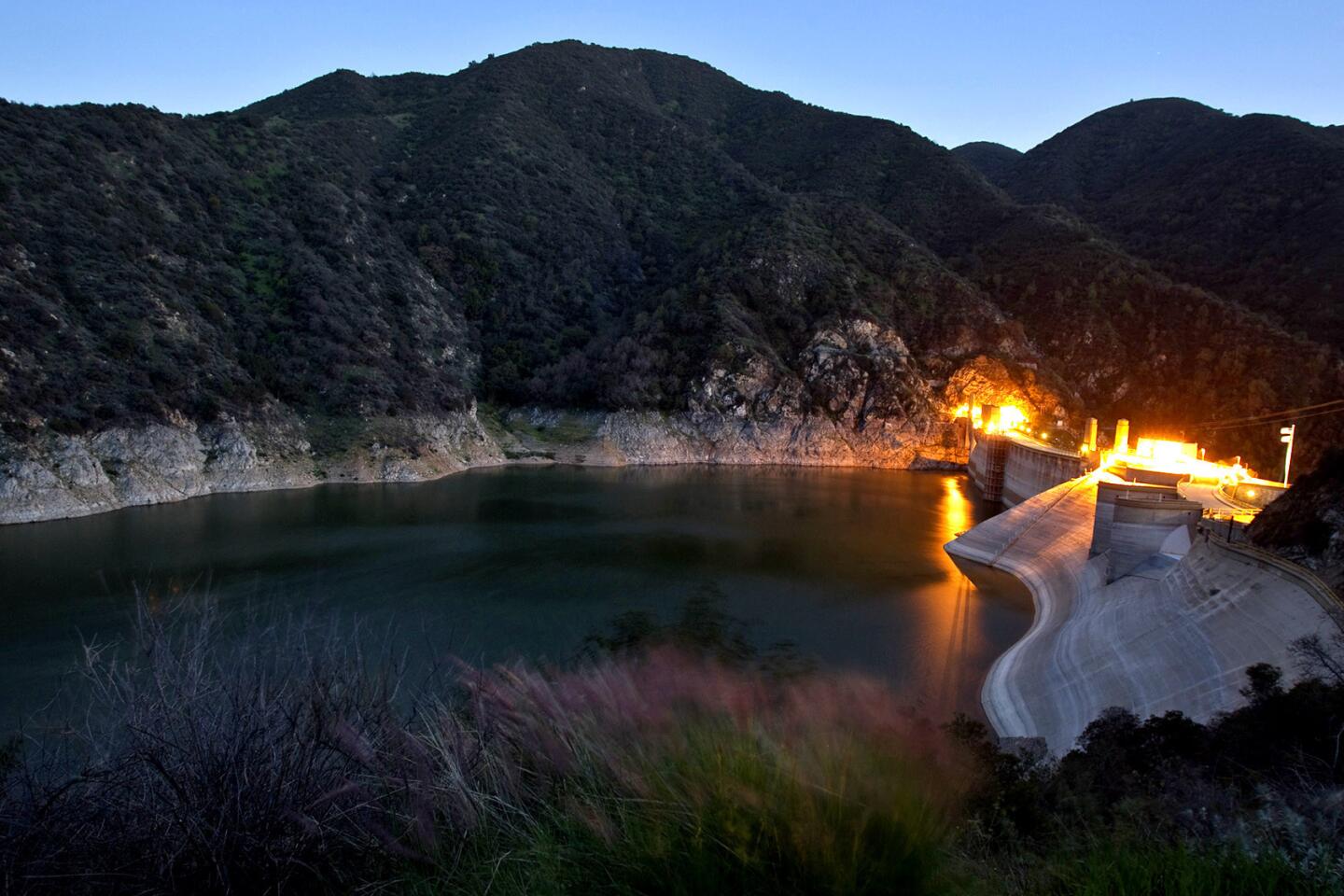
A white rocky ring reveals low levels of water in the Morris Dam, just north of Azusa in the Angeles National Forest, reflecting the effects of the prolonged drought March 12, 2014.
(Allen J. Schaben / Los Angeles Times)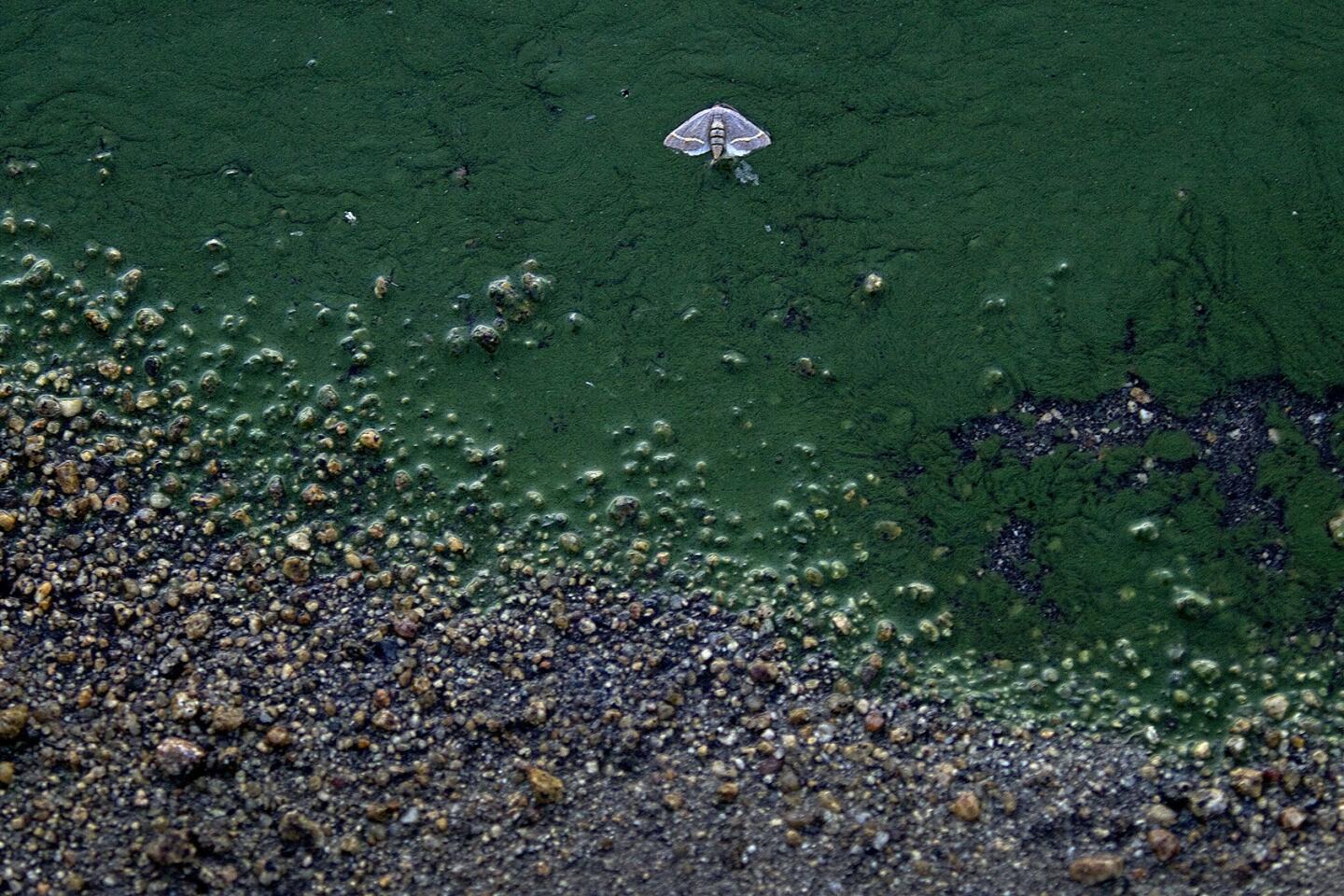
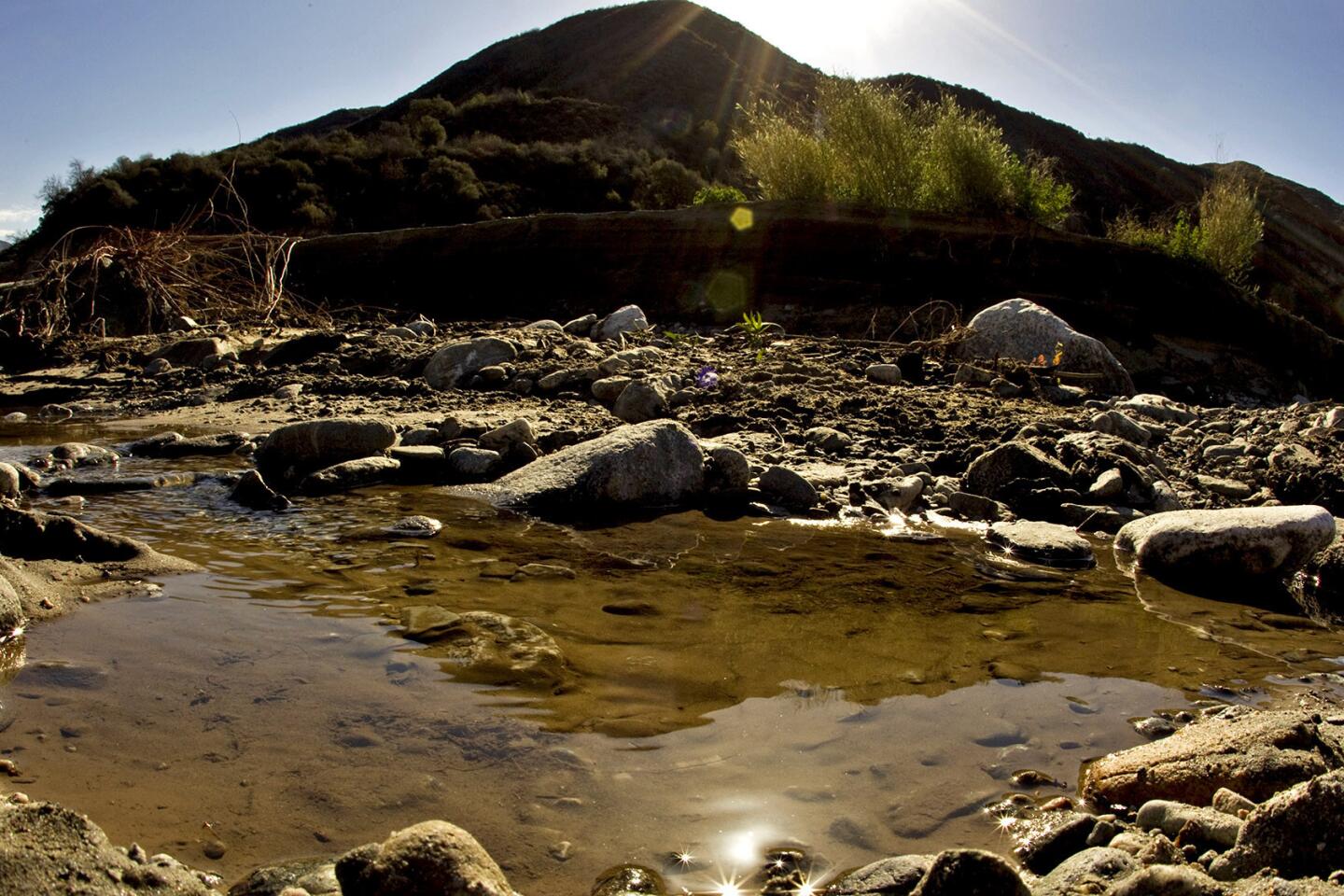
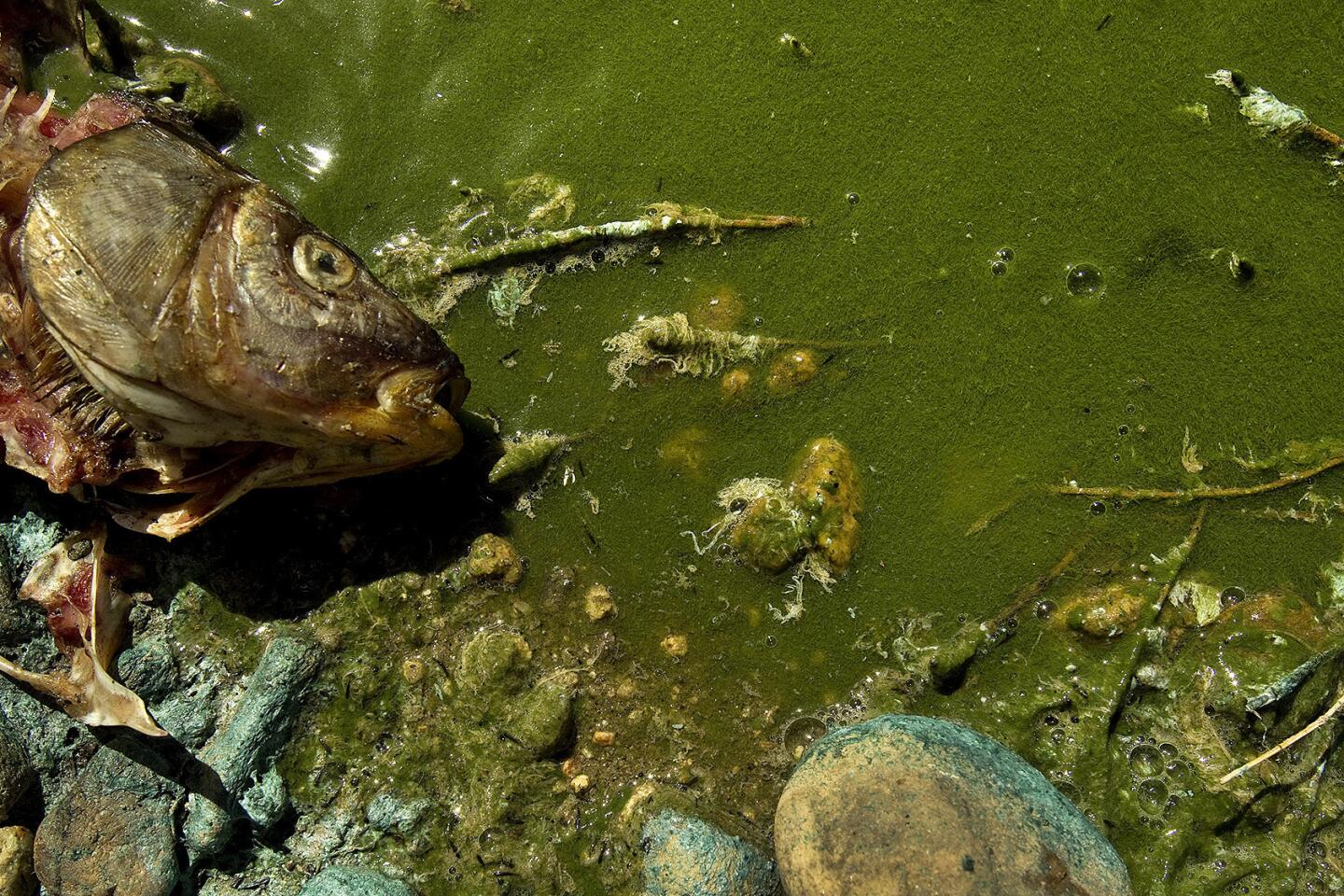
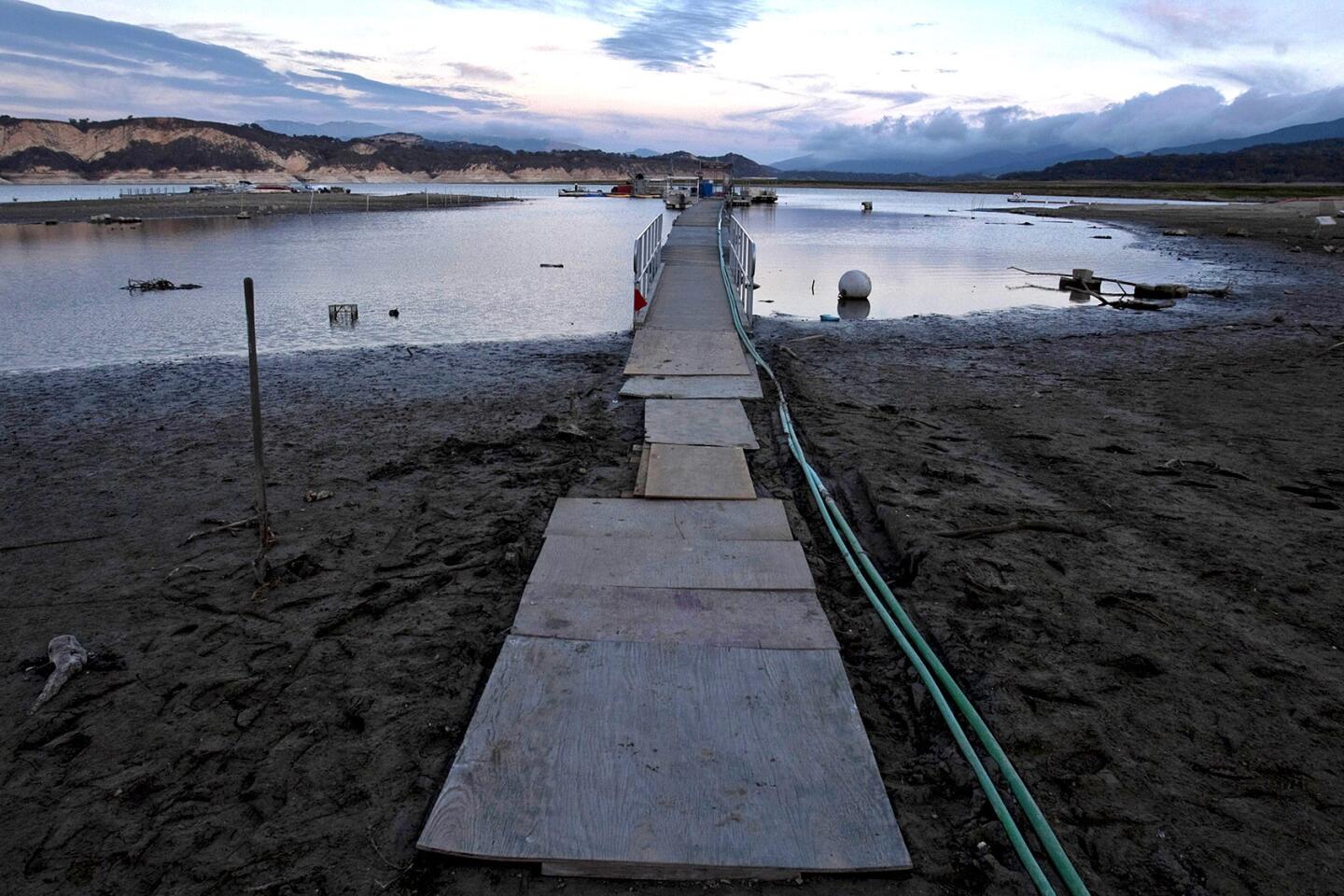
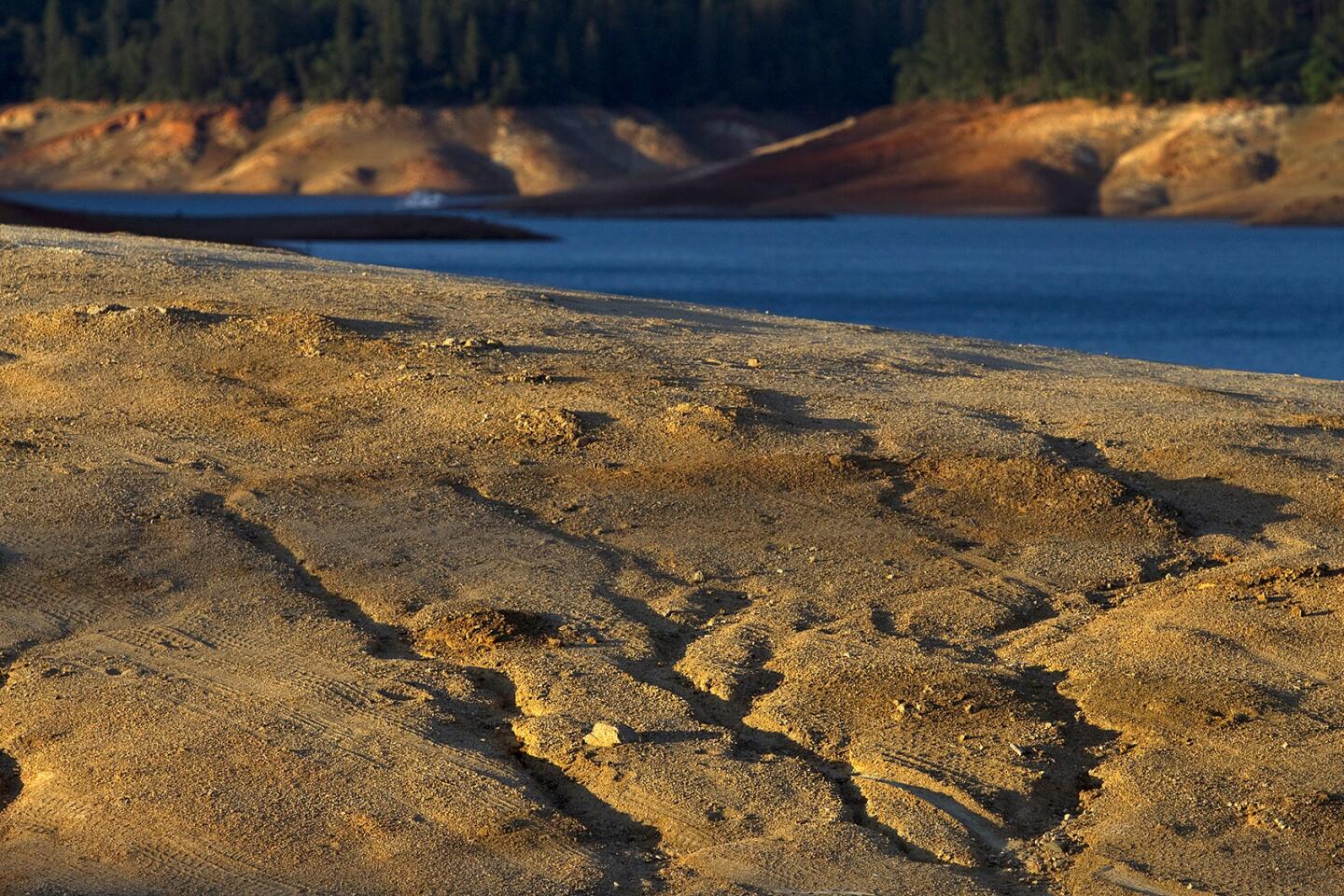
Dry ruts in a island reveal where the water level used to be at Lake Shasta due to serious drought conditions. Lake Shasta is at 31% of capacity due to the ongoing drought and is likely to get worse.
(Allen J. Schaben / Los Angeles Times)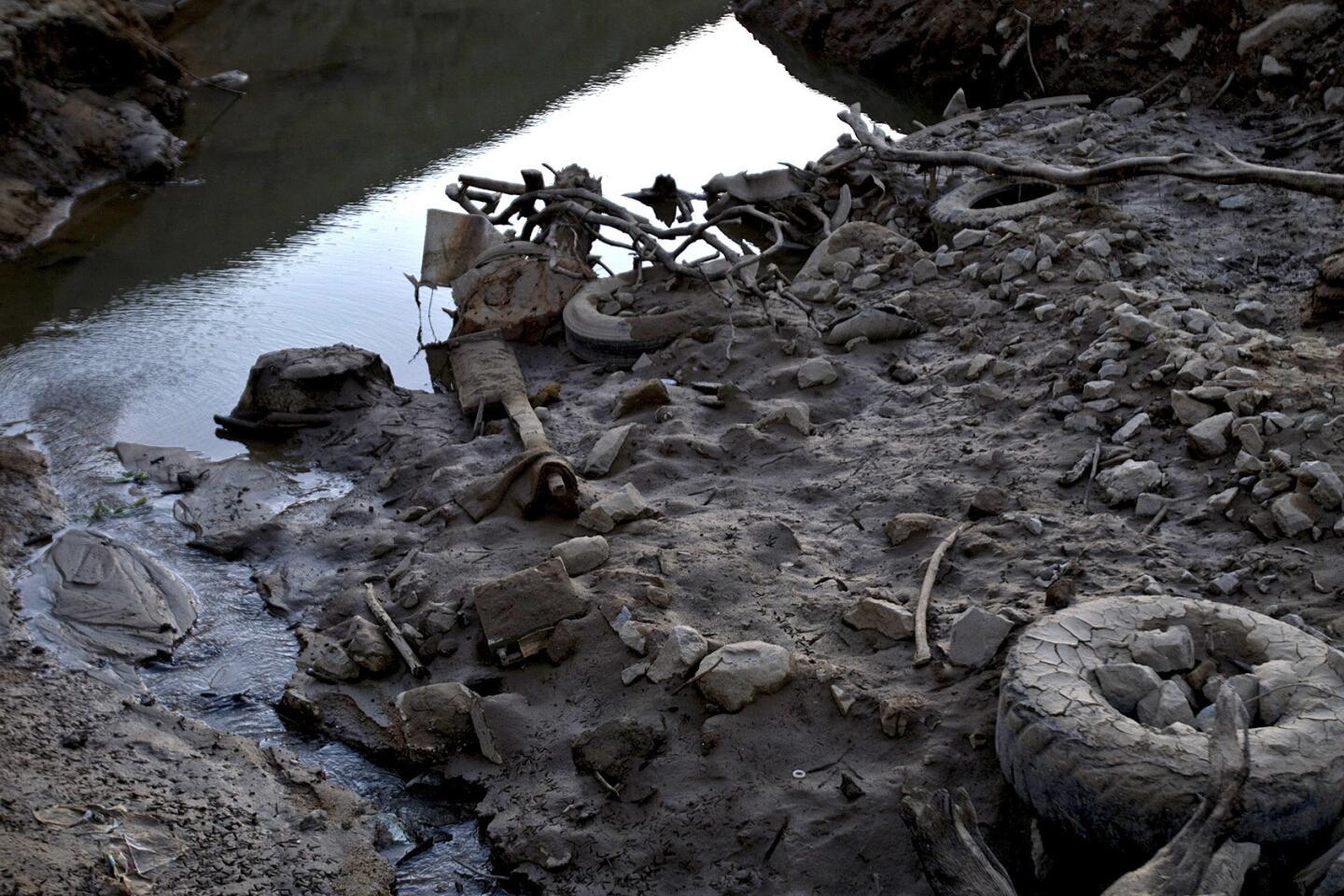
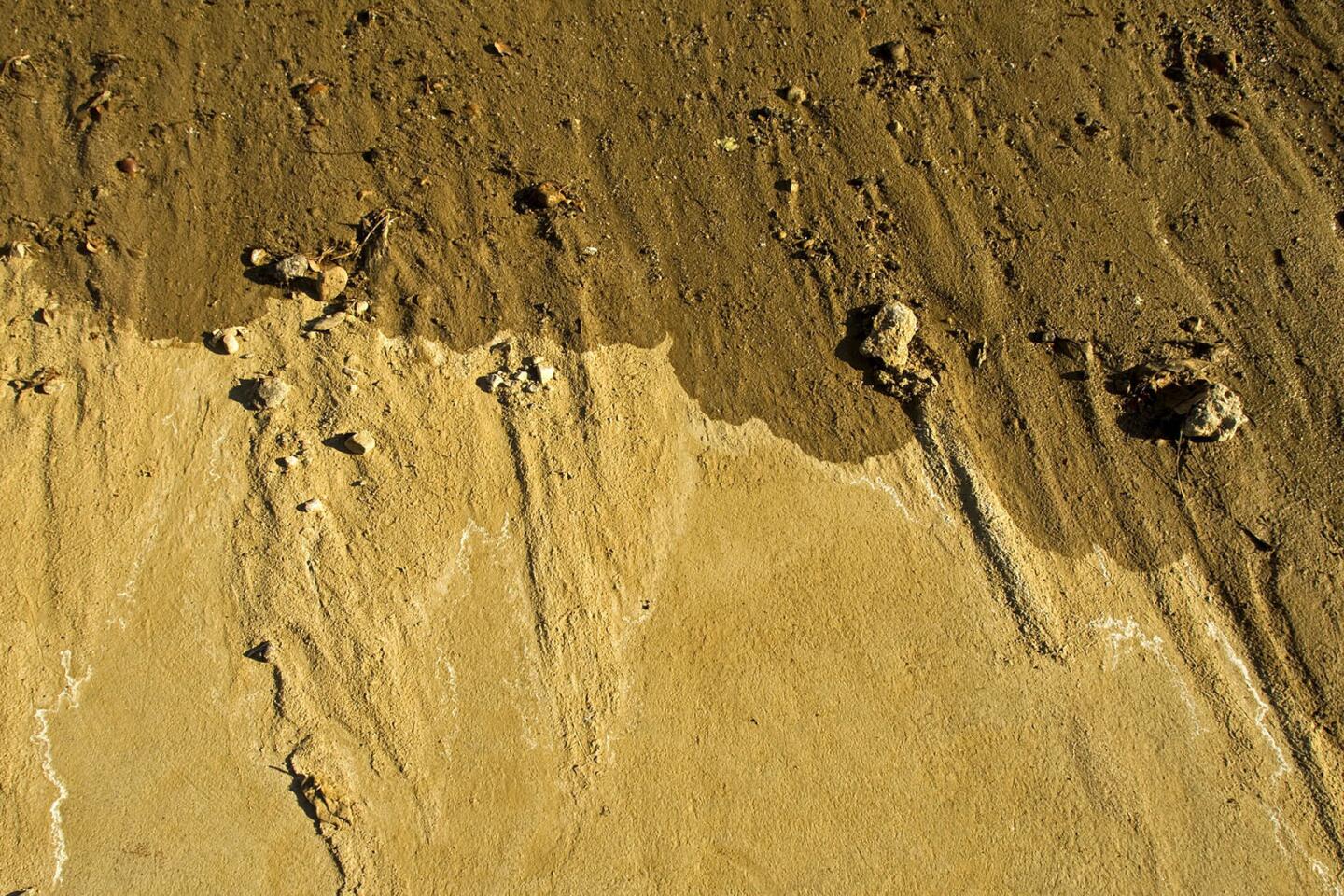
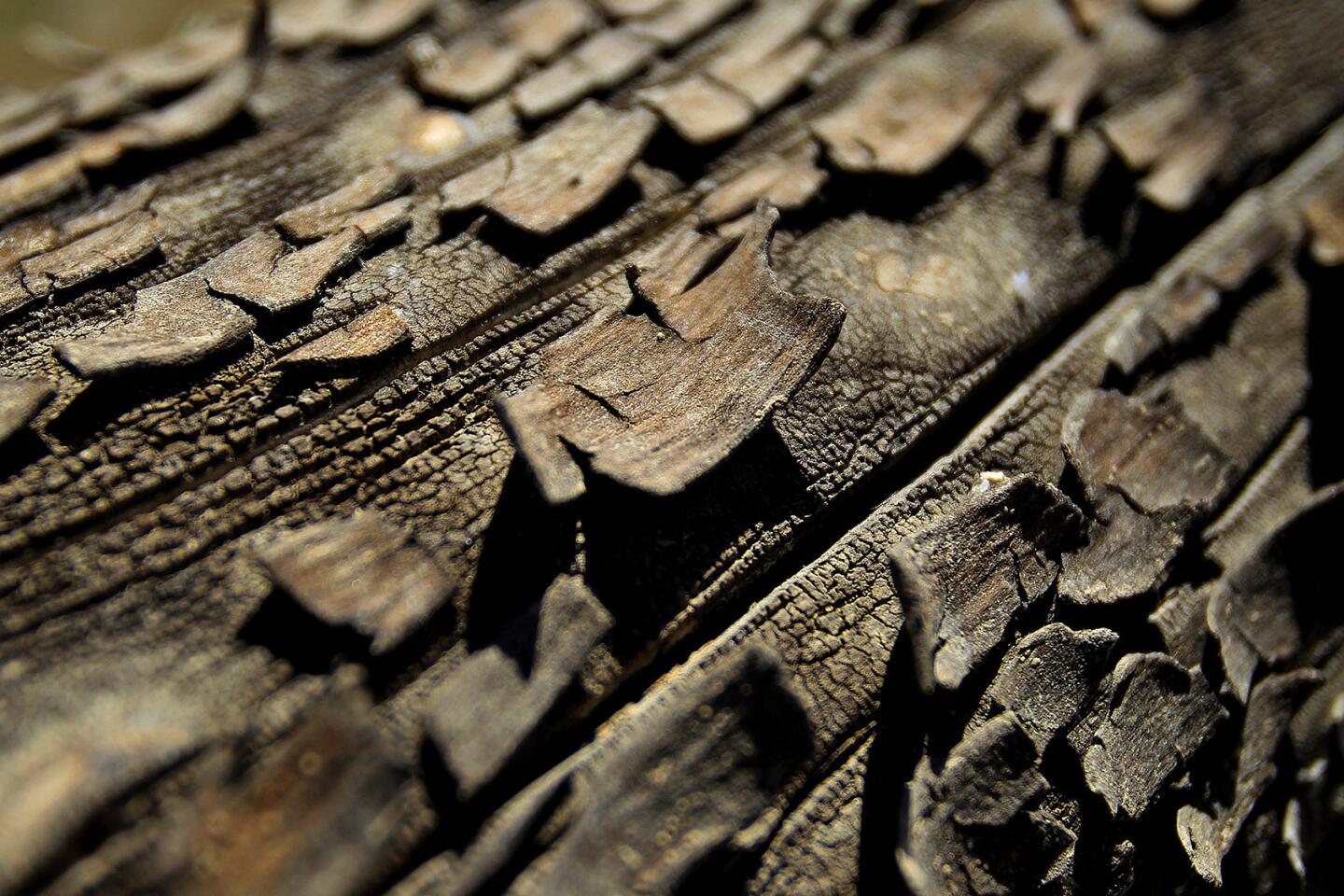
Severe drought conditions are evident as dried bark peels in the hot sun where water levels are down 160 feet from the high water mark at Lake Oroville June 21, 2014. Officials say Lake Oroville is at 43% capacity and likely to get worse, but is not as bad as the drought of 1976-77.
(Allen J. Schaben / Los Angeles Times)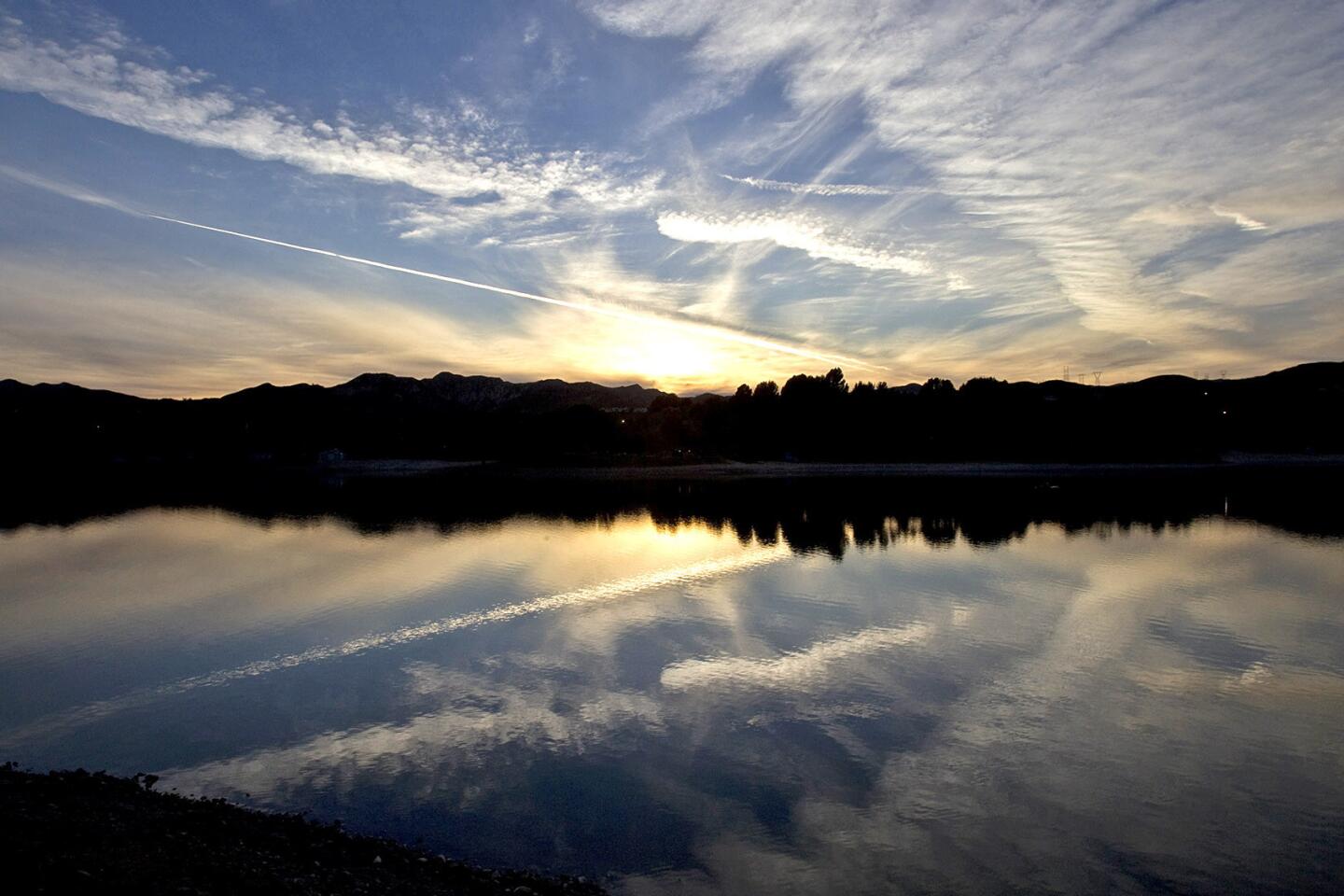
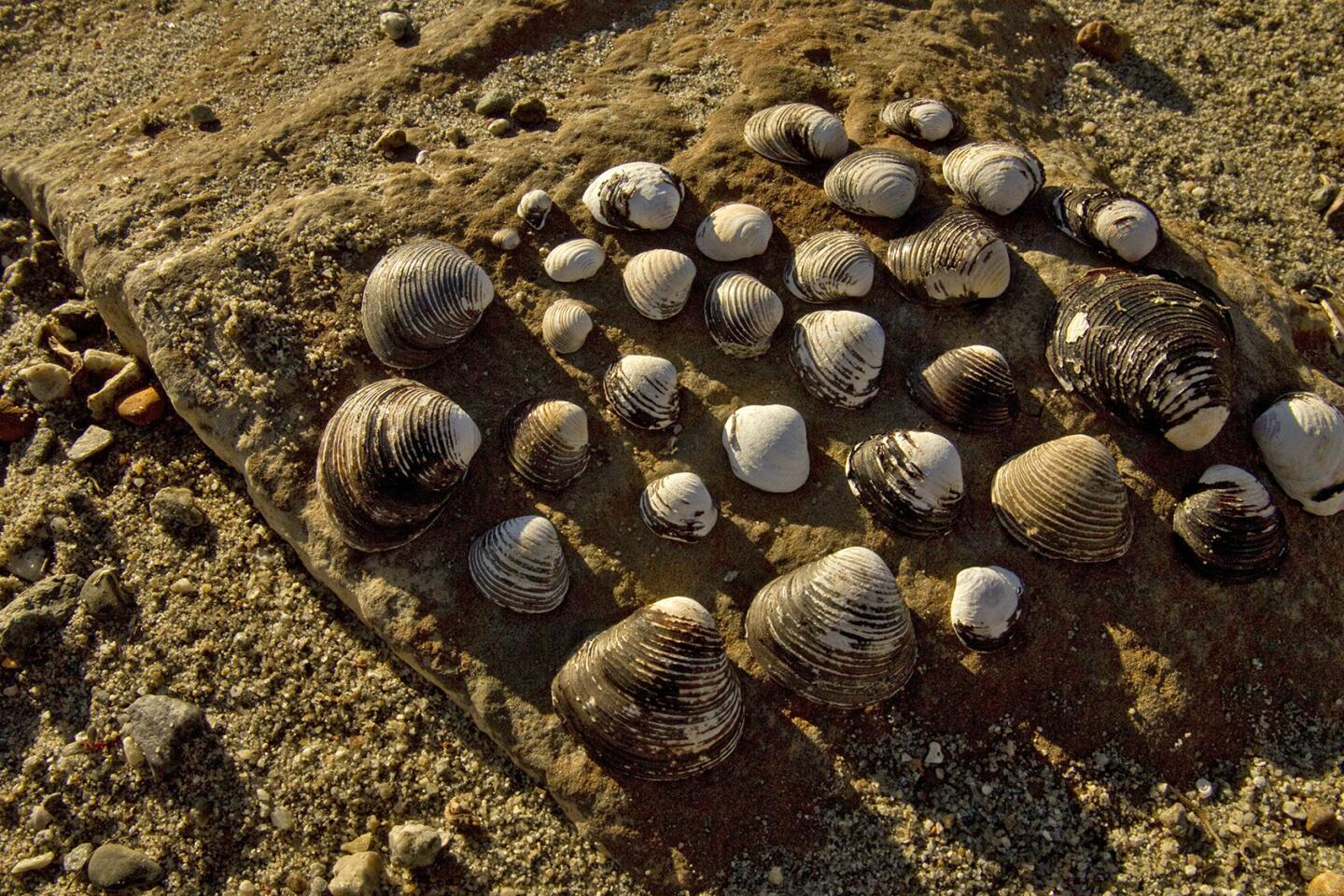
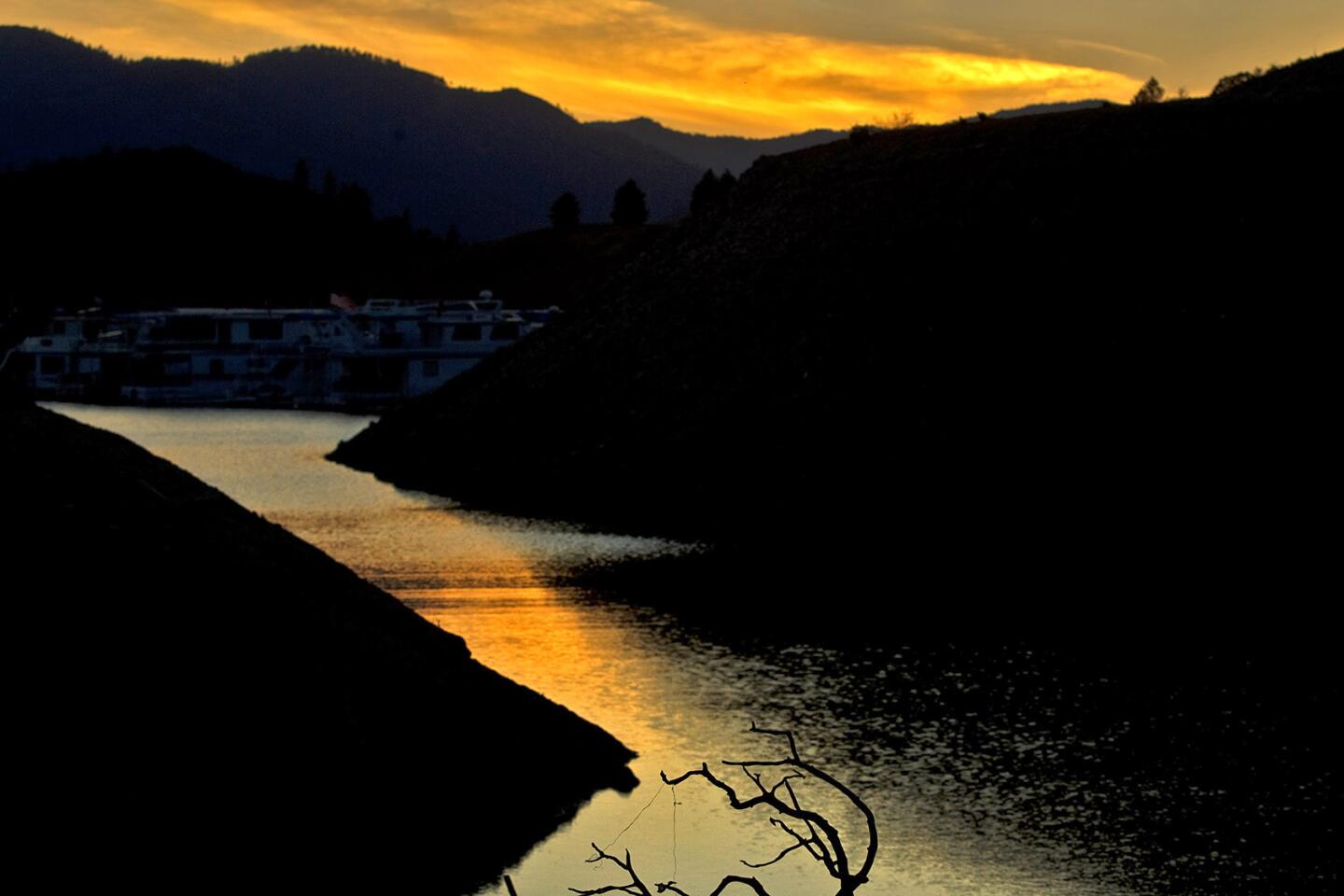
Fallen tree branches and a narrow body of water receding into Lake Shasta at dusk reveal signs of serious drought conditions June 22, 2014. Lake Shasta is at 37% of capacity due to the ongoing drought and is likely to get worse.
(Allen J. Schaben / Los Angeles Times)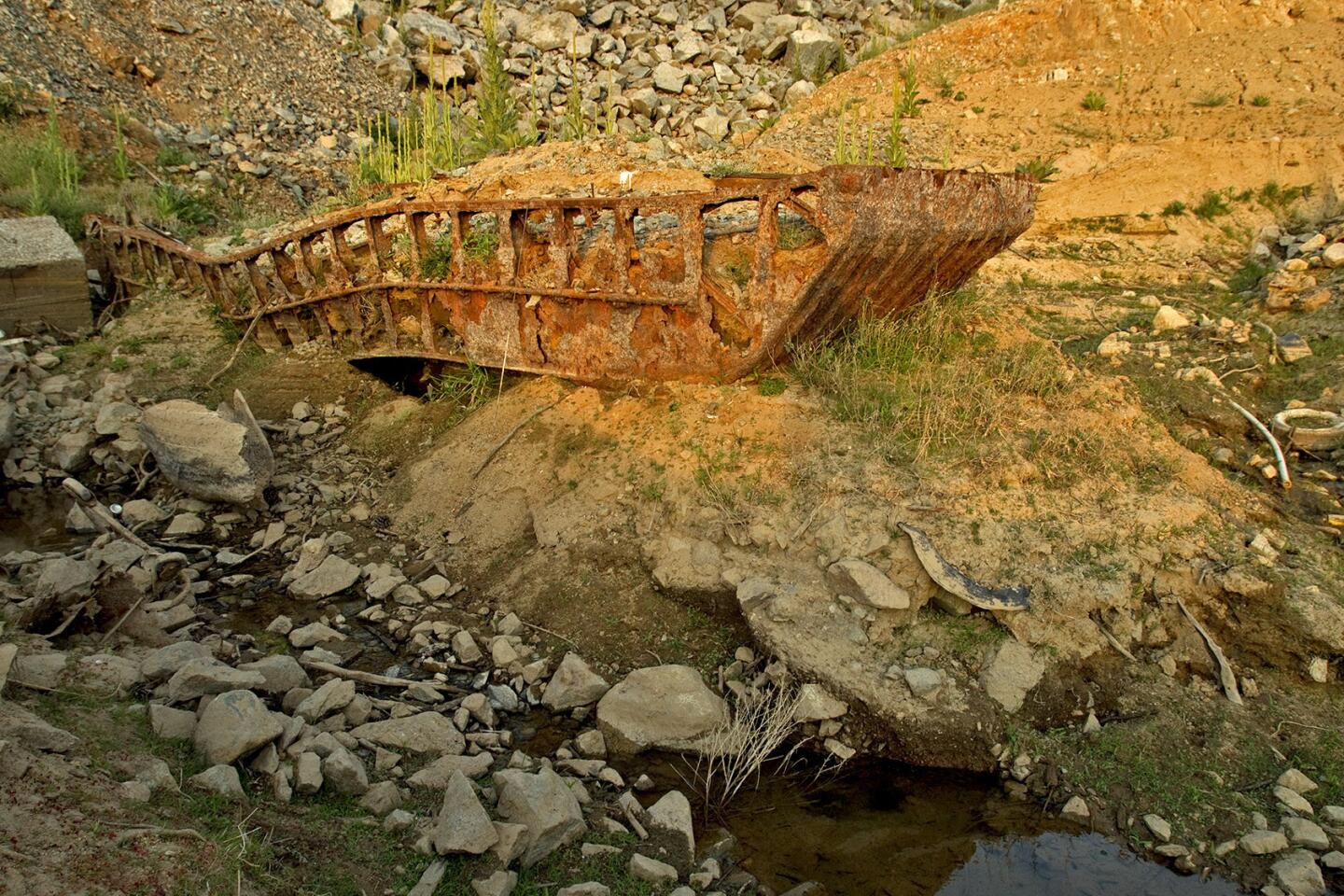
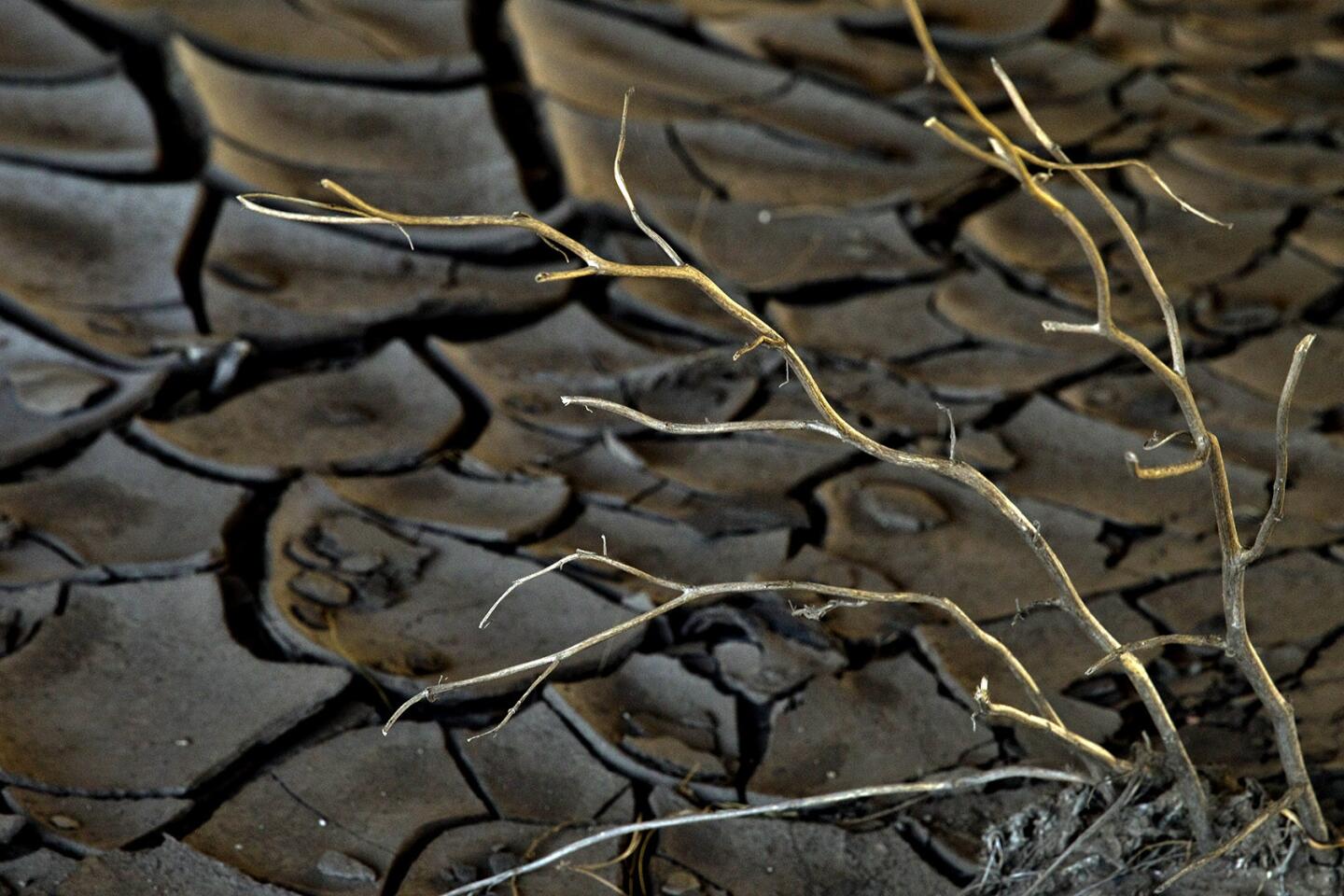
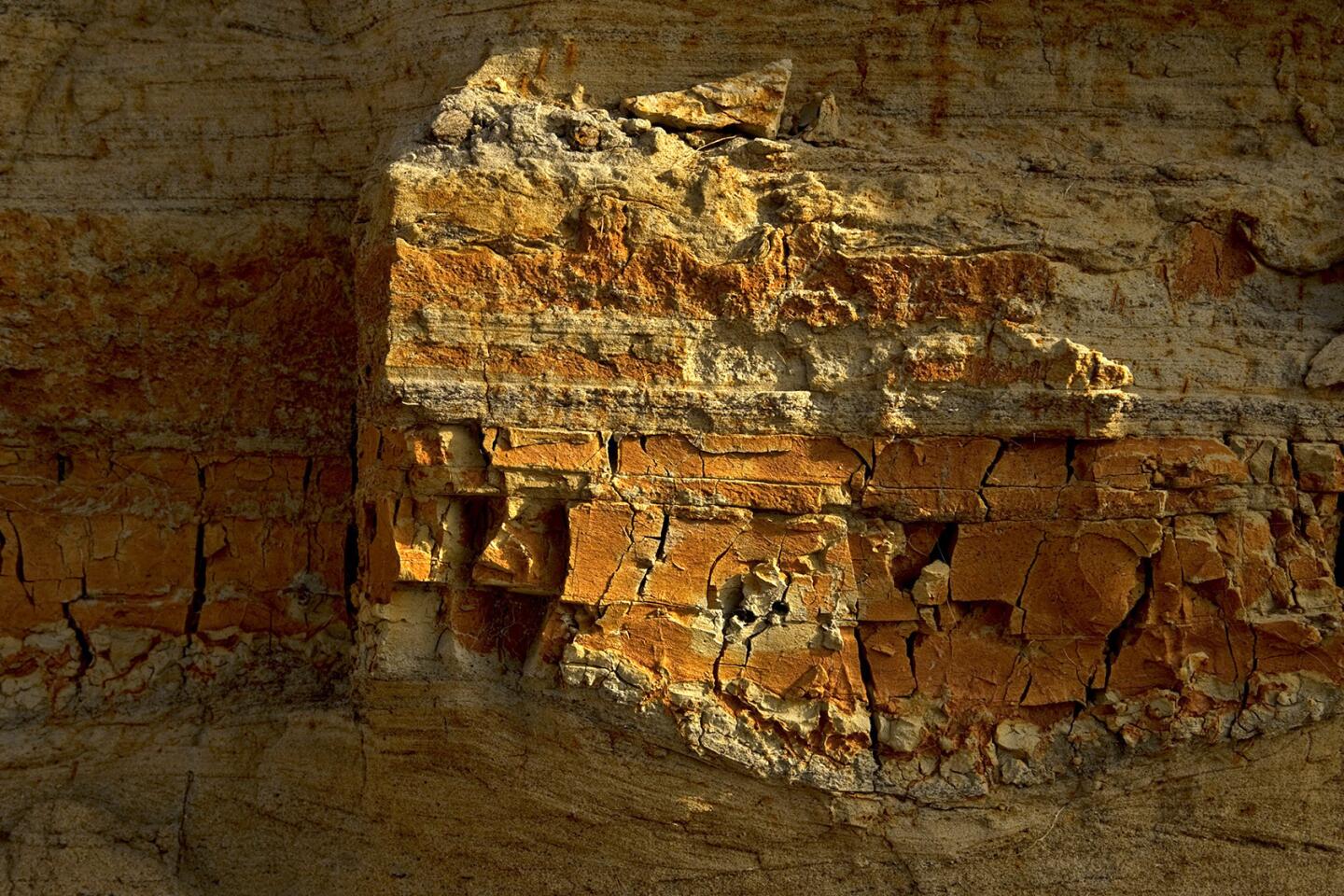
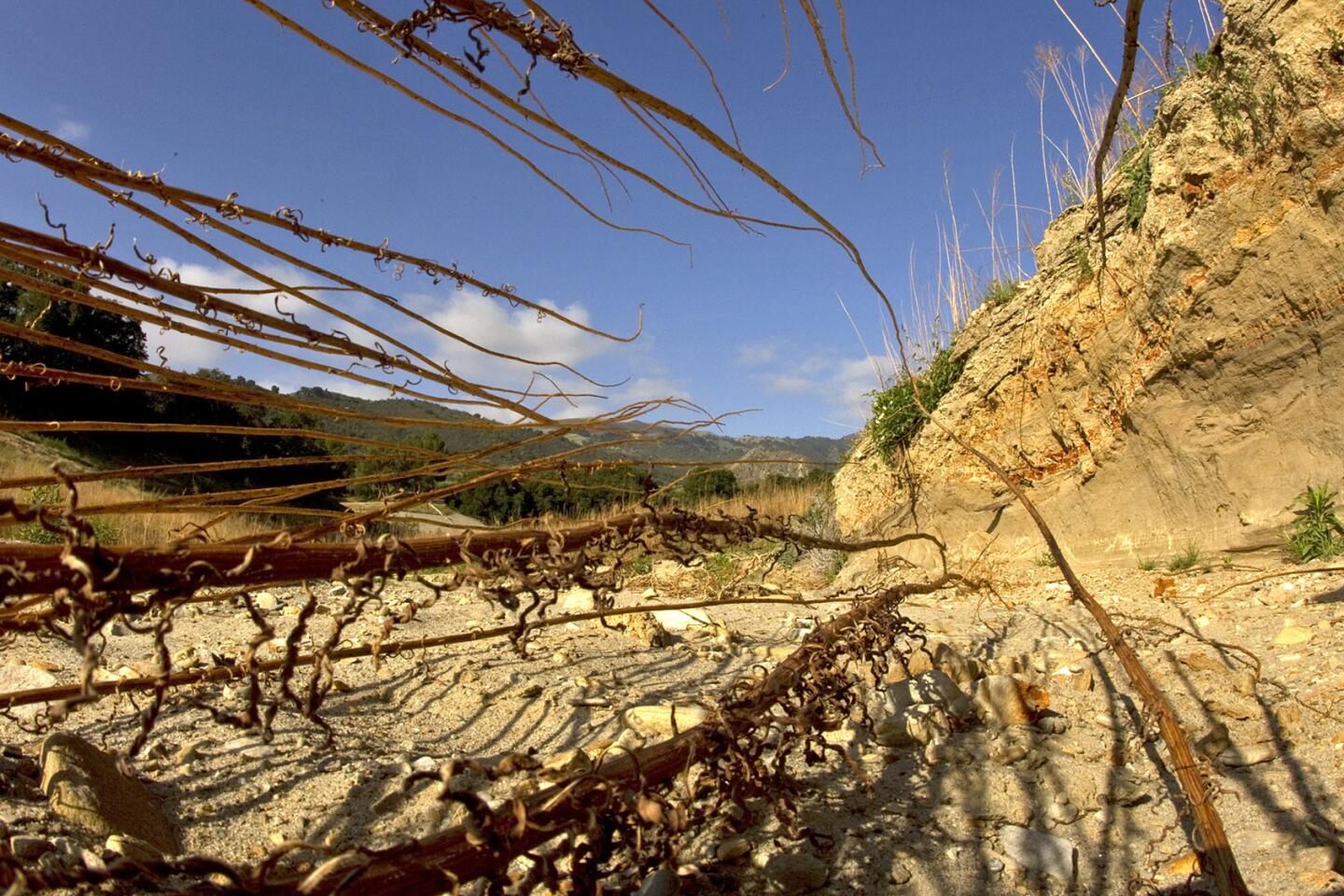
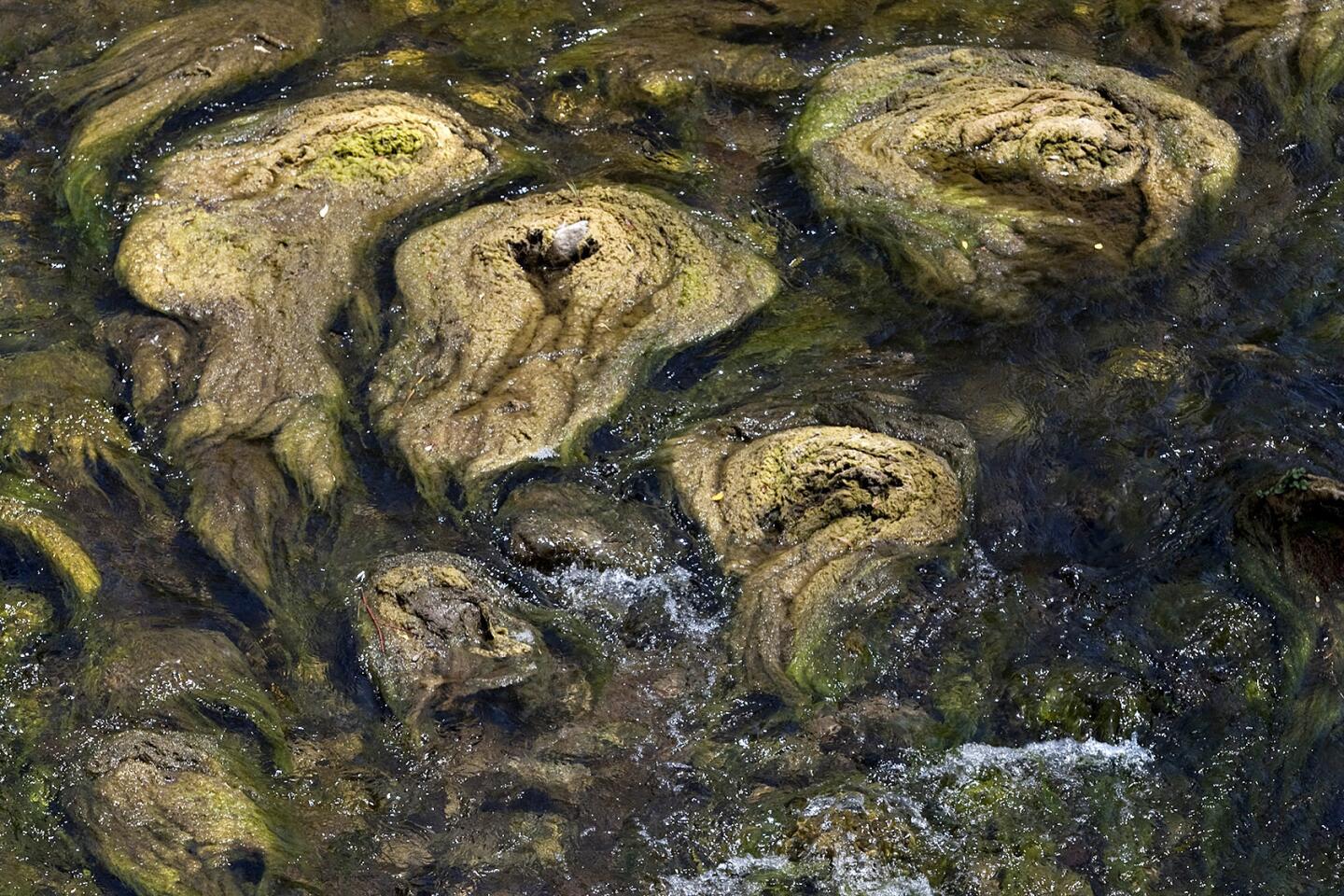
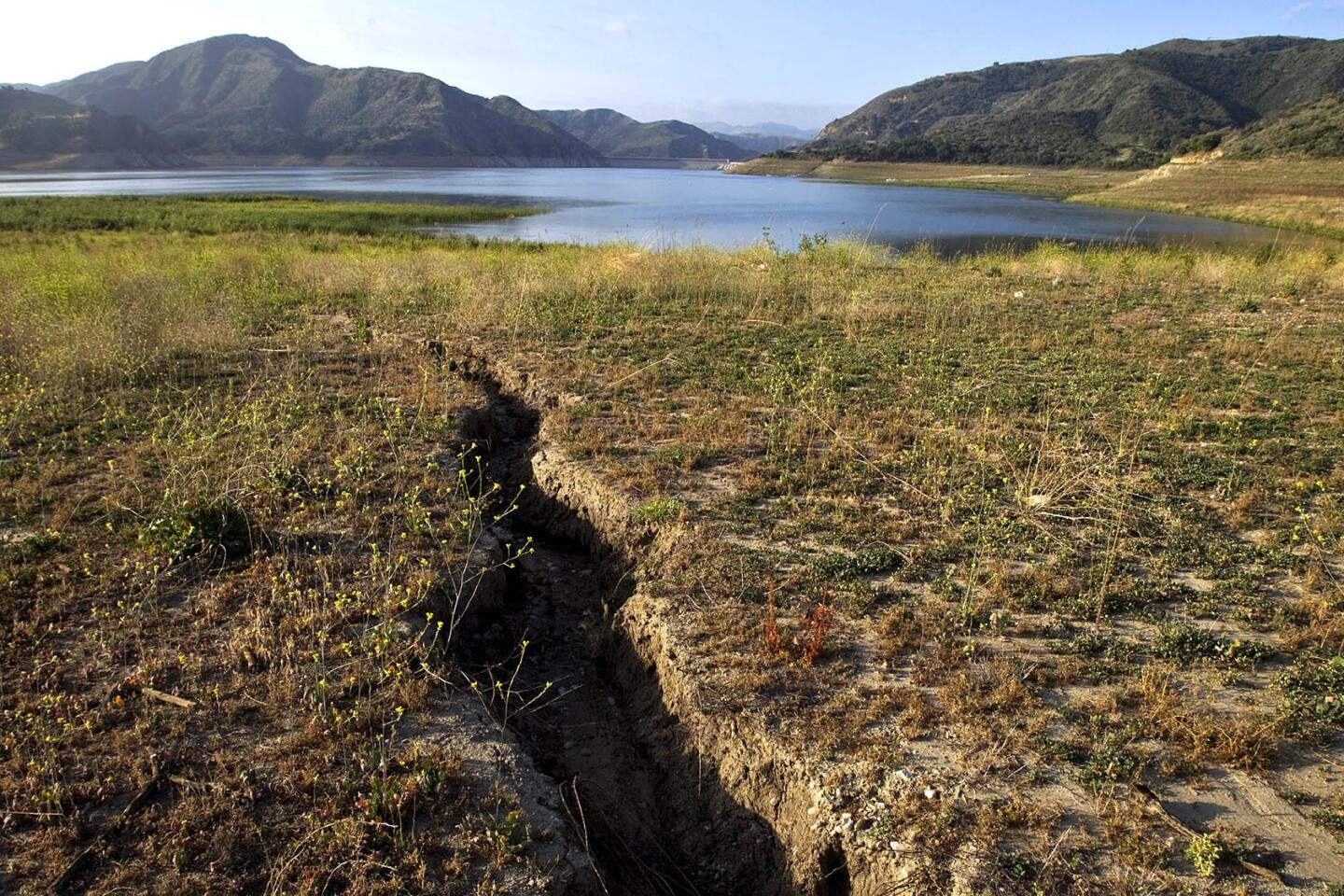
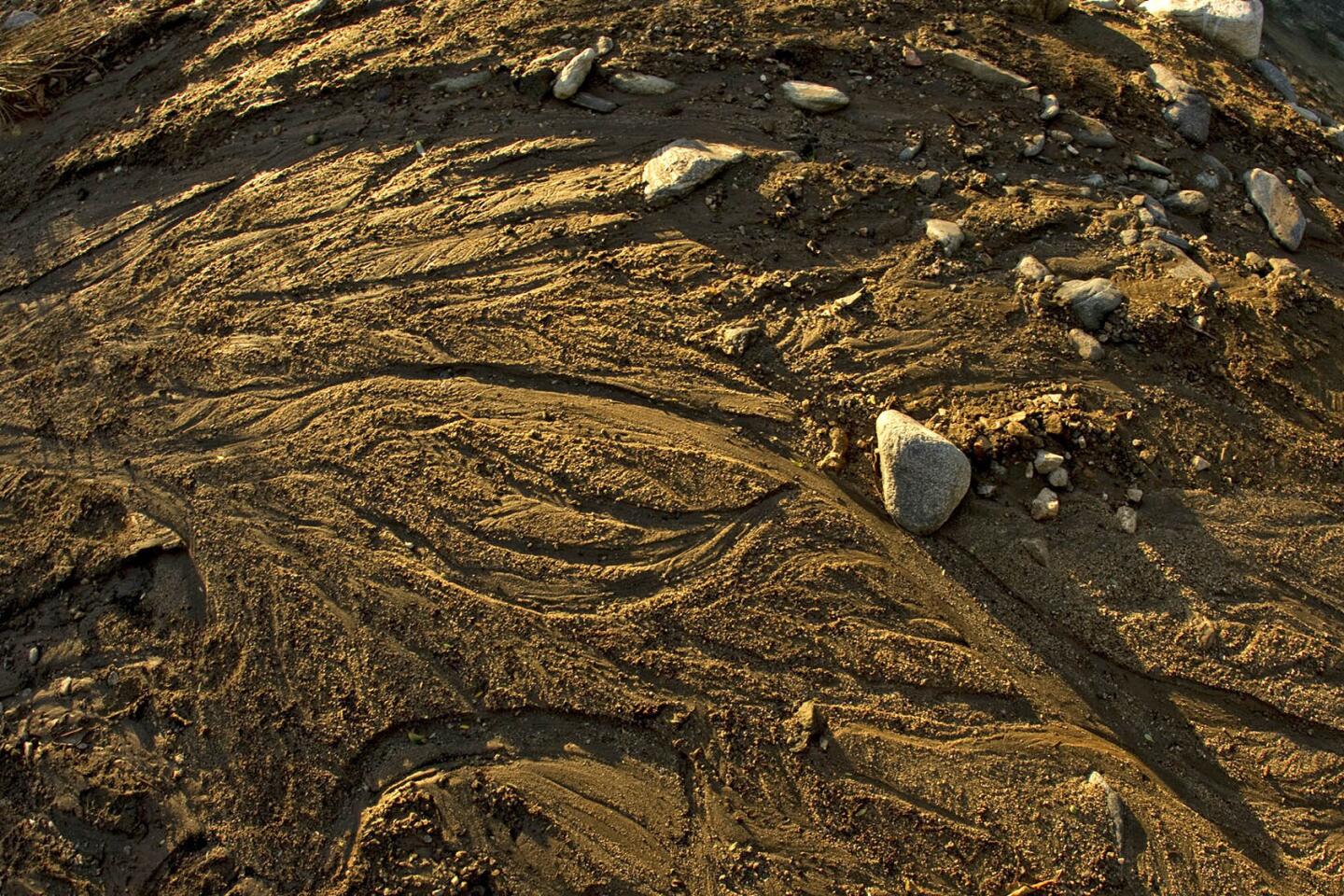
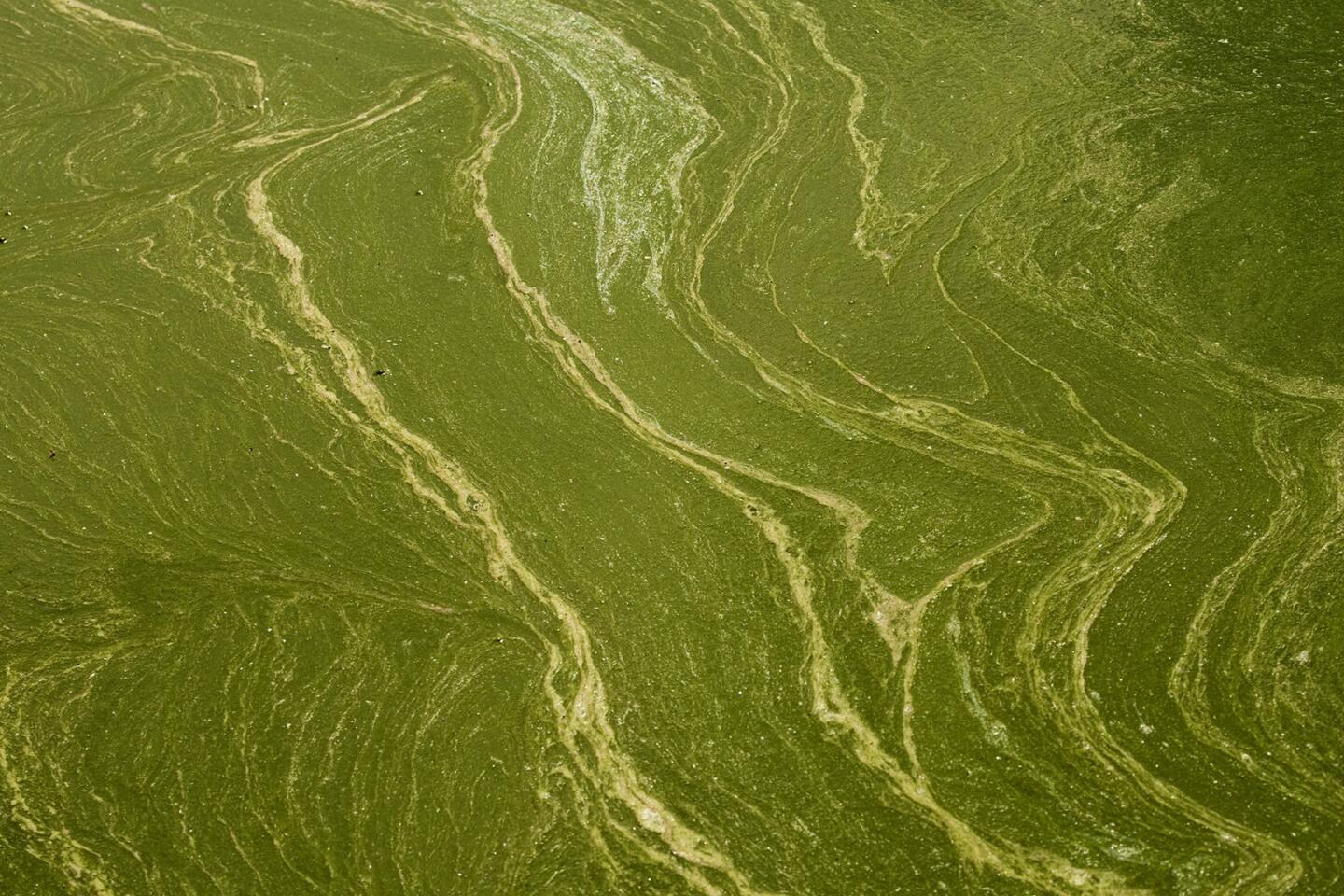
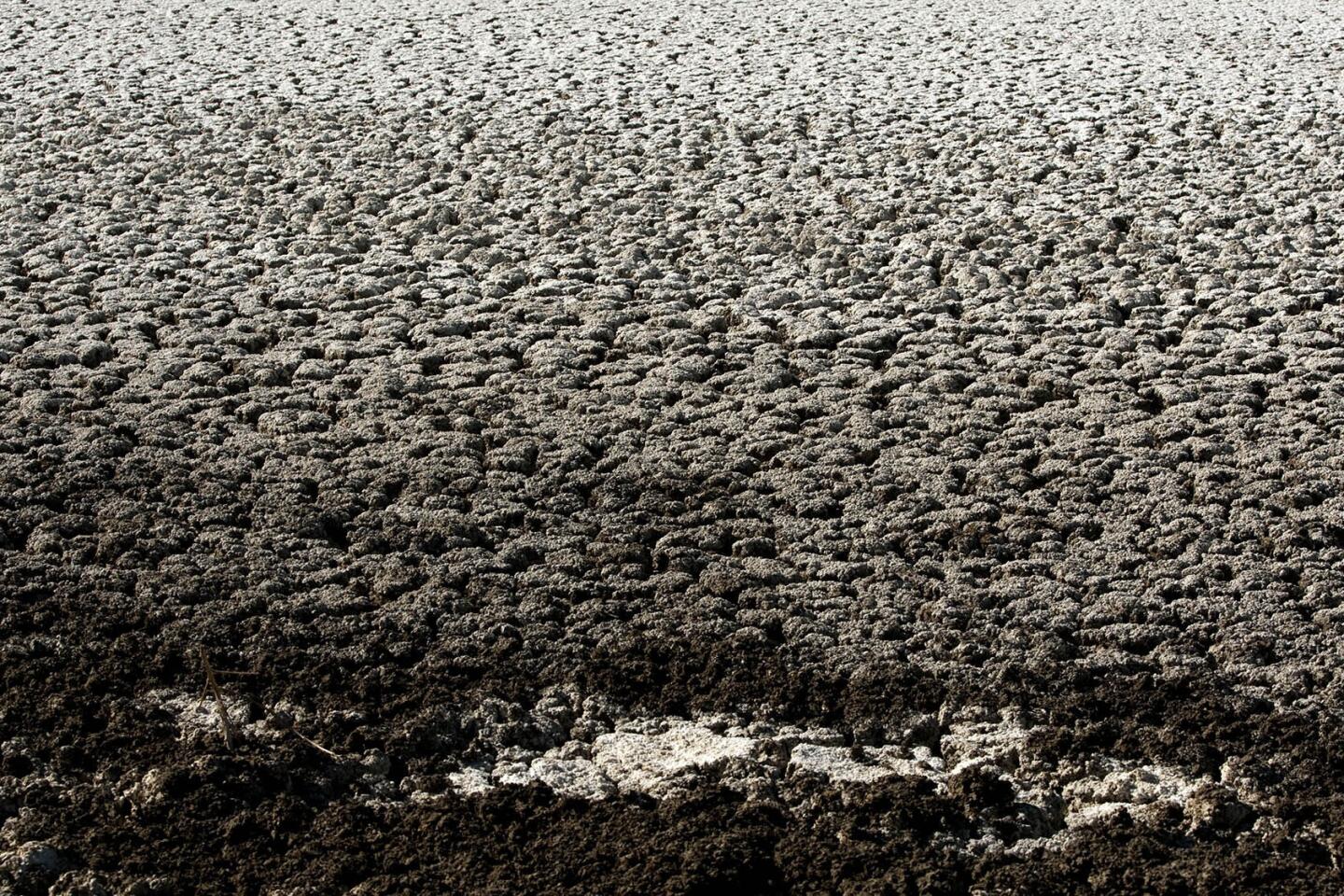
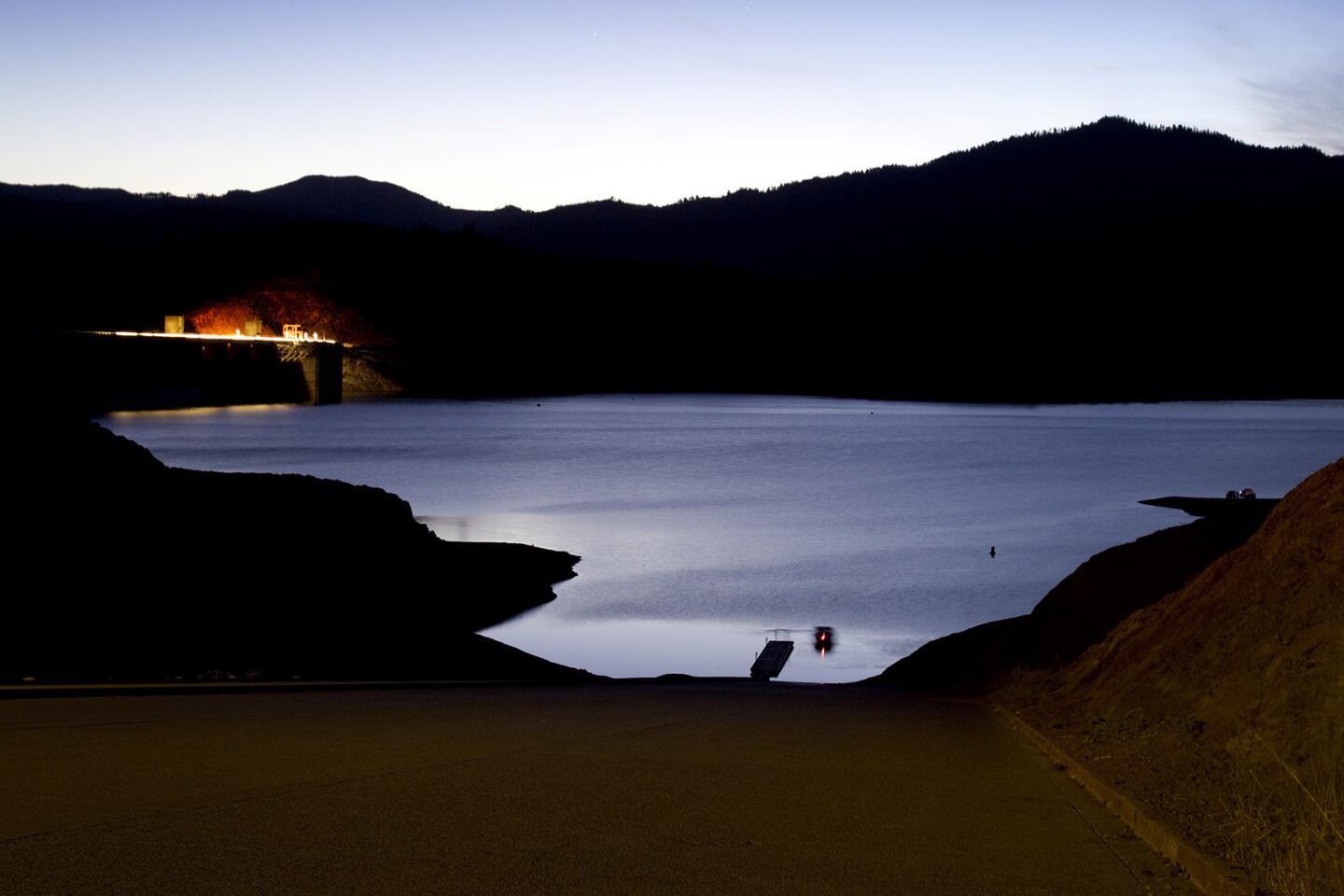

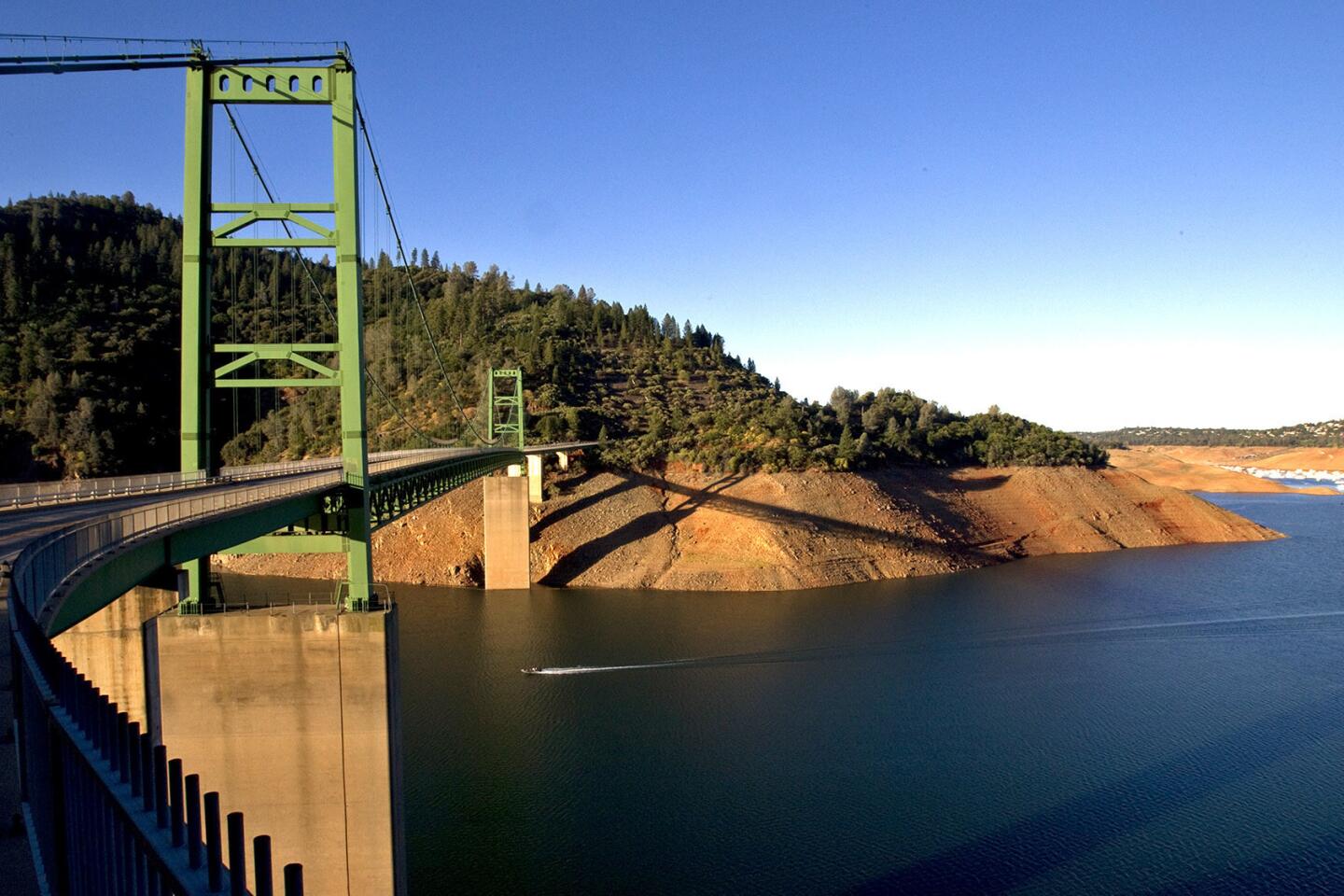
A boater speeds under the New Bidwell Bar Suspension Bridge as severe drought conditions show the water down 160 feet from the high water mark at Lake Oroville on June 21, 2014. Officials say Lake Oroville is at 43% capacity and is likely to get worse, but is not as bad as the drought of 1976-77.
(Allen J. Schaben / Los Angeles Times)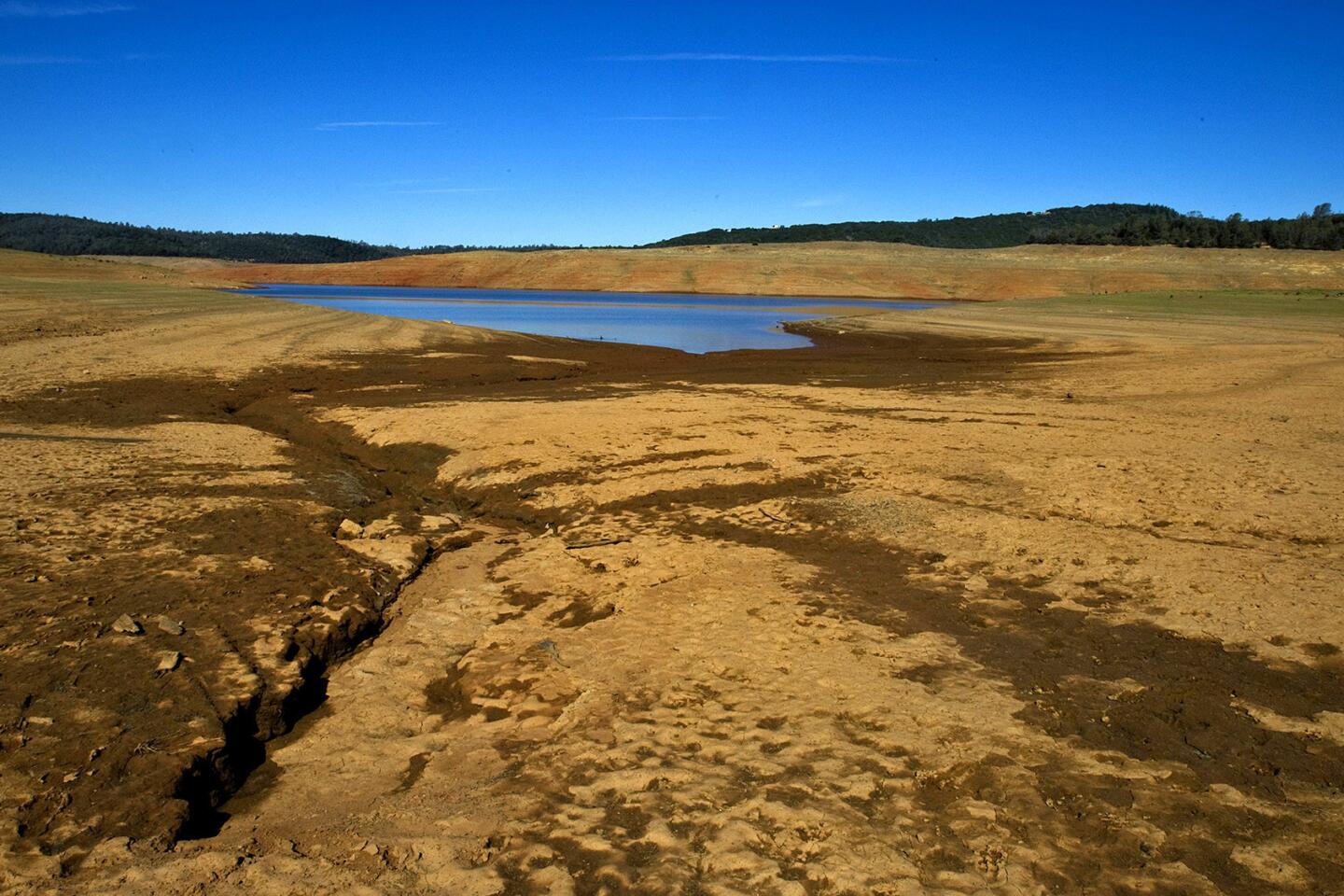
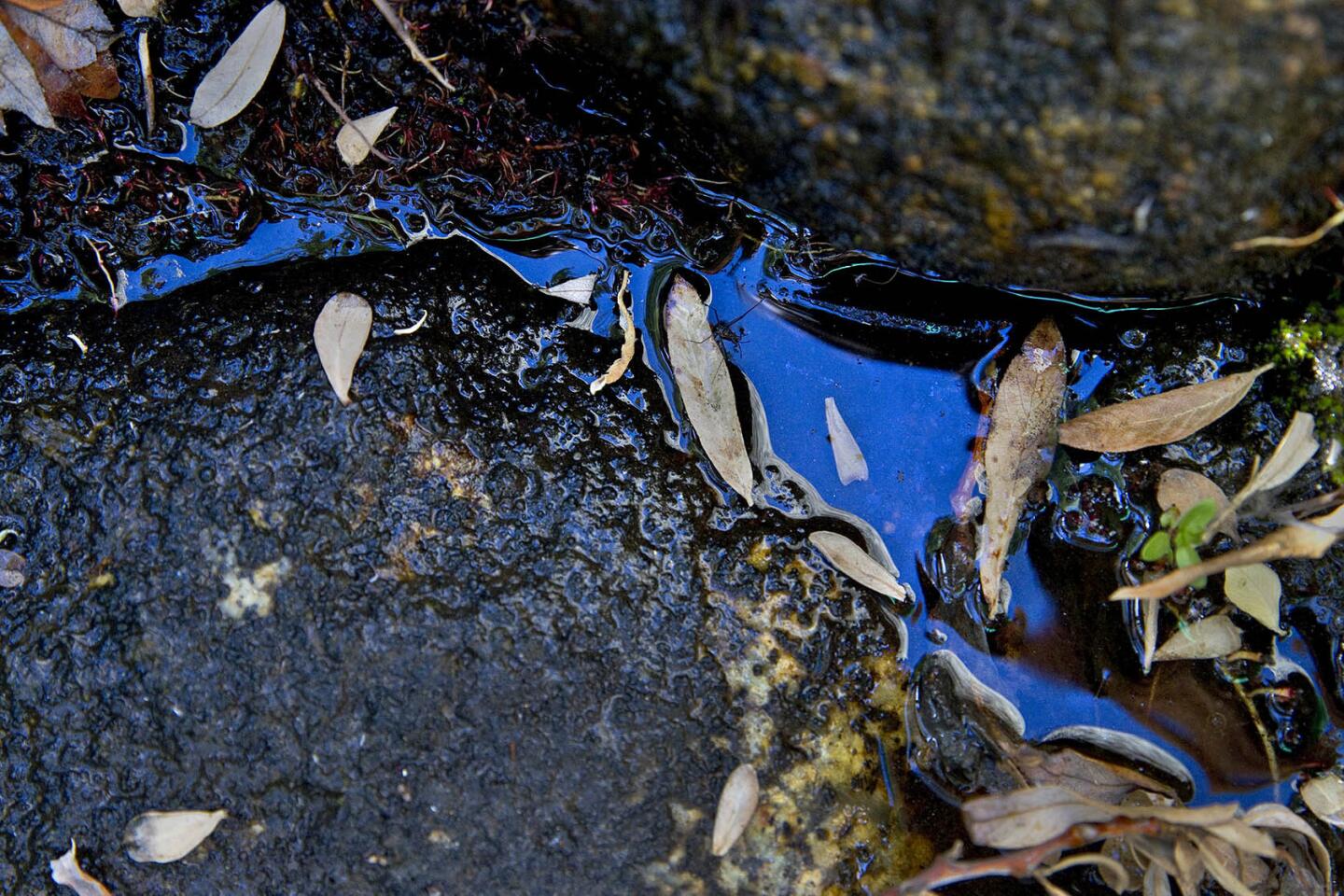
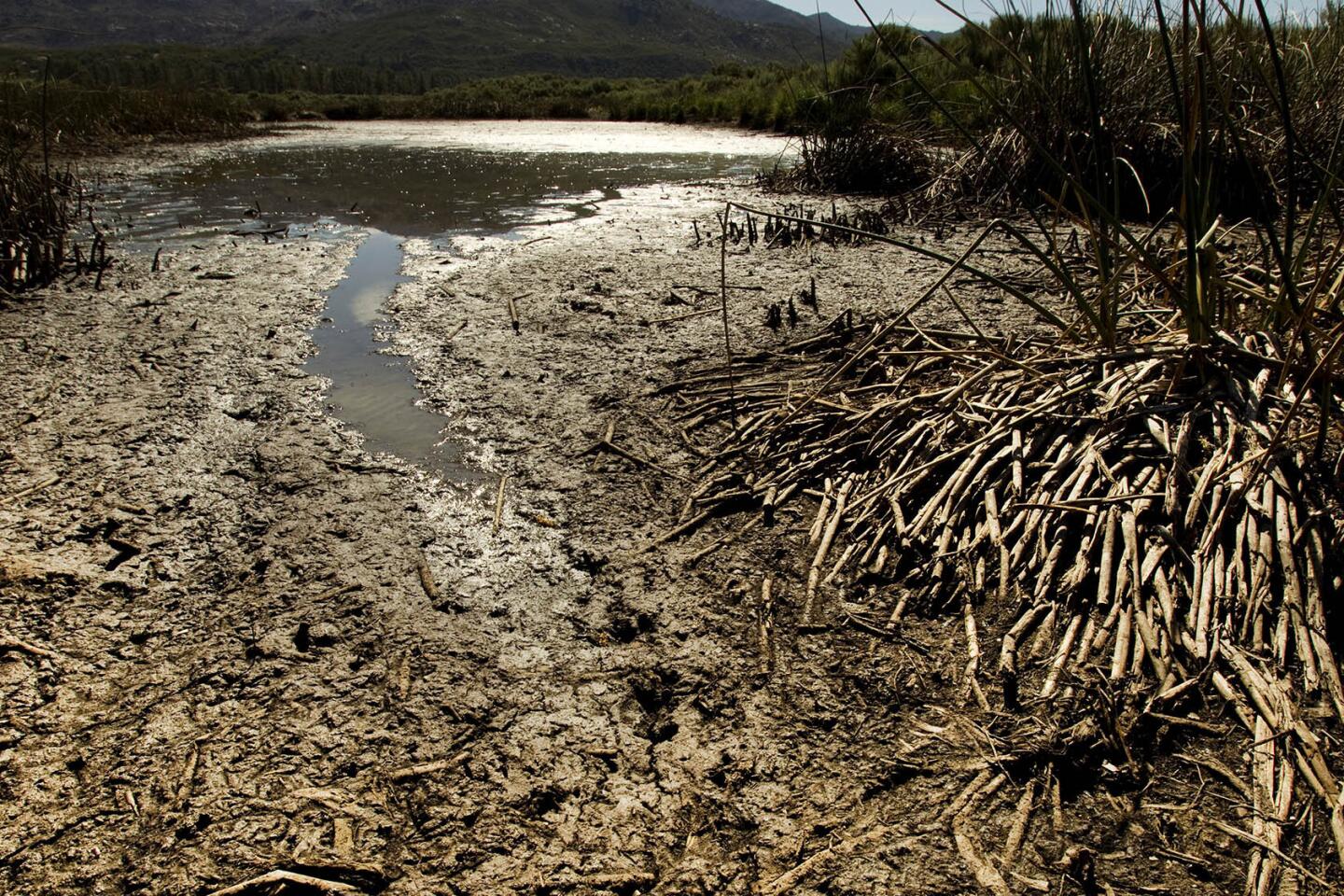
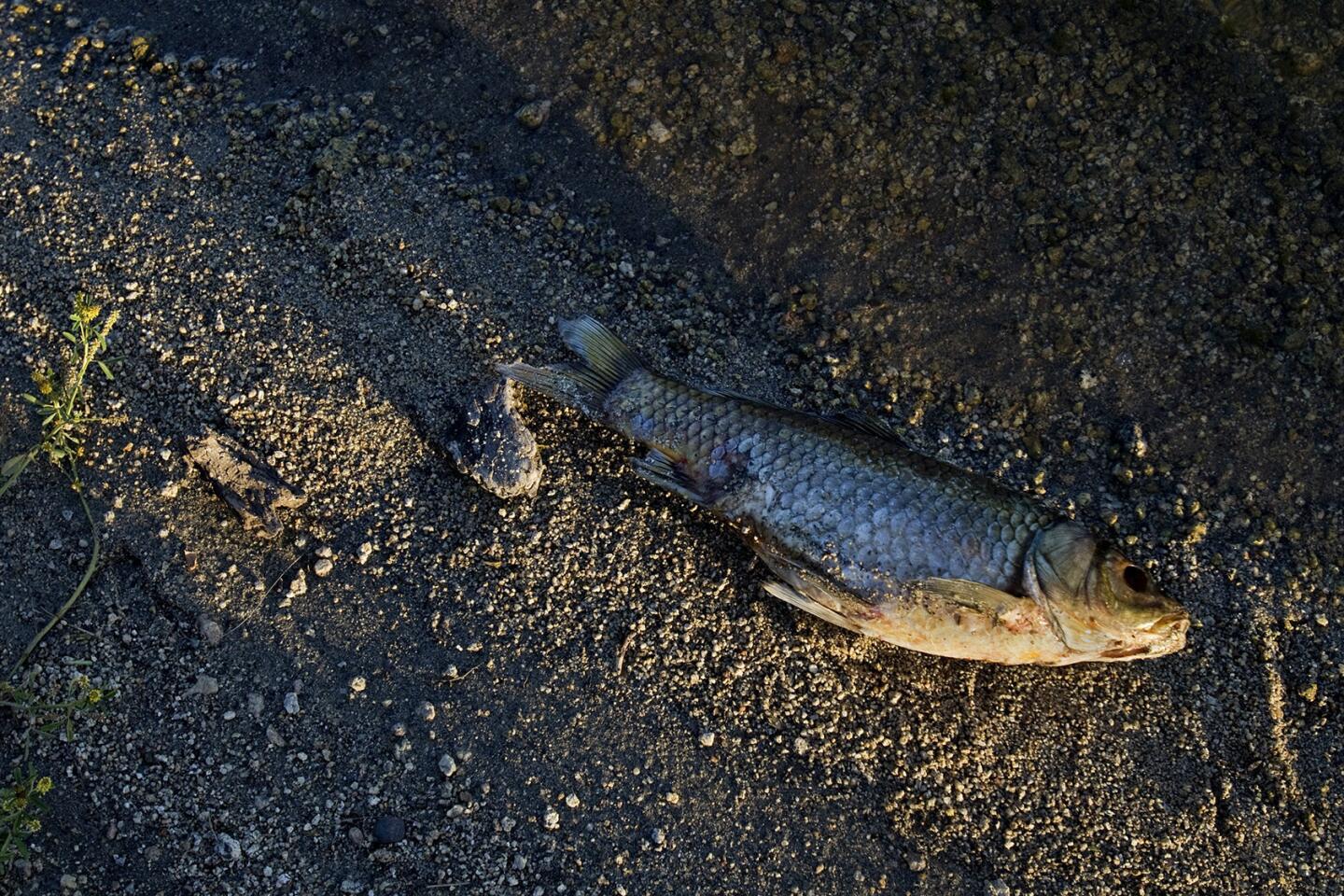
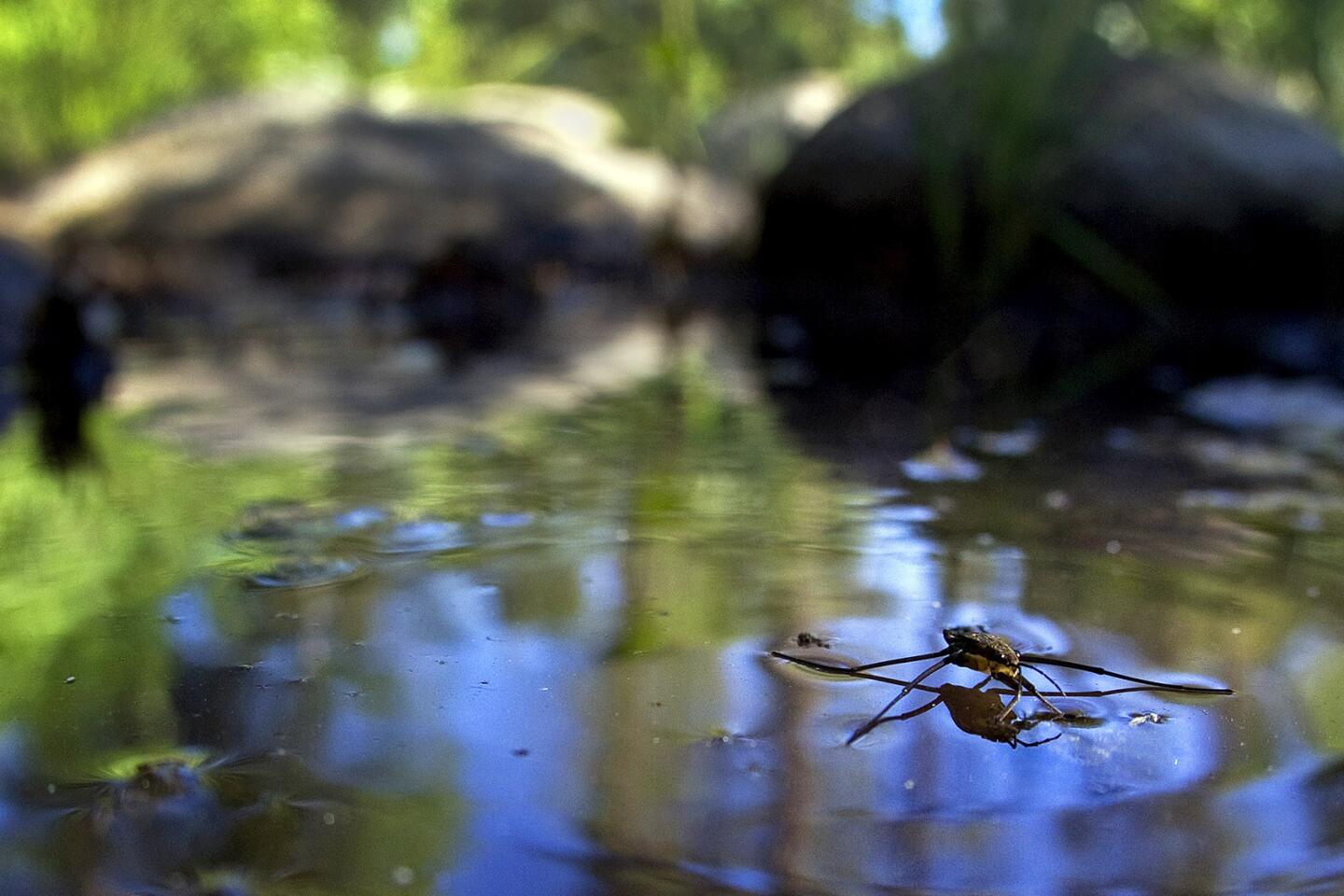
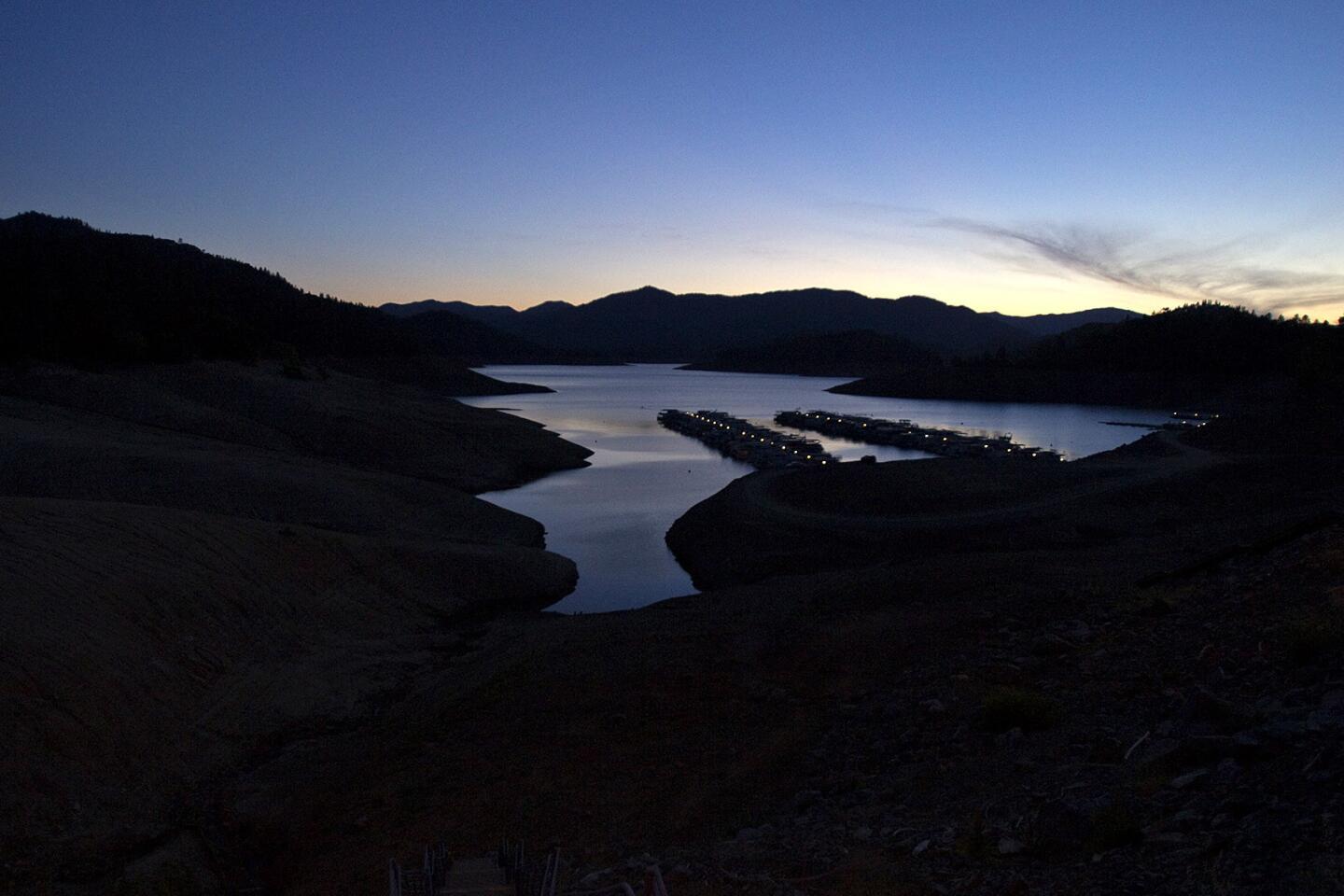
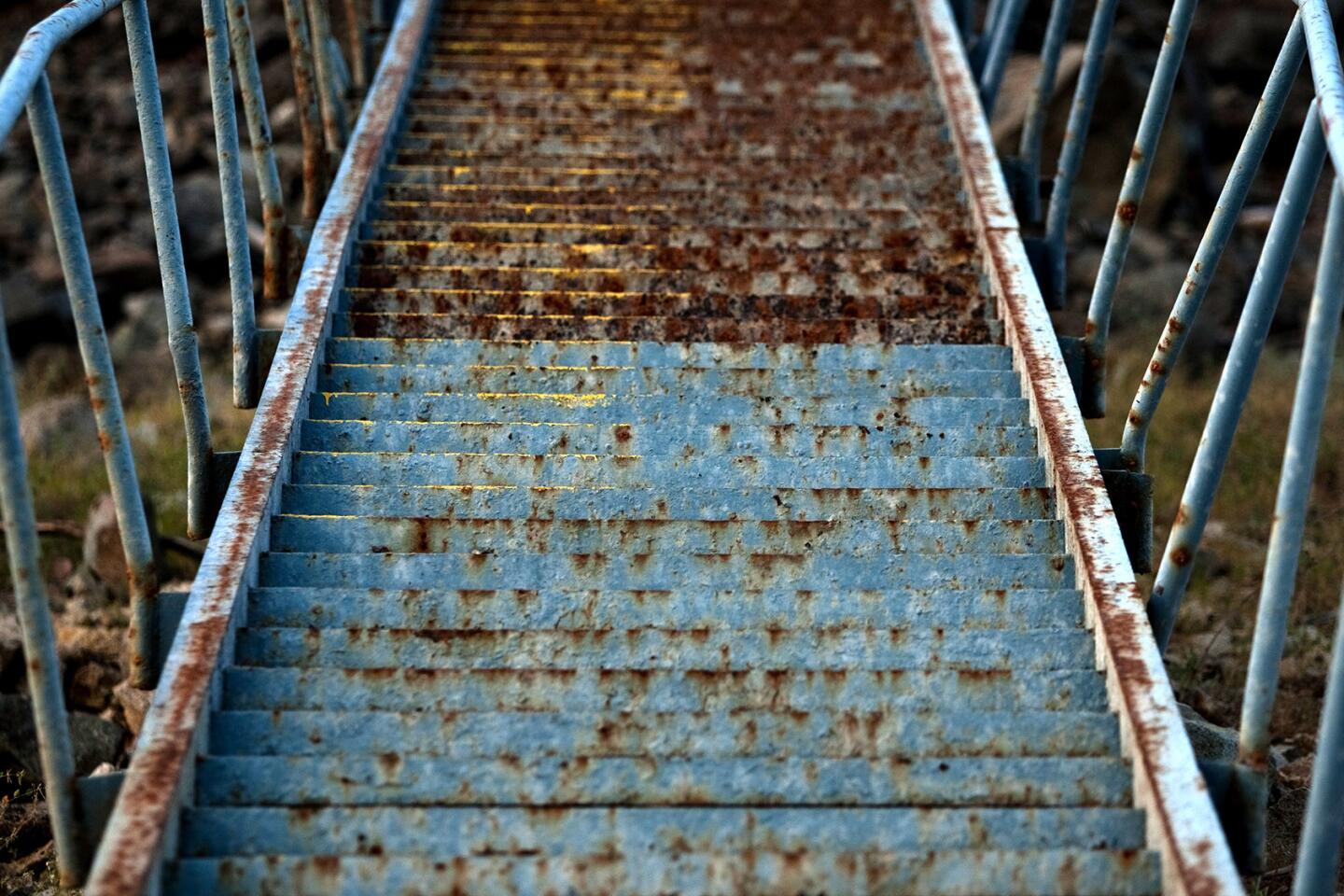
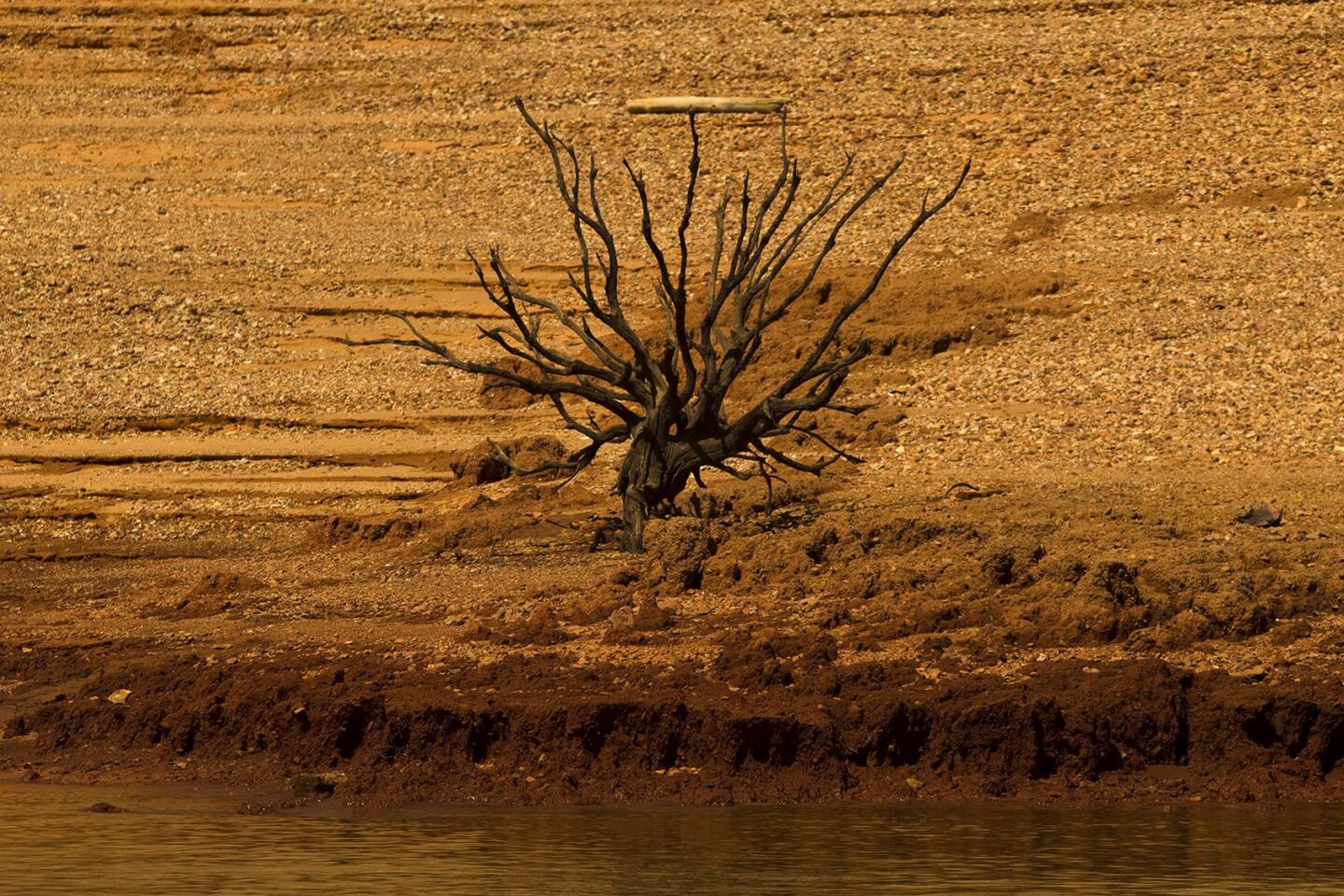
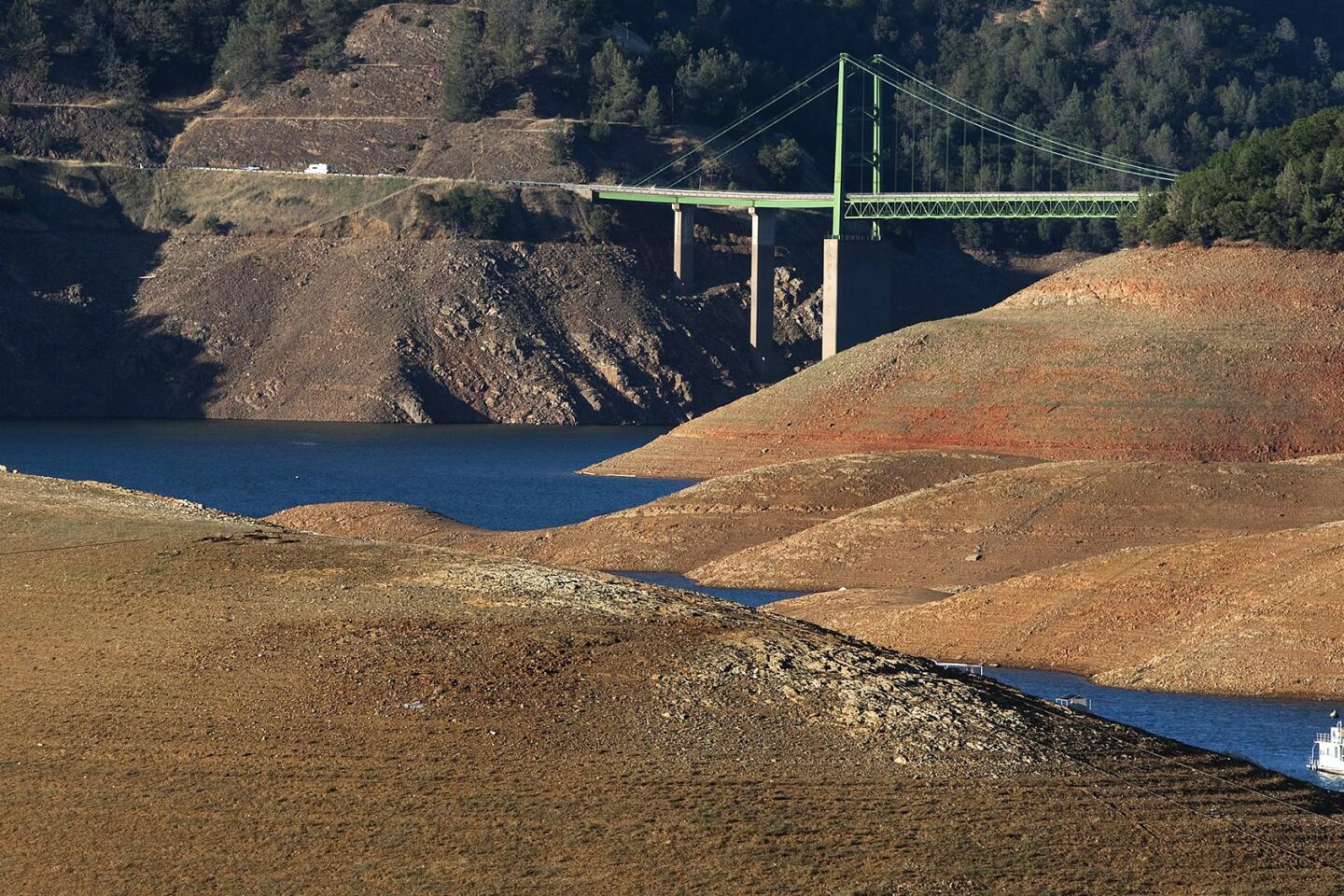
Severe drought conditions are evident as a lone houseboat is dwarfed by steep banks that show the water level down 160 feet from the high water mark at Lake Oroville on June 21, 2014. Receding water levels are revealing prehistoric and historic artifacts such as bedrock mortars and projectile points made by the Maidu people and remnants of placer and dredge mining that thrived here after John Bidwell discovered gold in 1848.
(Allen J. Schaben / Los Angeles Times)Recent rain and winter weather have eased the wildfire dangers enough that state officials will declare the end of the fire season Monday for three Northern California counties.
No such luck for Southern California, however.
Napa, Sonoma and Lake counties have a reduced risk of suffering a fast-moving wildfire and will exit the fire season along with Mendocino, Humboldt, Del Norte, Lassen and Modoc counties, which exited their fire seasons this week, said CalFire spokesman Daniel Berlant.
“Because of the rain, fires are unlikely to become gigantic, huge wildfires,” Berlant said.
The designation changes little for CalFire or residents as a whole, Berlant said. Instead, the change influences mandatory precautions that agencies, like a utility company, have to take when working in or around vegetation, Berlant said.
Though the weather has provided some level of relief for Northern California, the bottom half of the state hasn’t been as fortunate.
“The fire season in Southern California never ended,” Berlant said. “Unless we get a substantial amount of rain in December, it’s unlikely that Southern California will transition out of fire season this year.”
So far in 2014, CalFire crews have fought more than 5,500 wildfires, about 1,000 more than normal.
For breaking California news, follow @JosephSerna.
Sign up for Essential California
The most important California stories and recommendations in your inbox every morning.
You may occasionally receive promotional content from the Los Angeles Times.
Joseph Serna is a deputy editor on the Fast Break team at the Los Angeles Times and helps oversee daily breaking news coverage.
